Niki Lauda saw the grass on the side of roots, a box of memories. The courage to get back on track within a few days from an accident like the one of the Nurburgring, with his face still wrecked and bloody.
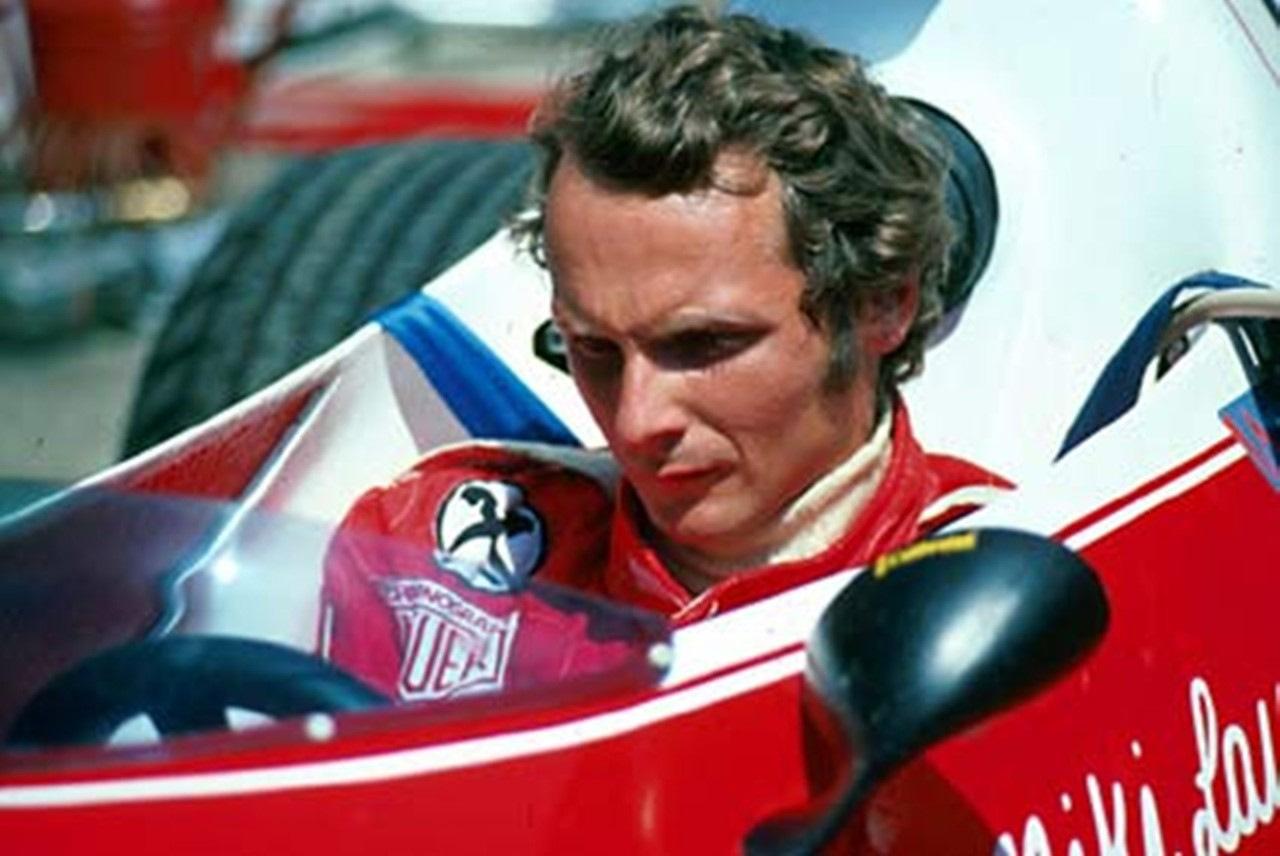
One of the greatest F1 drivers of all time, the most intelligent, easygoing, direct, meticulous. And personality and charisma of a man who defied death for his passion and you can see the mark on him.
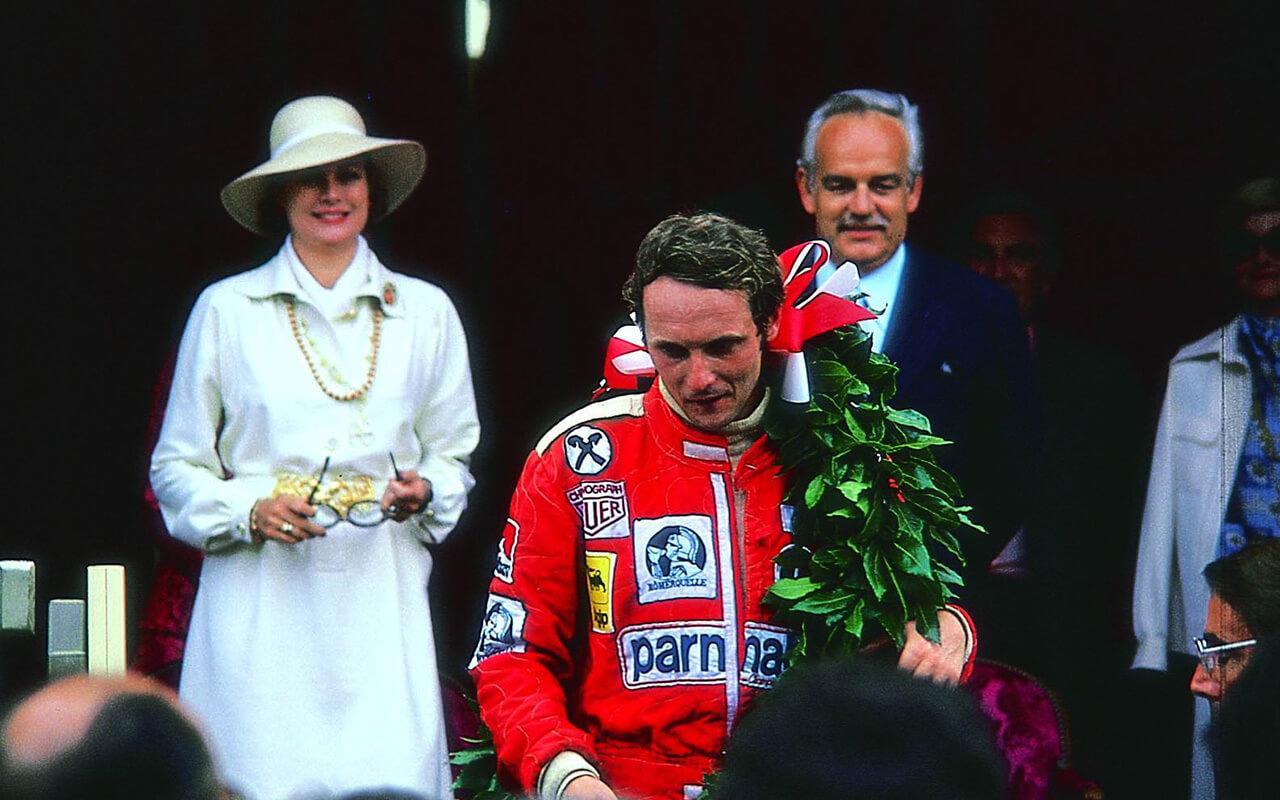
Niki Lauda, winner of Monaco GP, with Prince Ranieri and Grace Kelly.
One of the few still alive of that nice and bloody Formula One.
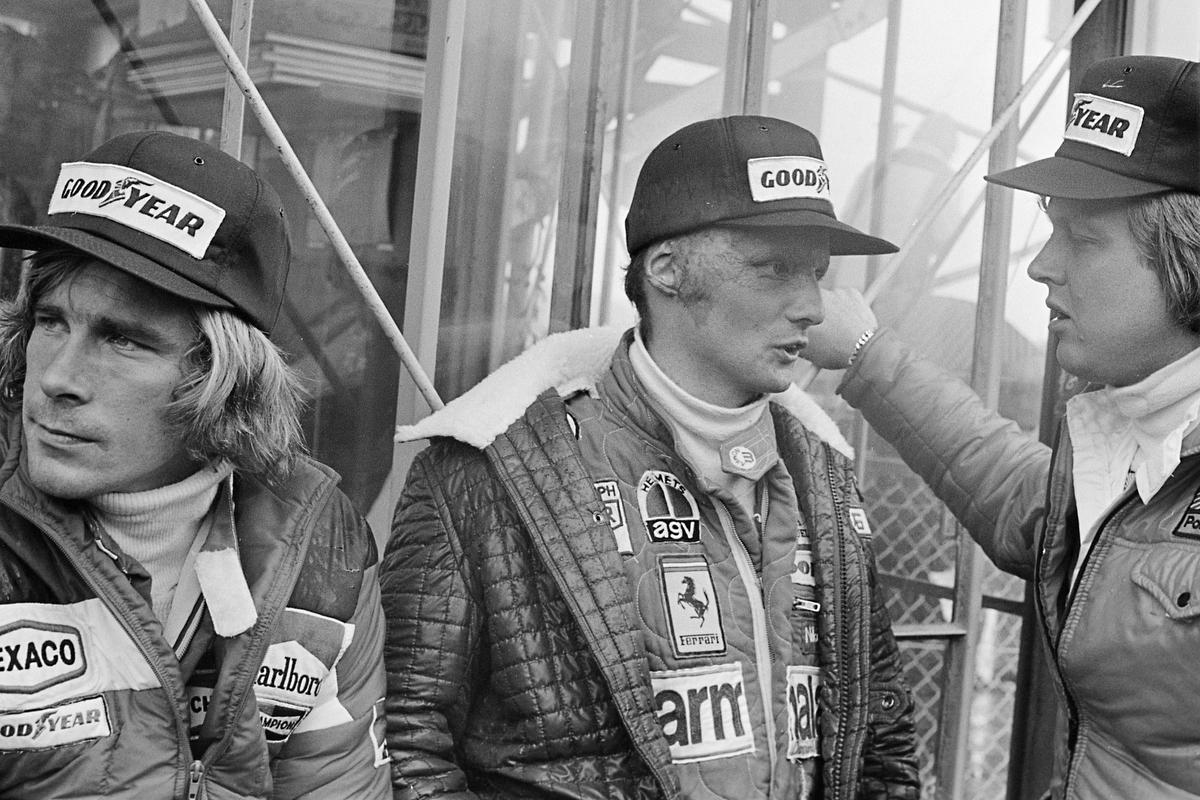
James Hunt, Niki Lauda and Ronnie Peterson. Getty images.
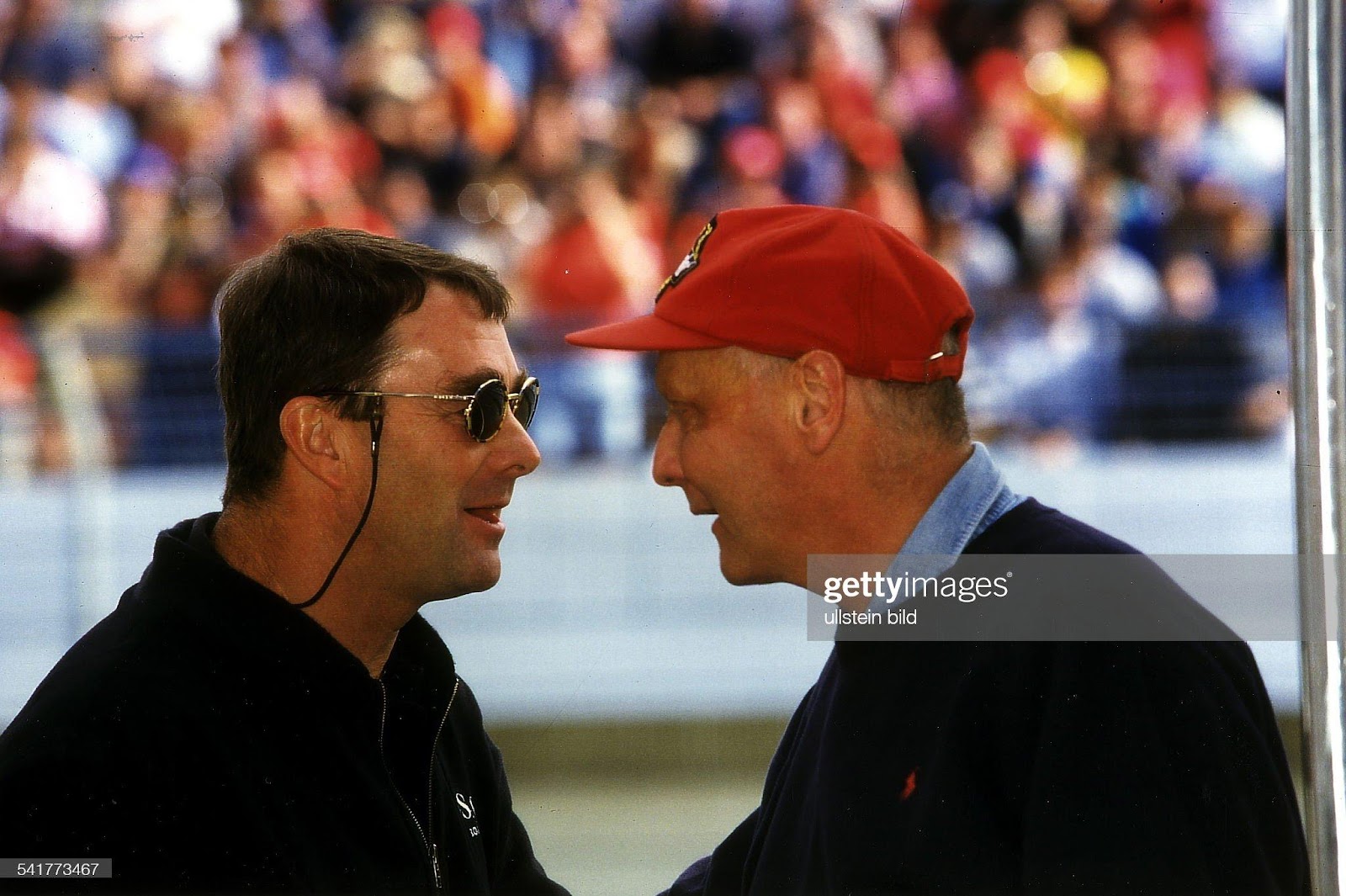
Niki Lauda and Nigel Mansell on January 1, 1997. Photo by Melzer/Ullstein Bild via Getty Images.
He met Senna, Hunt, Prost, Schumacher, what more do you want in life?
To tell about it.
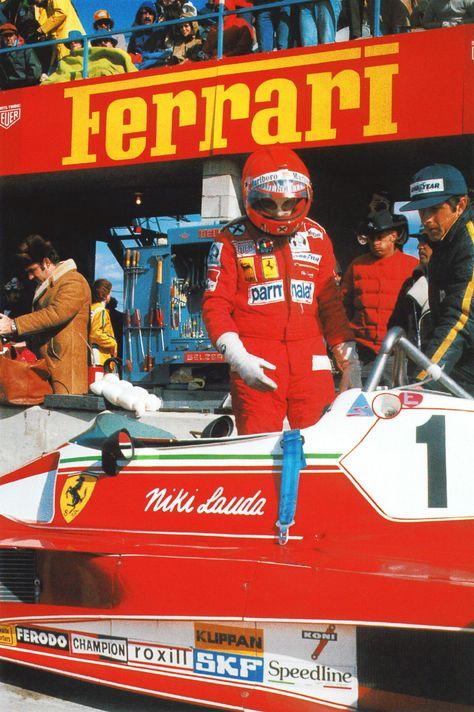
World champion with Ferrari, a piece of history. The Austrian was racing for money and this, which has always influenced his choices, is his real limit, a partially polluted passion.
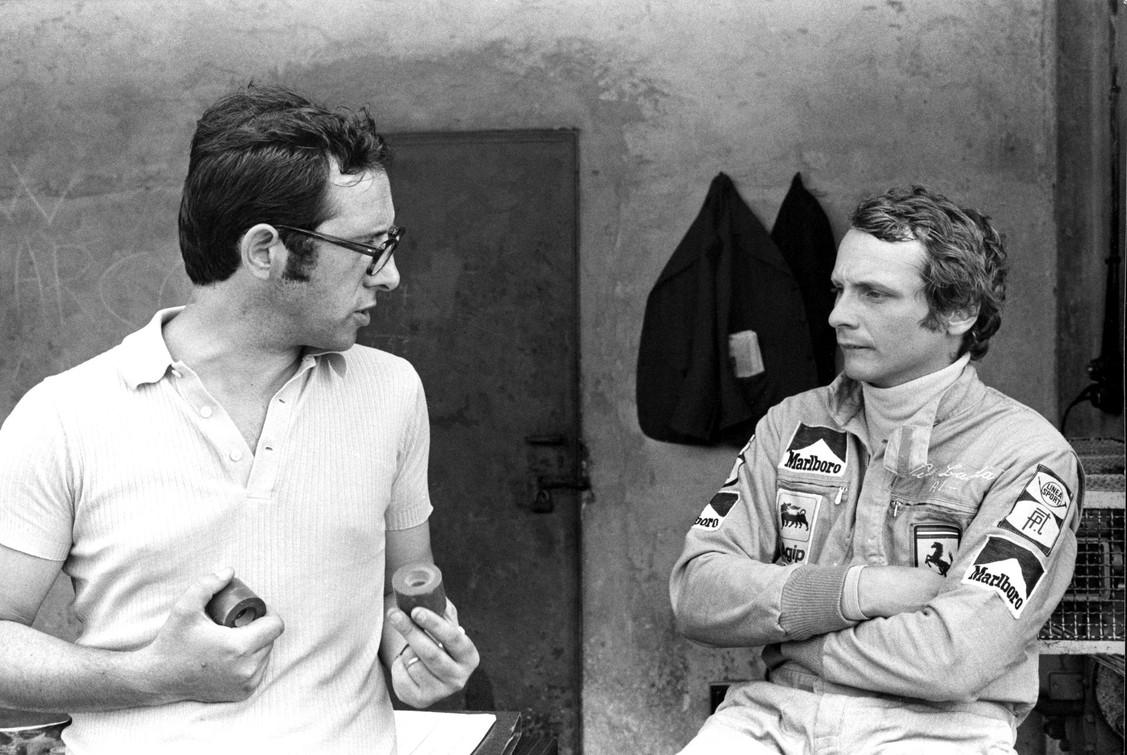
Niki Lauda with Mauro Forghieri.
Great even as a human being, he knew how to endear himself to all, because he always told the truth.
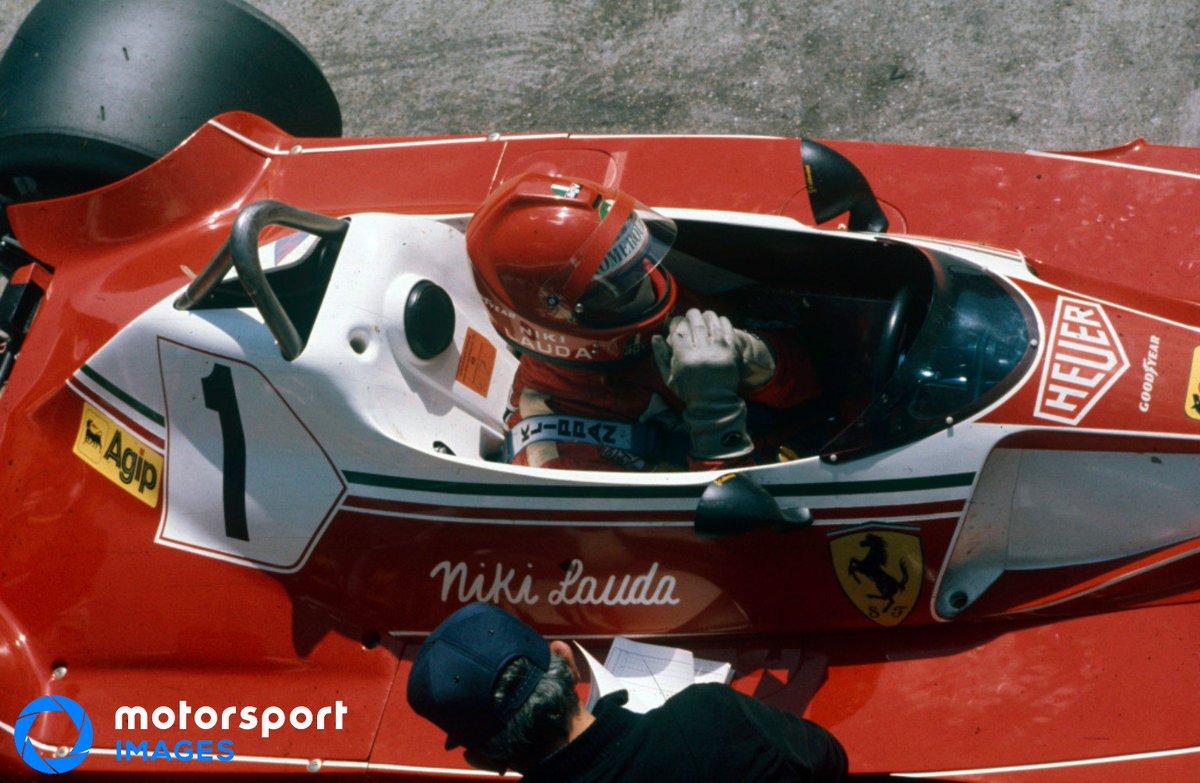
He admitted candidly his inferiority when he was beaten.
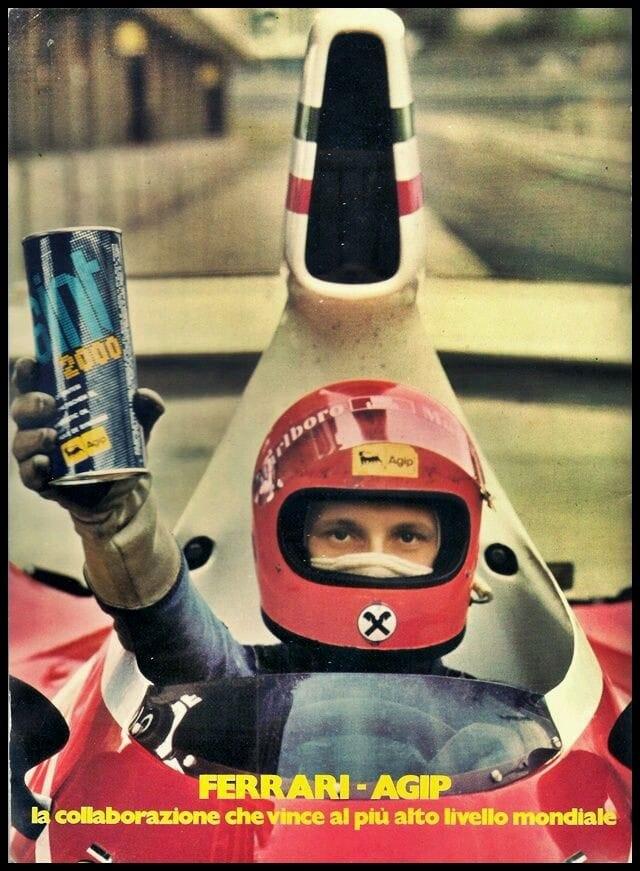
However, they were single battles as most of the time he won war.
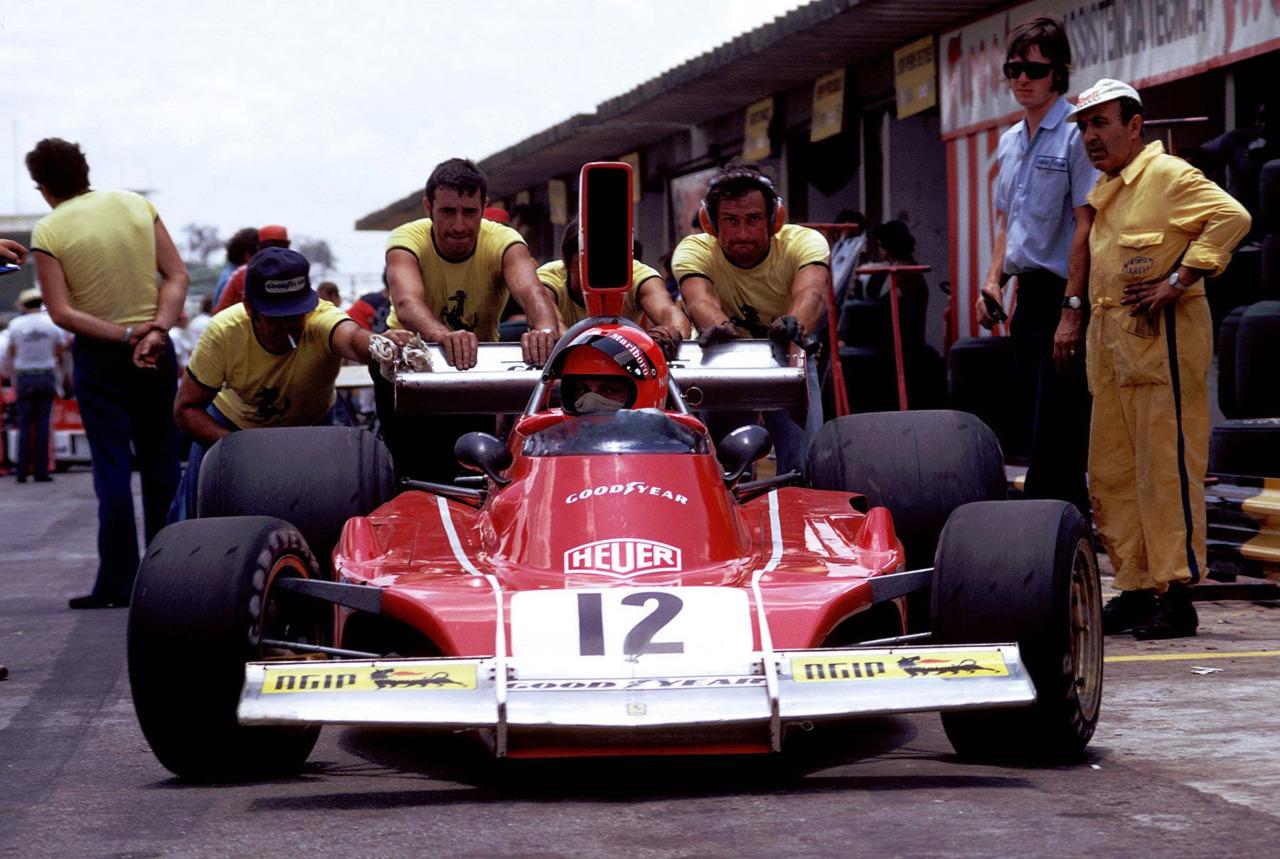
When he knew that in qualifying he was less good than his team mate he didn’t insist in trying to beat him but he focused on the race.
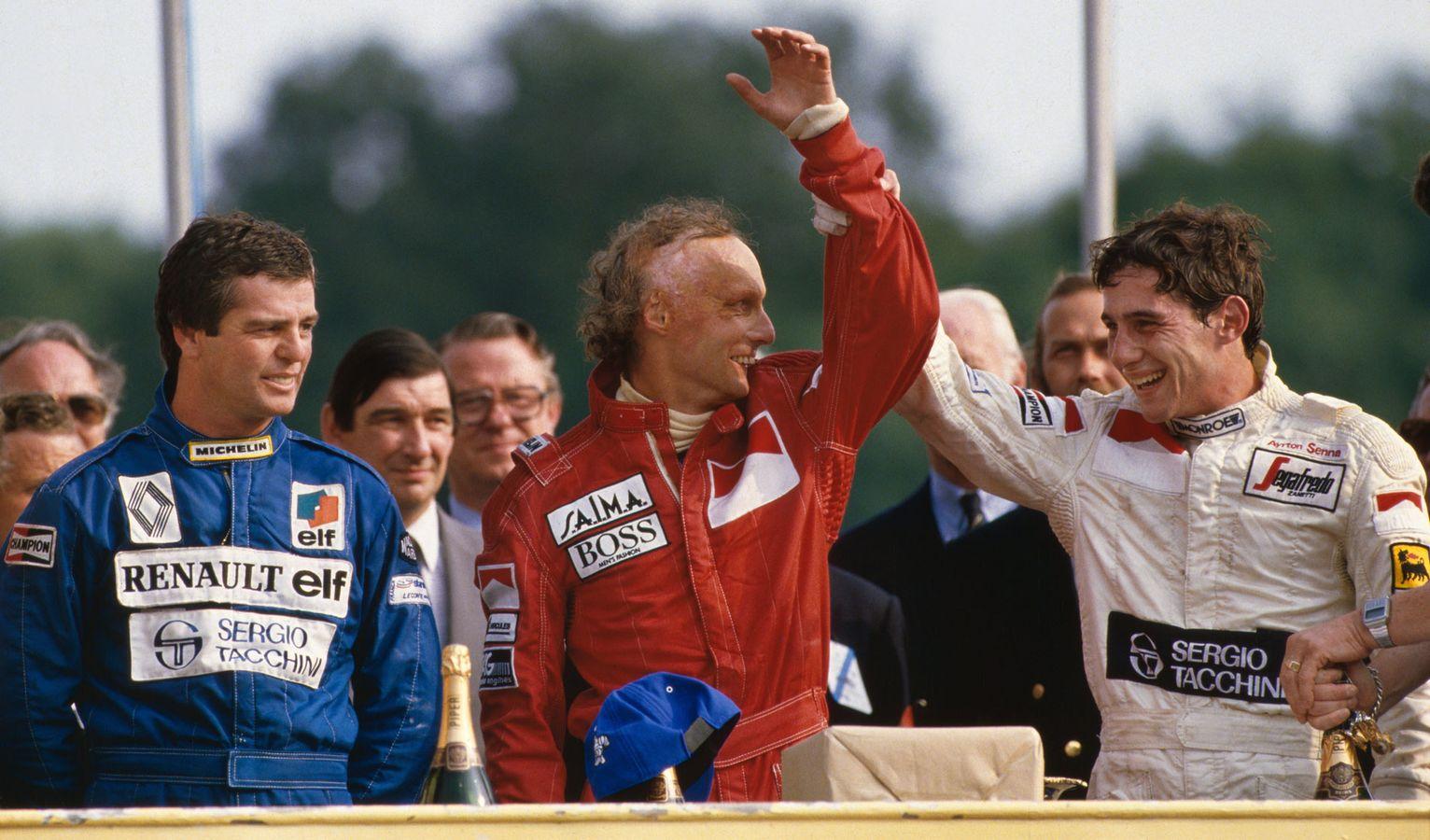
Niki-Lauda and Ayrton Senna at Brands-Hatch in 1984.
If Prost was the champion of strategies and Senna the one of perfectionism, Lauda was the best in calculations.
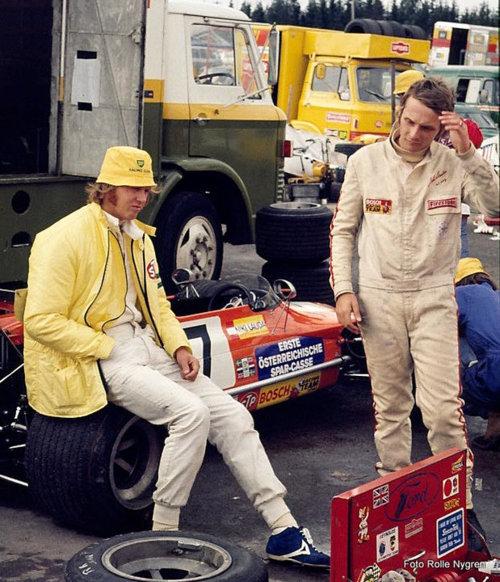
A real computer in race decisions.
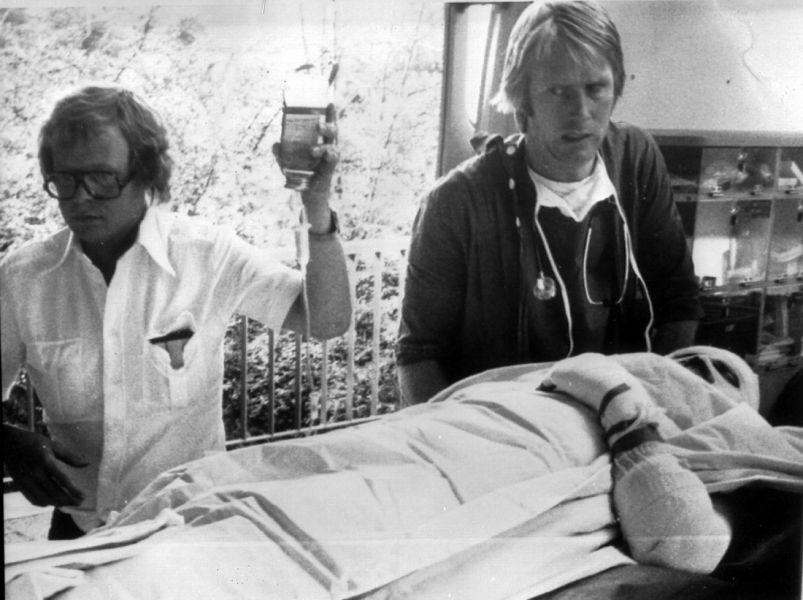
Niki Lauda after the accident in 1976.
But also in life, when his coldness and intelligence saved him in the hospital after the accident in Germany, when he managed to remain vigilant without succumbing to the drowsiness that would have killed him.
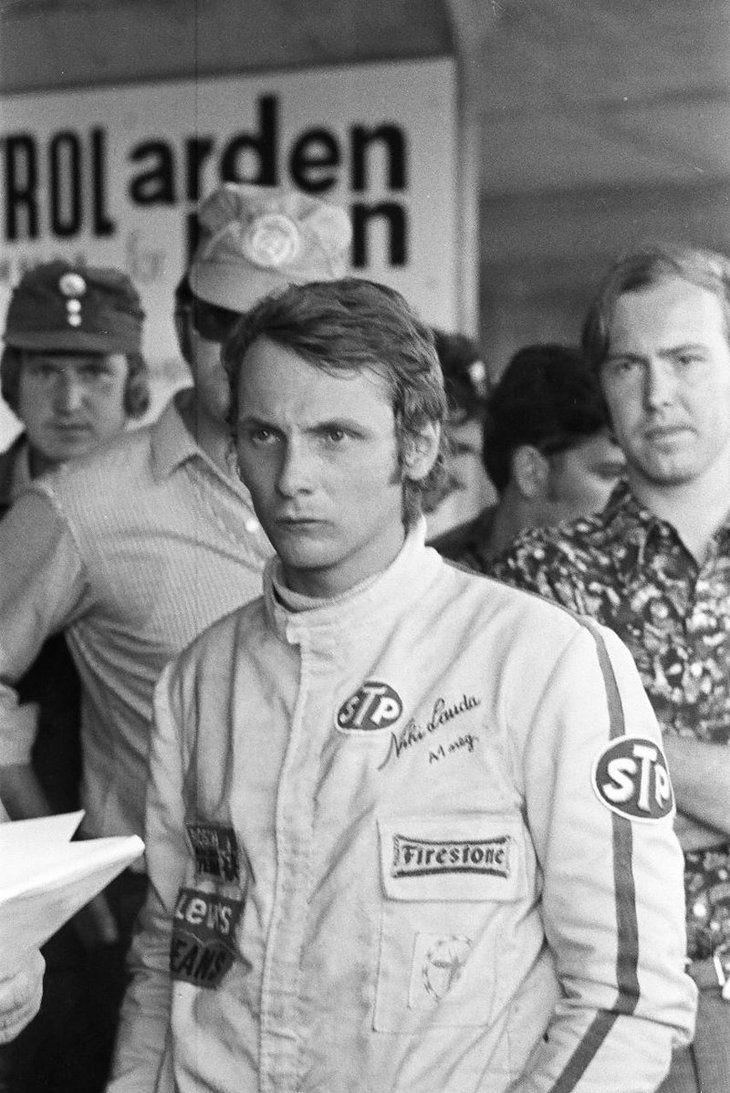
But Niki had a heart also.
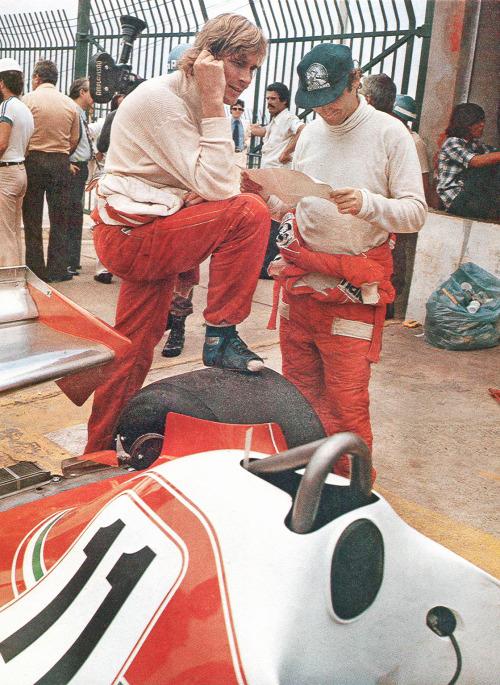
Niki Lauda and James Hunt.
He became a close friend of his chief mechanic Ermanno Cuoghi, often inviting him home with his wife and of his opposite James Hunt.
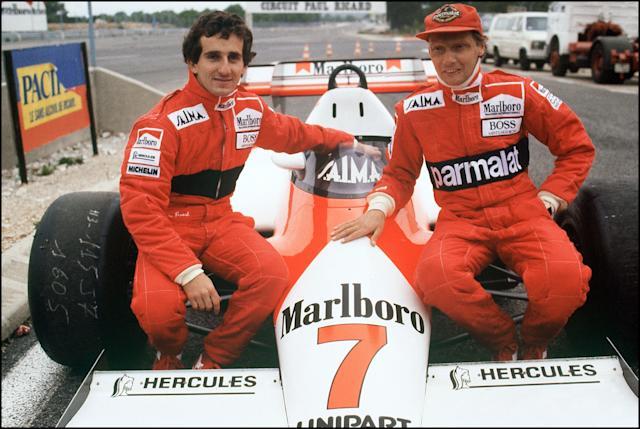
Lauda and teammate Alain Prost sat on the MacLaren they drove during the 1984 Formula One Championship, November 14th 1983. Photo by Gerard Fouet/Afp/Getty Images.
Even with Prost he always had a good relationship.
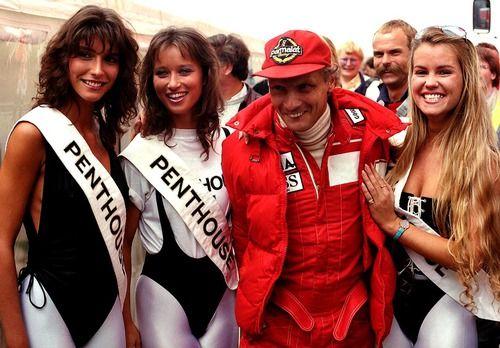
Niki Lauda and … friends.
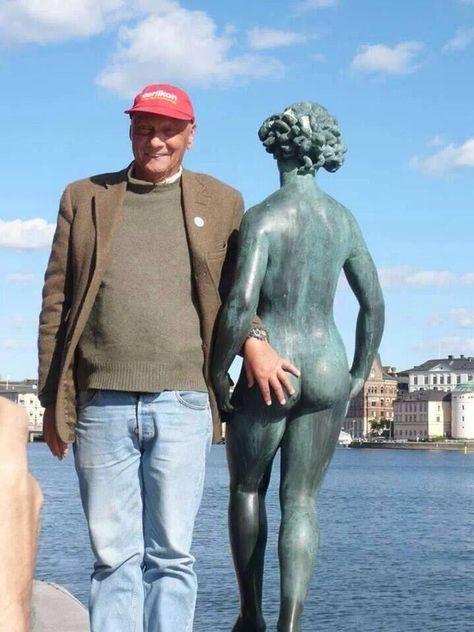
64 years old but still so cool! That's how Niki Lauda spends his holidays!!
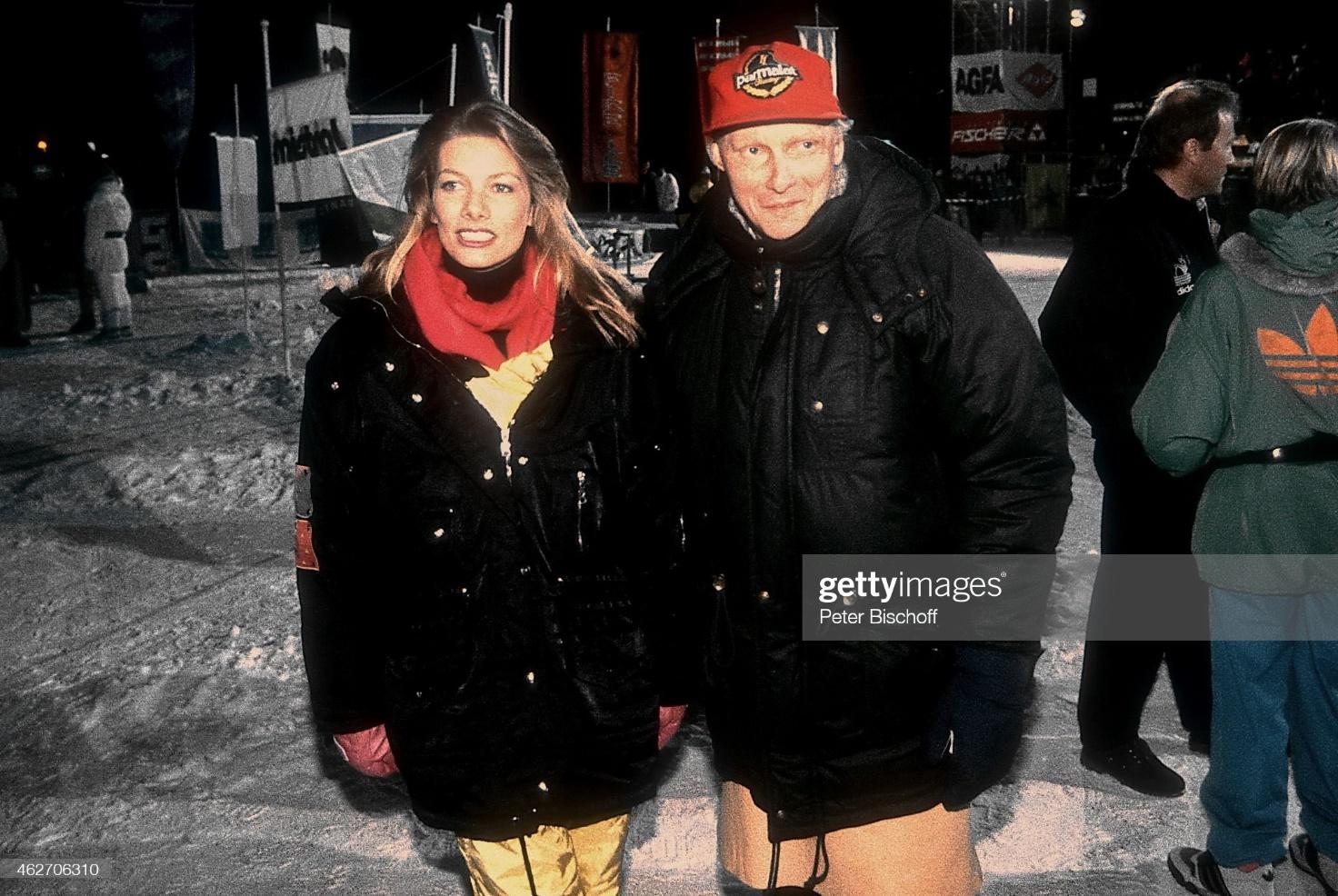
Ursula Karven with Niki Lauda, movie "Feuer, Eis und Dynamit", on November 1st, 1990. Photo by Peter Bischoff/Getty Images.
One of the fullest lives, lucky, adventurous and satisfactory a man could imagine.
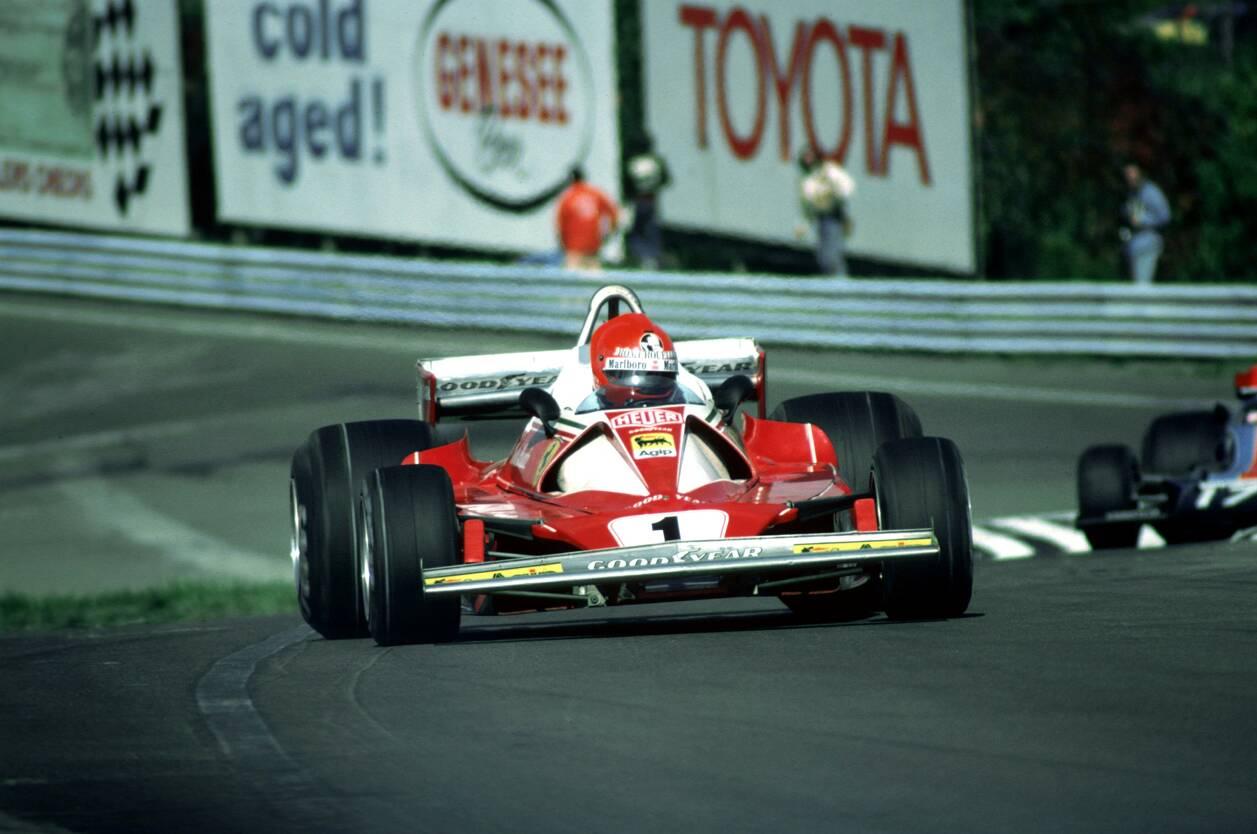
“God gave me an ok mind, but a really good ass which can feel everything in a car.” Niki Lauda

Niki Lauda and Marlene.
“I have a reason to look ugly, most people don't.” Niki Lauda
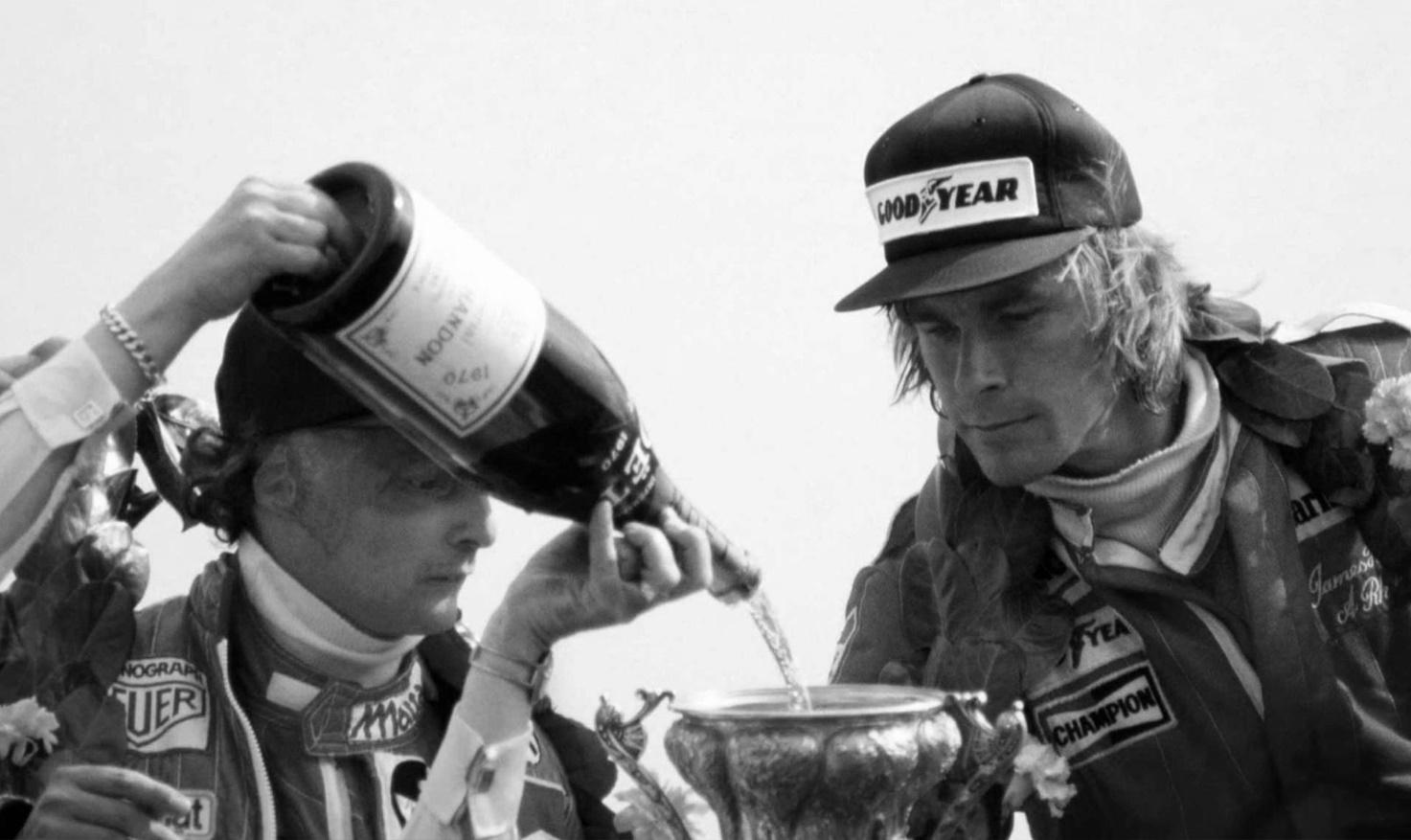
Niki Lauda and James Hunt.
About James Hunt, Lauda said: “I went to the Pit Stop Bar on the Kings road and there I met James. He was drinking and he said: “Niki you wanna be a real racing driver? Let’s have a drink”. He was direct and very honest. James was somebody you could rely on. When you race, he left a little space, just a few inches, for me and for him not to crash, so he was a guy you can trust. He was quick. After my accident James told: “you look better now than you looked before.” It was his typical joke. And I said: “you are right”.
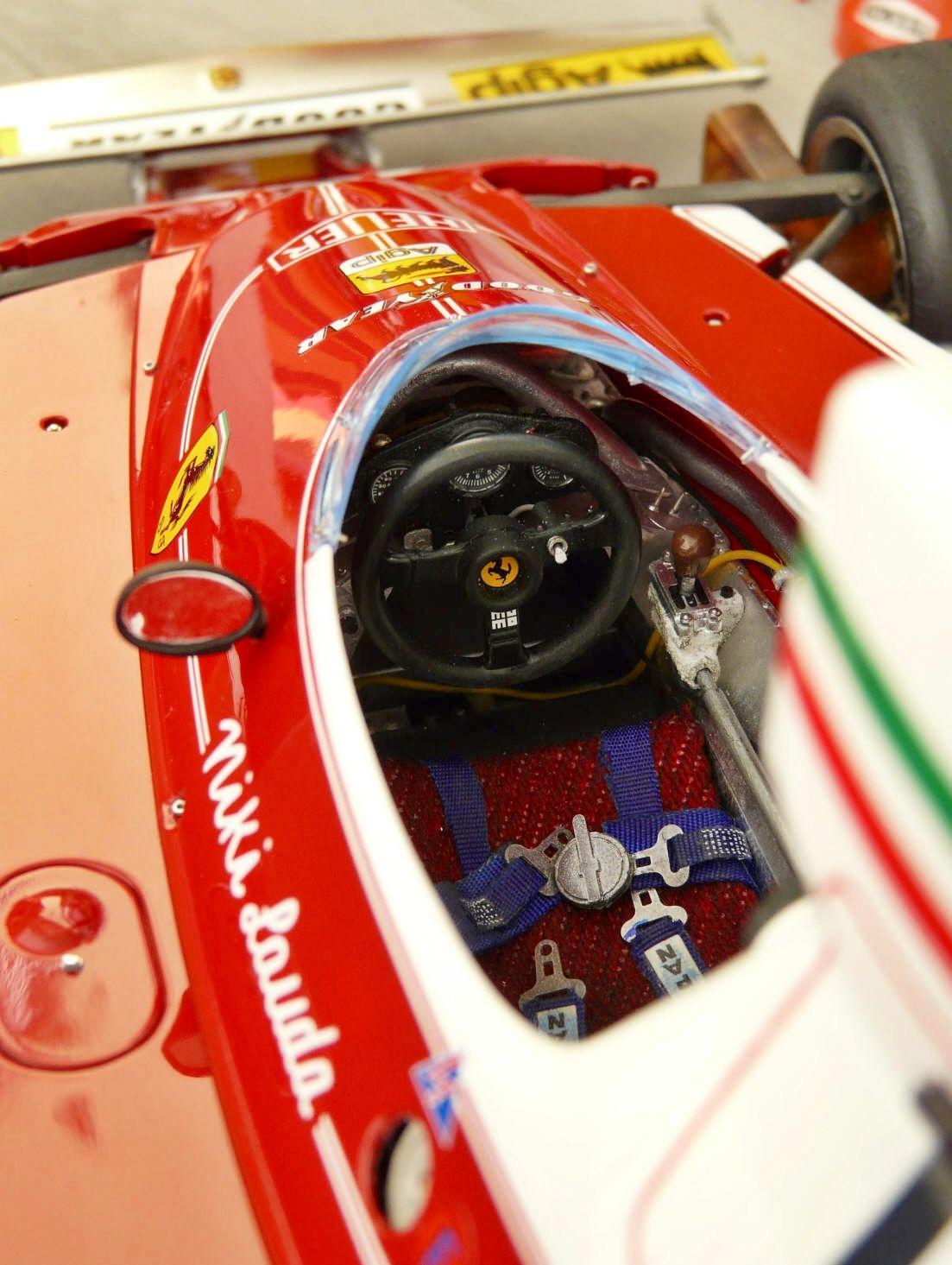
And, concerning the 1976 season, the Austrian added: “in the last couple of races the McLaren was quicker than the Ferrari and the combination of James… I don’t feel bad to have lost the championship by one point because James was absolutely the best man in that part of the season with or without my accident.” And again Niki, after James retirement: “I remember one day I went to England, we got in touch and he came on the Kings Road completely finished and I gave him some money, which I had to do with no discussion and I told him: “listen, if you continue like this you gonna kill yourself”. Aggressive, pure talent, I would say Villeneuve type, Hamilton type. Outstanding driver, winning a world championship, an outstanding life style which nobody had the time to do and with this life style to win a world championship was unbelievable. I miss him very much, I wish that he would be here today. And again Niki: when I heard he'd died age 45 of a heart attack I wasn't surprised, I was just sad. Hunt was one of the very few I liked, a smaller number of people I respected and the only person I had envied”.
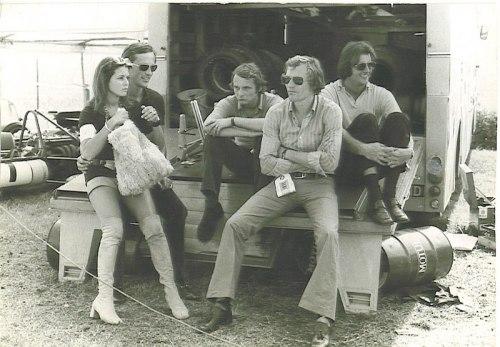
“The first time I saw myself in the mirror after the accident, my head was enormous due to fluid retention and then I thought: what would I do if I’ll remain like this all my life?” Niki Lauda
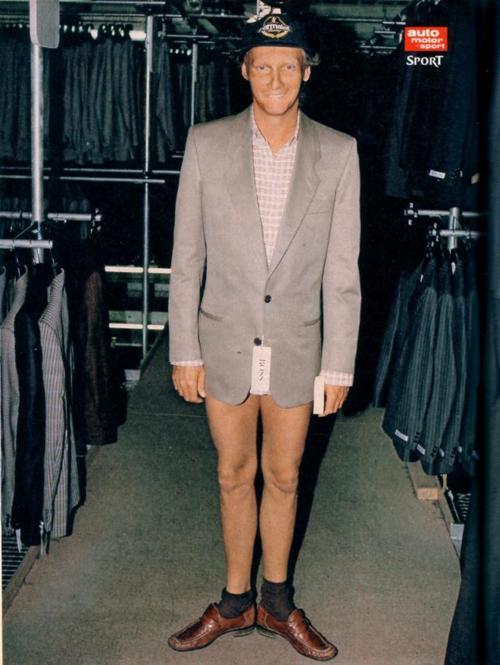
“A wise man can learn more from his enemies than a fool from his friends.” Niki Lauda
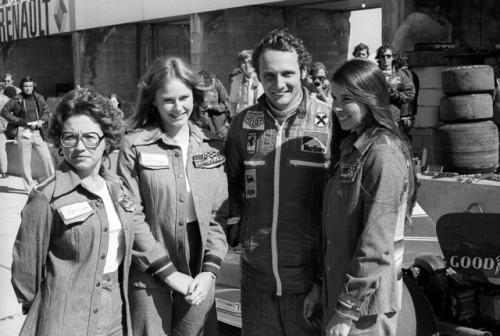
“The closer you are to death, the more alive you feel. It’s a wonderful way to live, it’s the only way to drive.” Niki Lauda

“Happiness is an enemy. It weakens you. Suddenly, you have something to lose.” Niki Lauda
"I have never made plans for life, except in the short term. My decisions have always been made at the moment. It is a way to feel free and carve out a lot of mental space. I am afraid of those who already know what they will do. I am for improvisation, for maximum flexibility". Niki Lauda and his philosophy of life
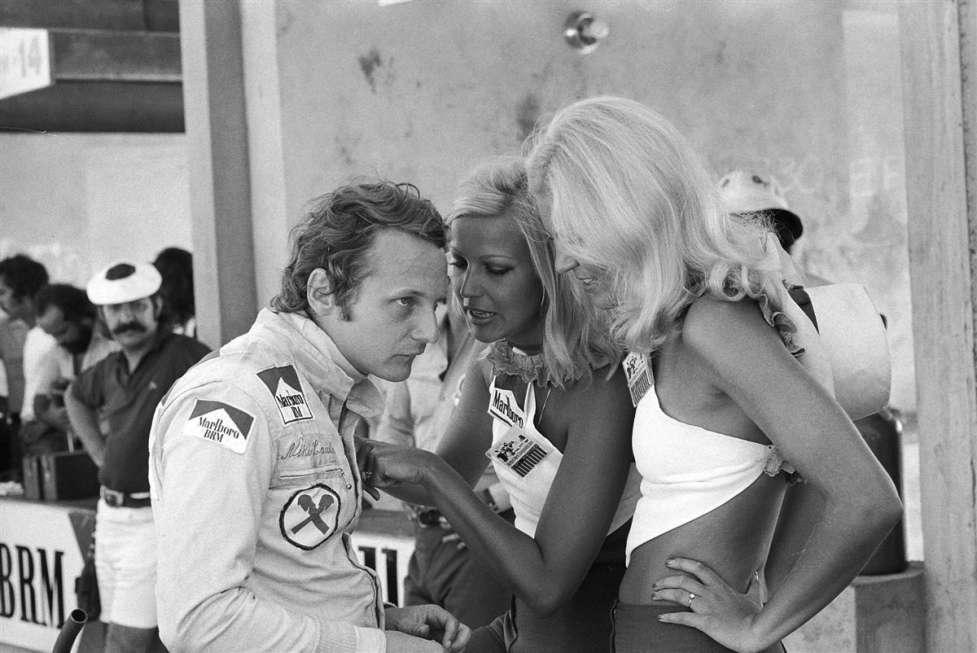
Grid girls in 1973 at Brasilian GP.
Speaking to Austrian newspaper Der Standard about the abolition of grid girls, Lauda said: “this is a decision against women. Men have made the decision over the heads of women. This is not doing any favors to F1 and especially not for women. How dumb can someone be? Women have emancipated themselves and do very well at it. So this is a decision against women.
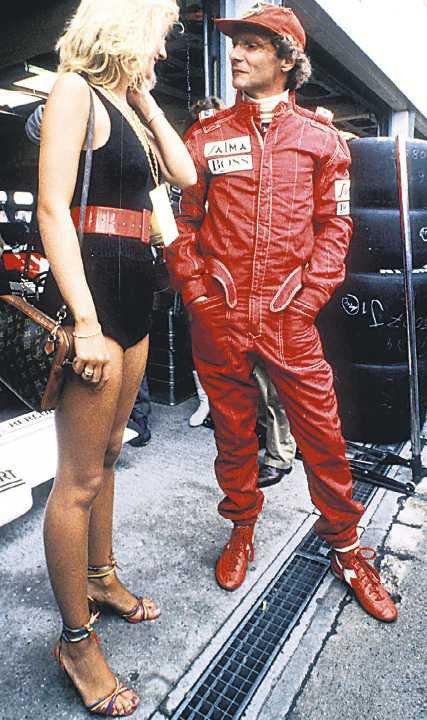

Grid girls have always belonged in F1 and they should continue to belong in F1,” the Austrian continued. “Formula 1 is stereotypically viewed as a man’s world. With women like Claire Williams, Susie Wolff and Monisha Kaltenborn reaching the top of their professions, this statement itself may be in ...
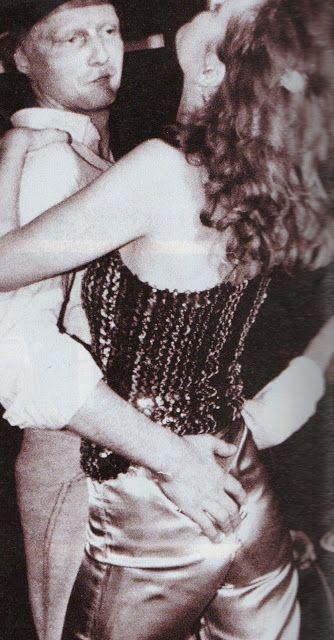
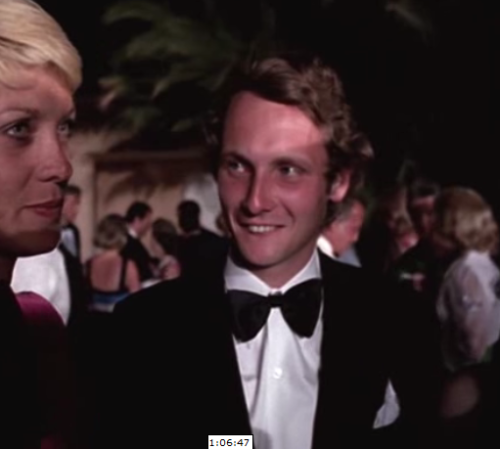
Niki Lauda probably with Francois Cevert's sister Jacqueline.
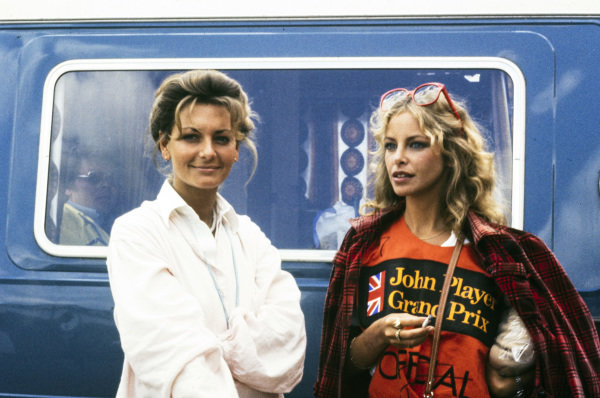
Marlene Knaus and Sydne Rome at the 1977 British Grand Prix.
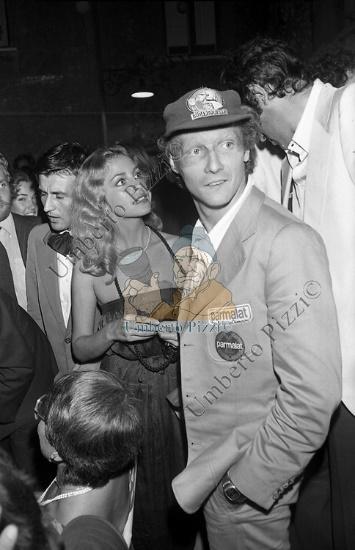
Niki Lauda with Sydne Rome in 1977 at Parmalat party at Jackie’O, Rome, Italy.

Niki Lauda with Sydne Rome in 1977 at Parmalat party at Jackie’O, Rome, Italy.

Niki Lauda with Sydne Rome and James Hunt in 1977 at Parmalat party at Jackie’O, Rome, Italy.
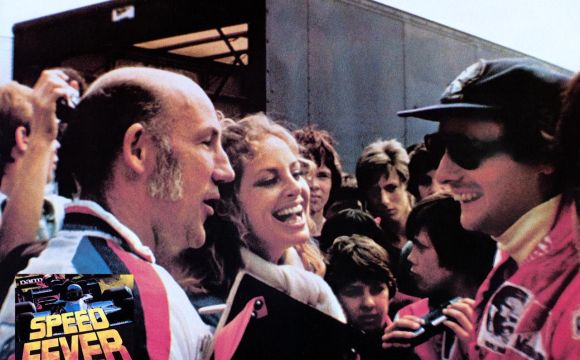
Stirling Moss, Sydne Rome and Niki Lauda.
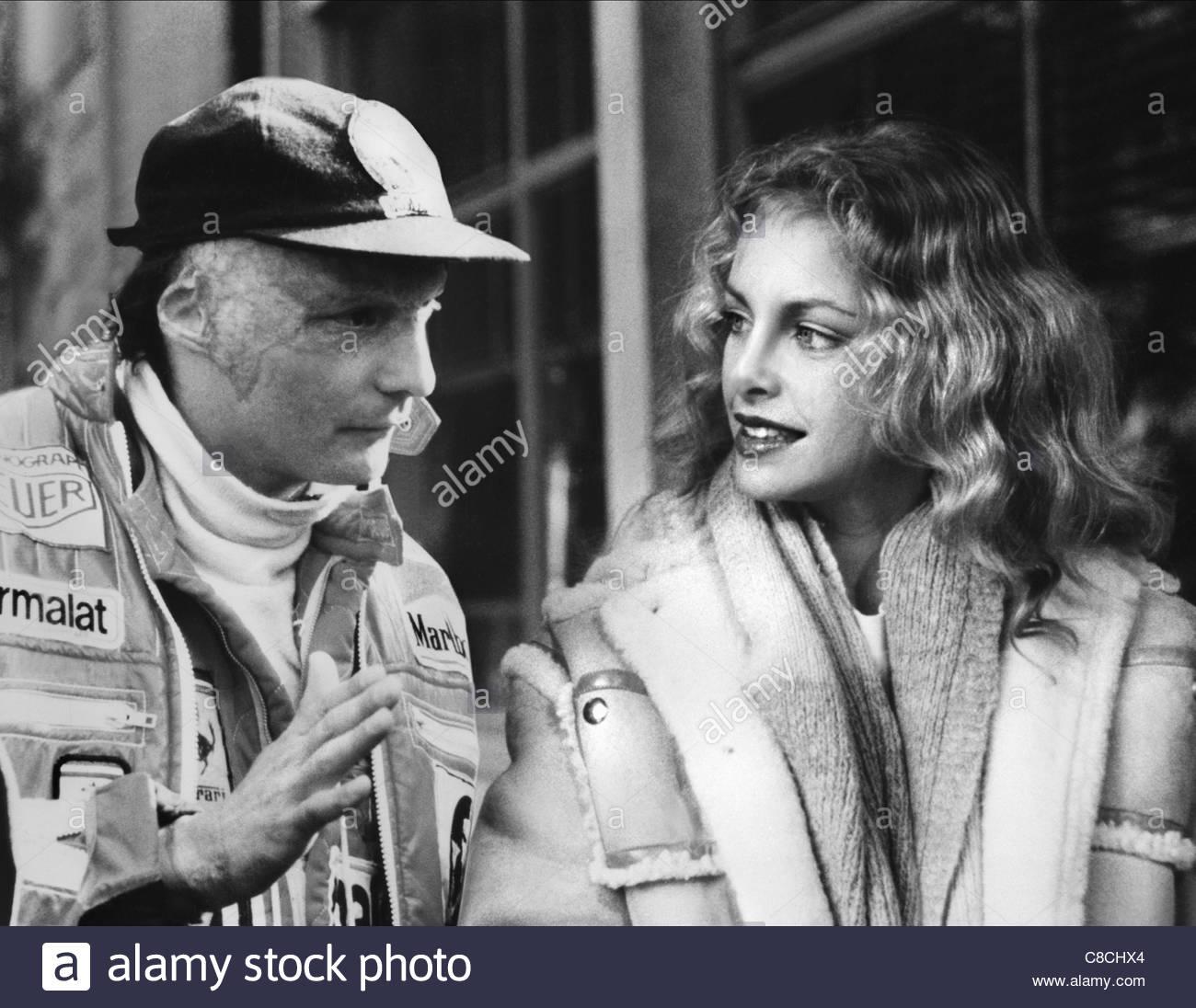
Niki Lauda and Sydne Rome, “Formula 1 febbre della velocita’”, 1979.
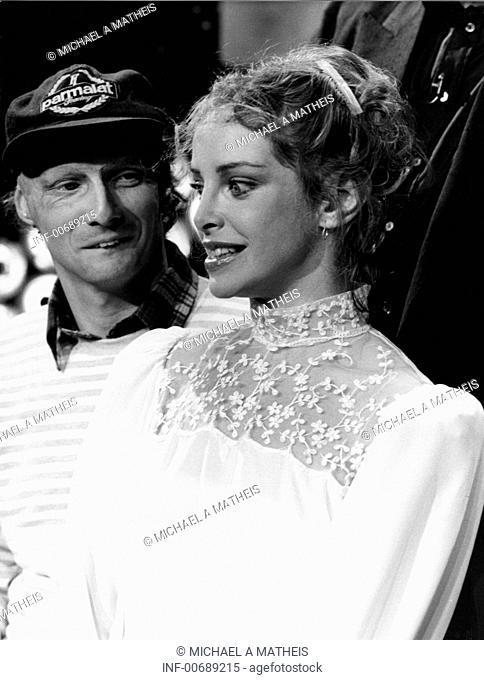
Niki Lauda with American actress Sydne Rome in a German TV show in 1982.
Women are stepping up (into senior team roles) and they are doing it very well - it is moving in the right direction. But one does not exclude the other. I don't want to hold back women, I want to encourage them. If you continue on this path, there will be no cheerleaders left in America.” Lauda’s comments come after former Formula 1 boss Bernie Ecclestone said: “you should be allowed to have grid girls because the drivers like them, the audience like them and no one cares. These girls were part of the show, part of the spectacle. I can't see how a good-looking girl standing with a driver and a number in front of a Formula 1 car can be offensive to anybody.”
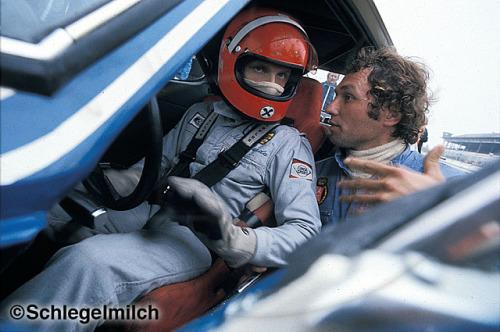
Niki Lauda is distracted by Jochen Mass’s alluring damp curls during a touring car race.
“Too much focus on today’s Formula One. F1 has to go back to being 26 drivers who drive around in circles for pleasure and the same for builders and the other elements of the circus.” Niki Lauda

Niki Lauda with his girlfriend Mariella Von Reininghaus on April 15, 1973.
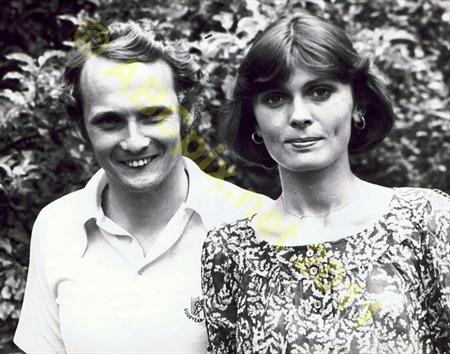
Niki Lauda with his girlfriend Mariella Von Reininghaus.
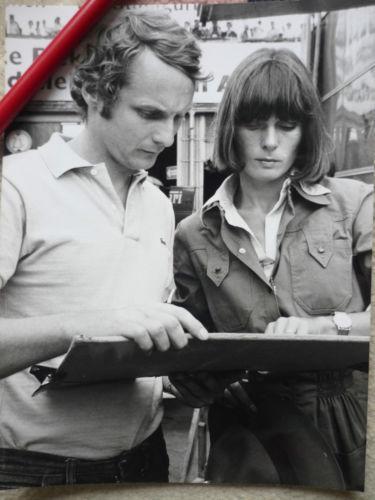
Niki Lauda with his girlfriend Mariella Von Reininghaus
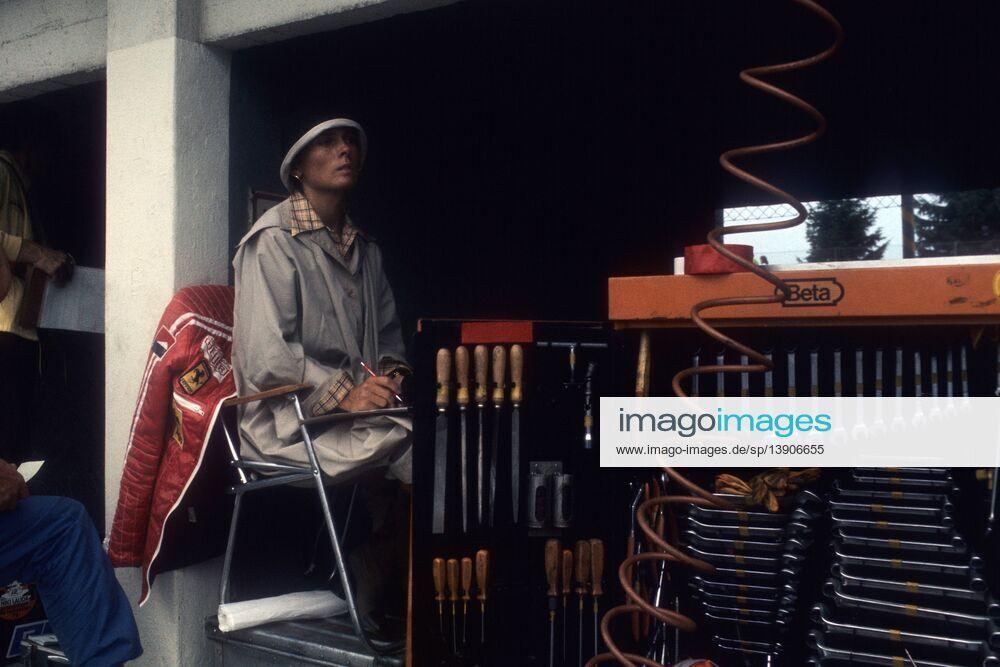
Mariella Von Reininghaus, Lauda’s girlfiriend.
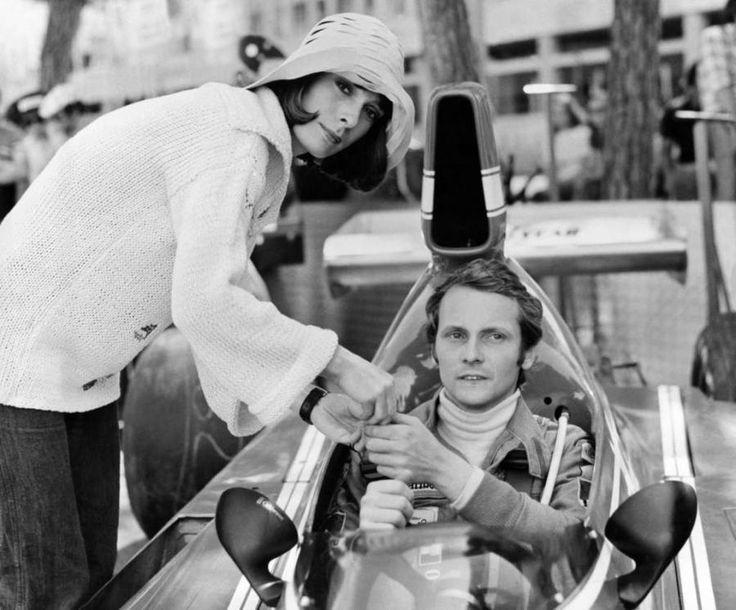
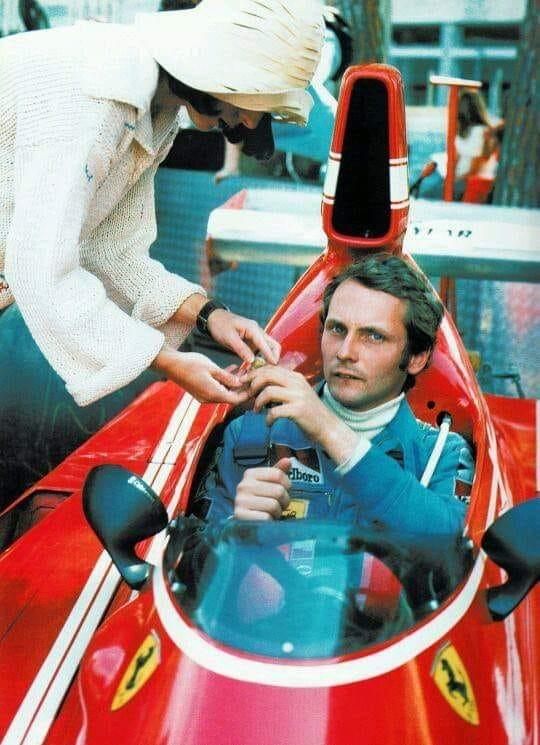
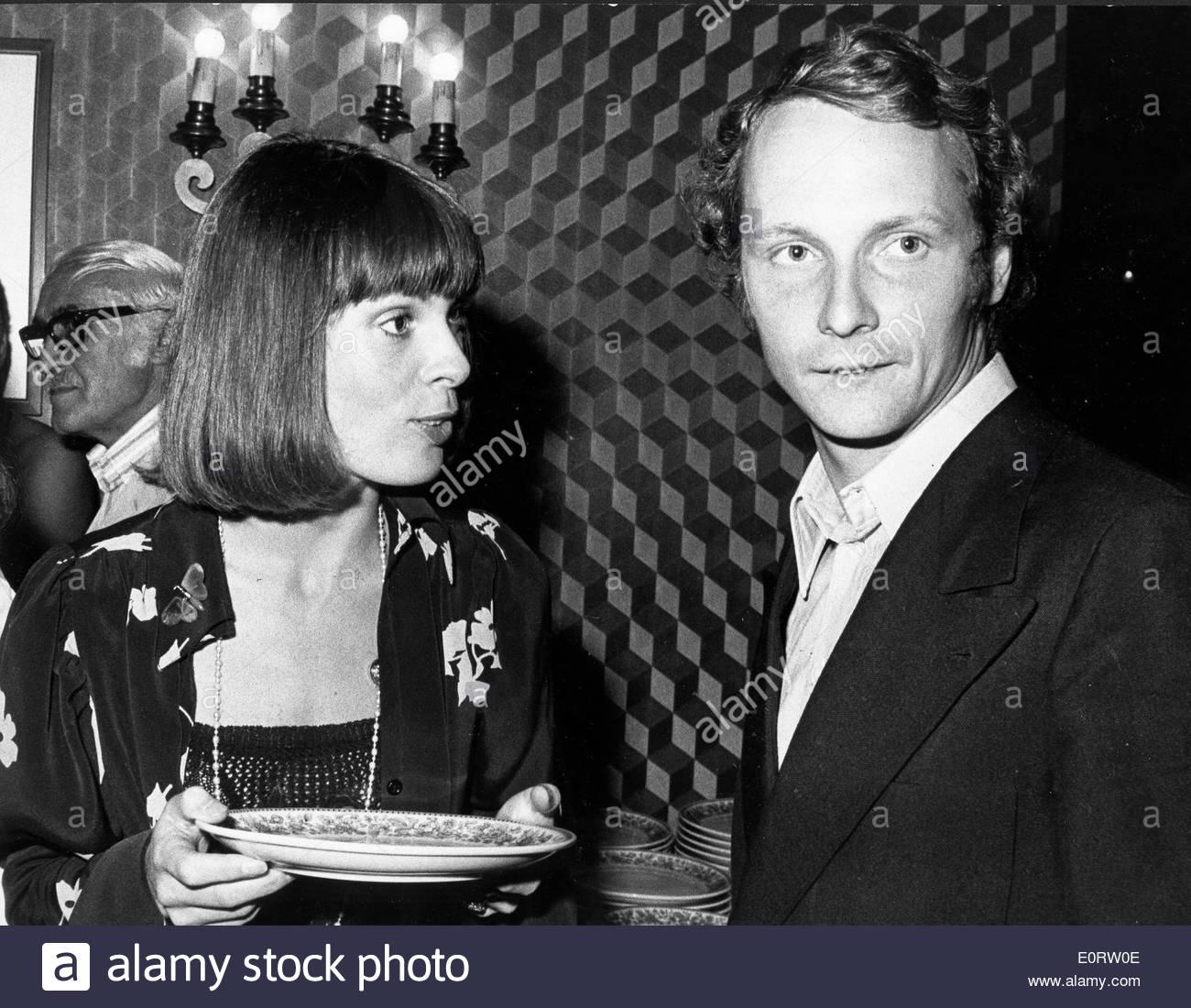
Niki Lauda chats at a party.

Niki Lauda and Mariella Von Reininghaus.
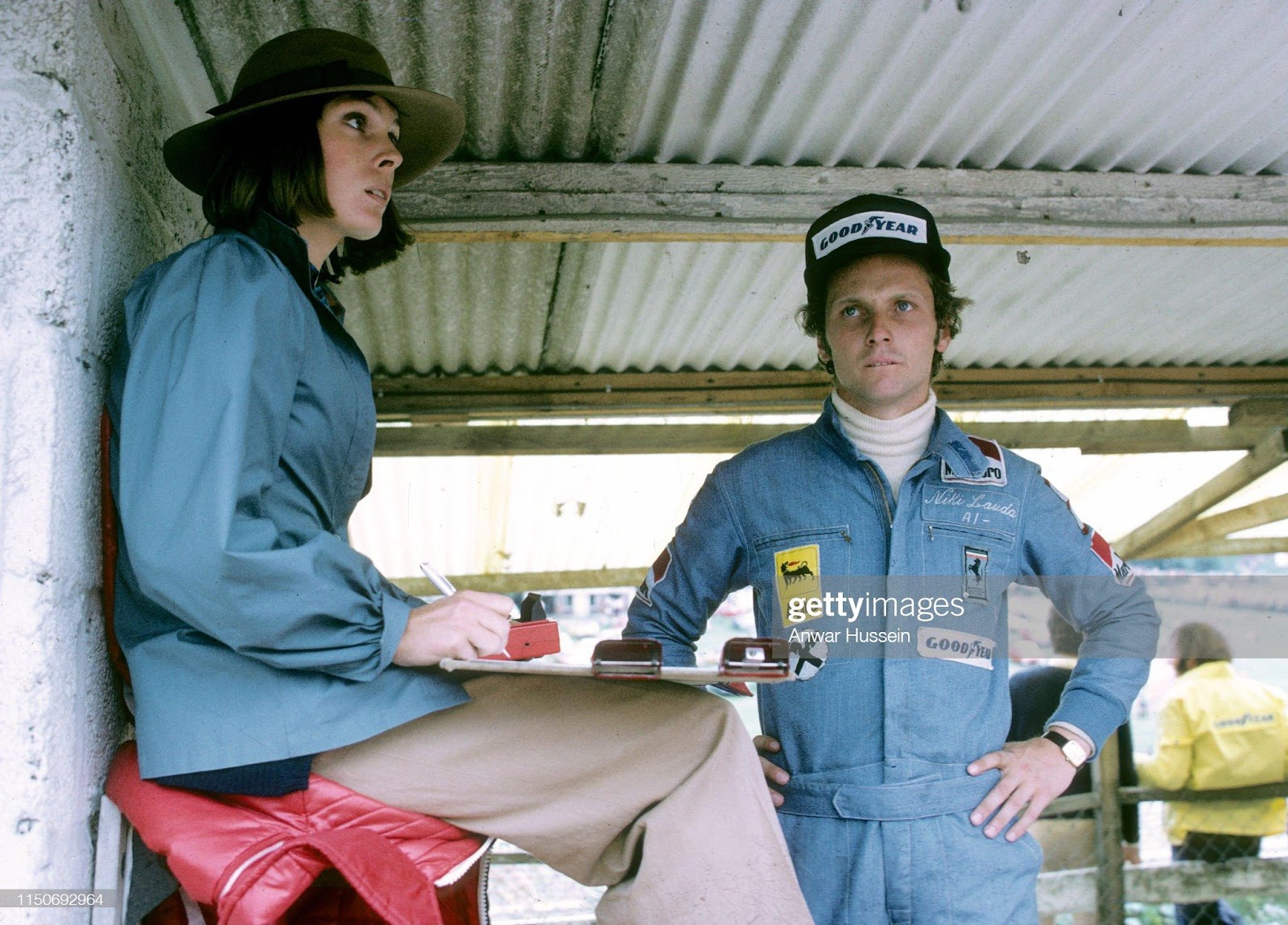
Niki Lauda and Mariella Von Reininghaus on July 01, 1974 in Brands Hatch, England. Photo by Anwar Hussein/Getty Images.
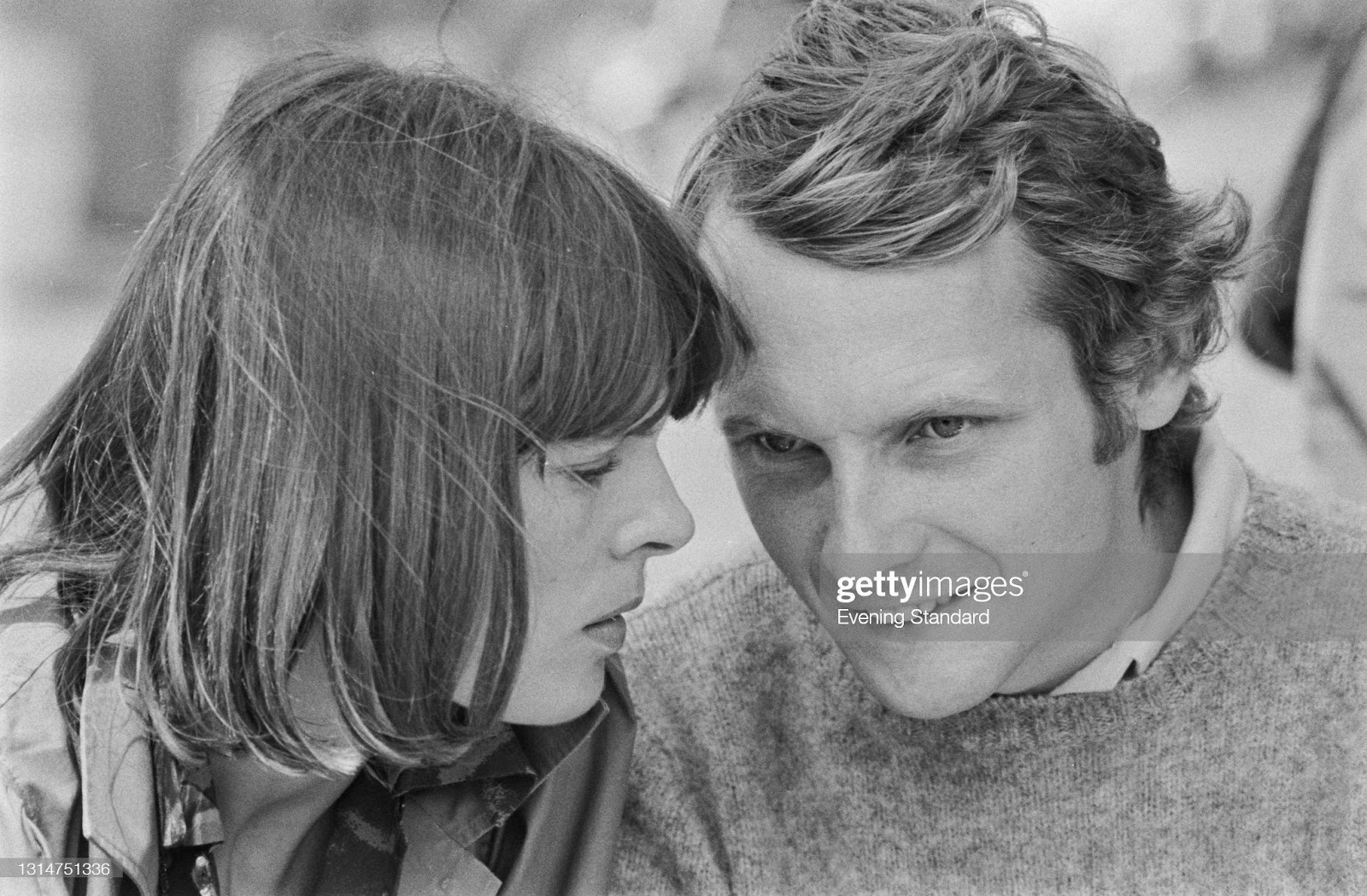
Niki Lauda with his girlfriend Mariella von Reininghaus during the 1974 British Grand Prix at Brands Hatch, UK, 20th July 1974. Photo by Evening Standard/Hulton Archive/Getty Images.

Niki Lauda, Ferrari 312B3, then Hans-Joachim Stuck in a March-Cosworth. British GP, Brands Hatch, England, 20 July 1974. Photo by: GP Library/Universal Images Group via Getty Images.
“Don’t continue trying to make Formula 1 completely safe because people will lose interest in the end,” Lauda told. “These Formula 1 drivers should be the best drivers in the world. This is what people aim for. People do sometimes like to see accidents to see where the limits are. But, as long they’re able to get out safe, I think this is what we have to achieve. If you go too far, I think Formula 1 destroys itself. The drivers of today, they come with their wife and kids, with the dog and watch the race because there is no more danger,” he added.
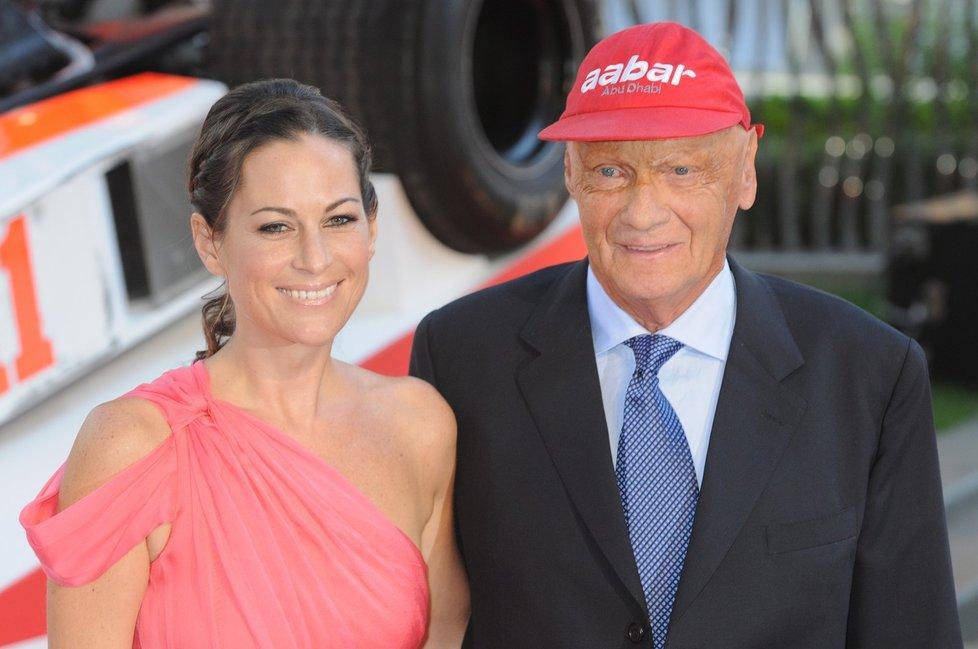
Niki and Birgit.
“We were always alone, we didn’t want our wife to come to the race and bring us home in a coffin. This was a different era and thank God Formula 1 got much safer that this problem is reduced to nothing and I think it’s good for the sport”.

Niki Lauda smiling in the garage of his house beside a Ferrari. Salzburg, April 1976.

Sunday vibes with Niki Lauda and his Ferrari 288 GTO and BMW 745i.
Lauda believes Lewis Hamilton should be considered as the top dog. “Lewis. Fast. Focused. No mistakes. Brilliant in the wet. Nobody better,” he told the Daily Mail in 2018.
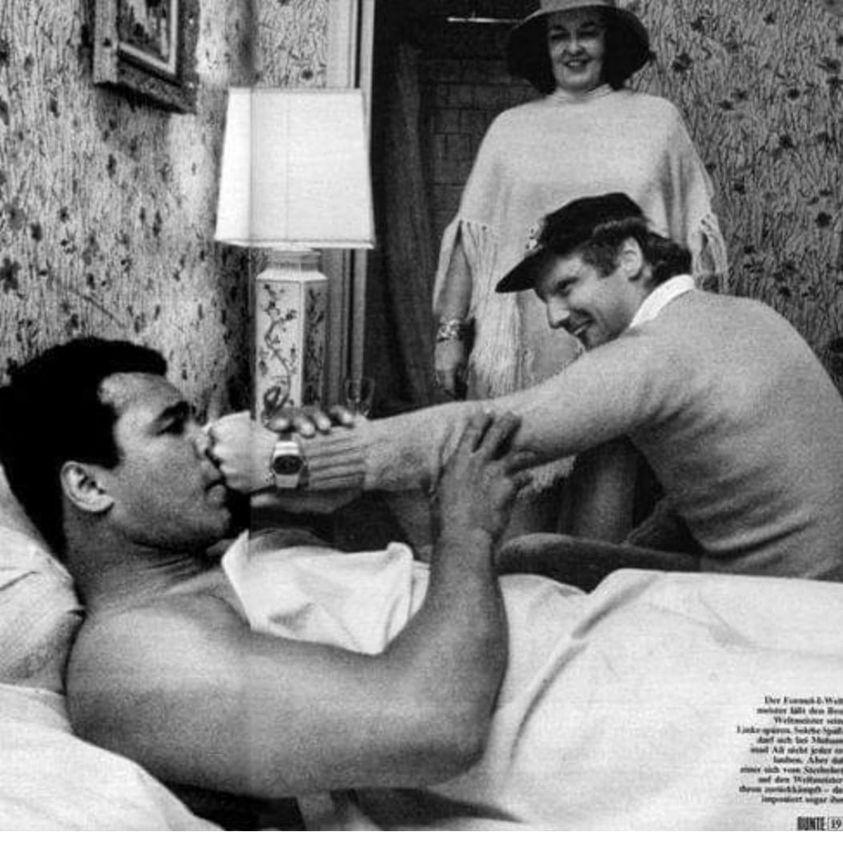
Cassius Clay and Niki Lauda.
“I think the Halo is a fake remedy. Some drivers have voiced their perplexity about the visibility, particularly in curves like the Eau Rouge, others instead have talked about a sensation of claustrophobia and then it’s aesthetically horrible! And let’s not forget that it destroys DNA of F1. I believe that FIA has taken the necessary measures to secure our sport so far, therefore in my opinion there’d be no need to do something. Now also the danger of being hit by a “flying” wheel decreased, since today they are very well screwed. In short, the current risks for who’s behind a wheel are, thank God, usually small”, Lauda said.
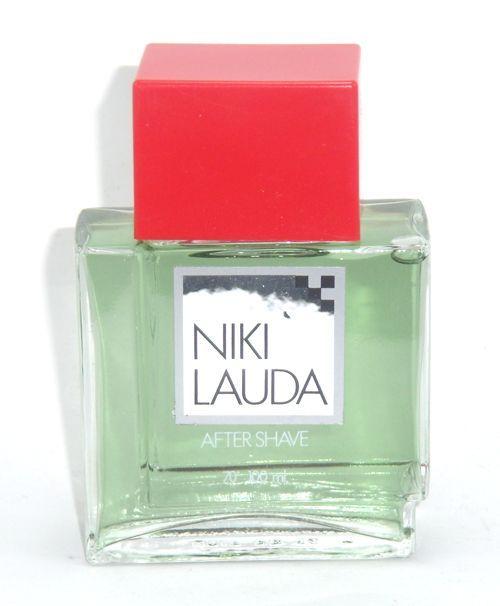
“The key is the difficulty of driving. Take Verstappen: in 2015 he was a debutante and yet in same races he was as quick as the most expert. This didn’t happen long ago. We need to go back to ensure that driving in F1 is difficult.” Niki Lauda
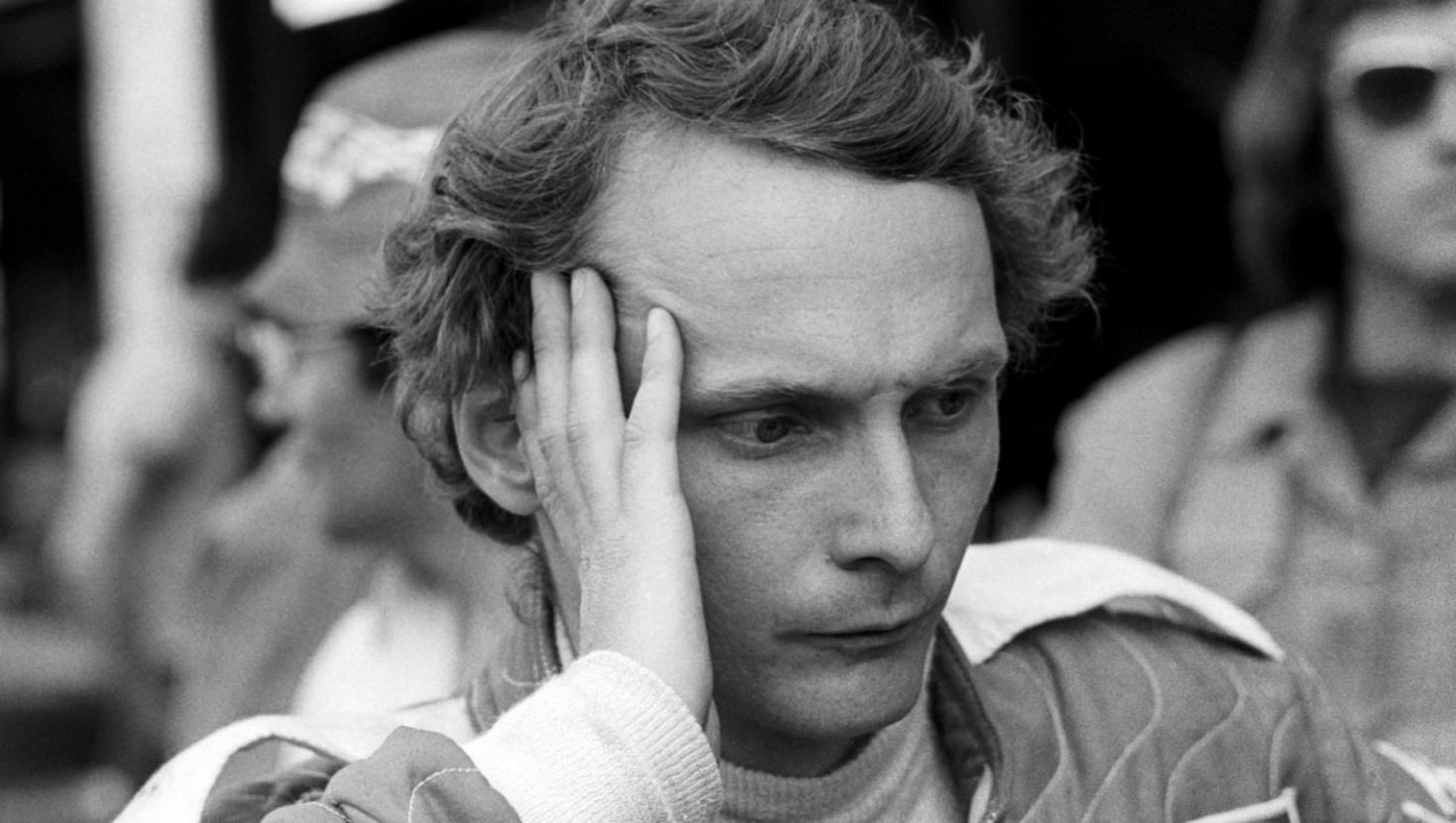
Andreas Nikolaus "Niki" Lauda, a three-time F1 World Drivers' Champion, acts as non-executive chairman of the Mercedes F1 Team and owns 10% of the team.
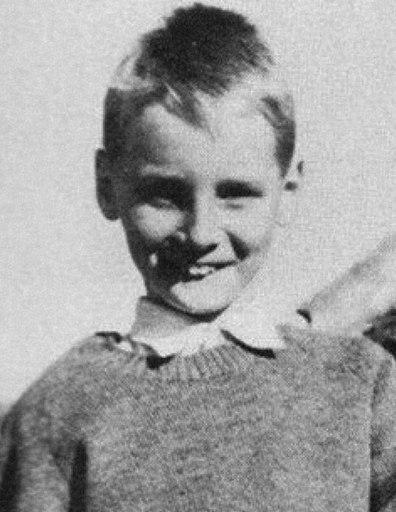
Niki Lauda as a child in Vienna.
He was born on 22 February 1949 in Vienna, Austria, to a wealthy family. His paternal grandfather was the Viennese-born businessman Hans Lauda.
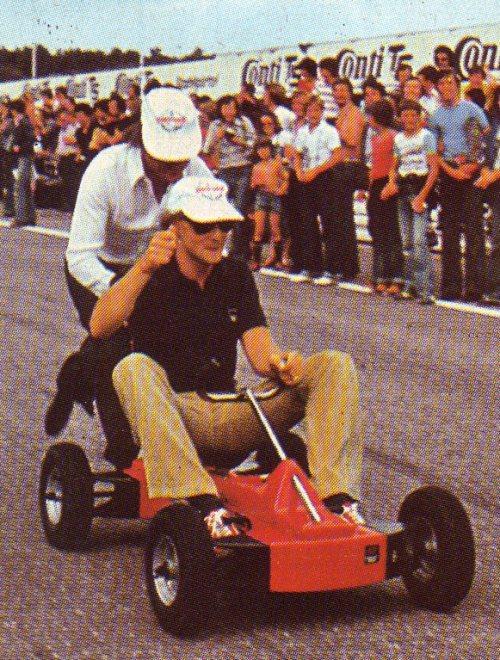
After starting out with a Mini, Lauda moved on into Formula Vee but rapidly moved up to drive in private Porsche and Chevron sports cars.
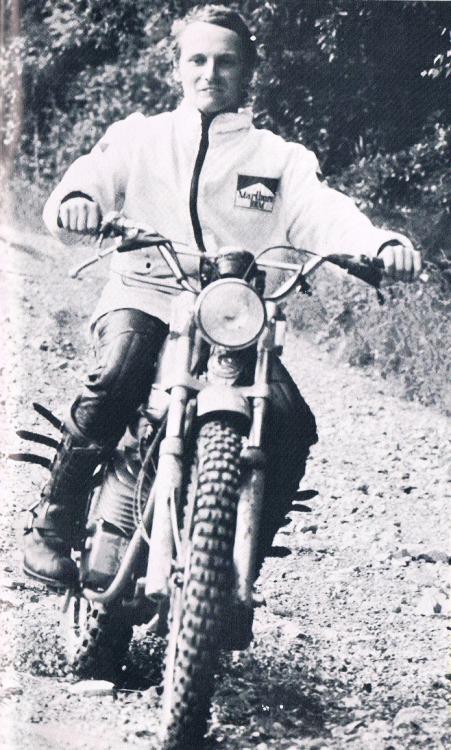
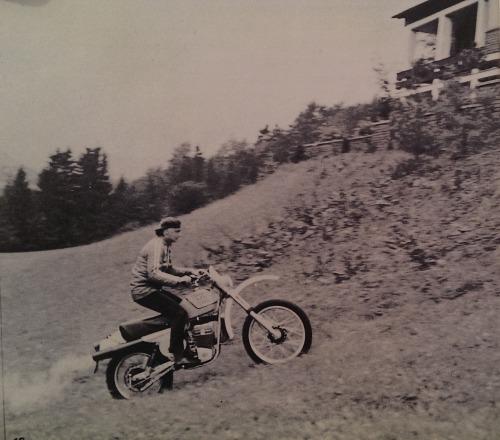
With his career stalled, he took out a £30,000 bank loan, secured by a life insurance policy, to buy his way into the fledgling March team as a F2 driver in 1971. Because of his family's disapproval (his grandfather went to the bank to block the payment of a loan granted to Niki. The bank called him saying: “Mr Lauda we have a problem, we have your grandfather here ….”).
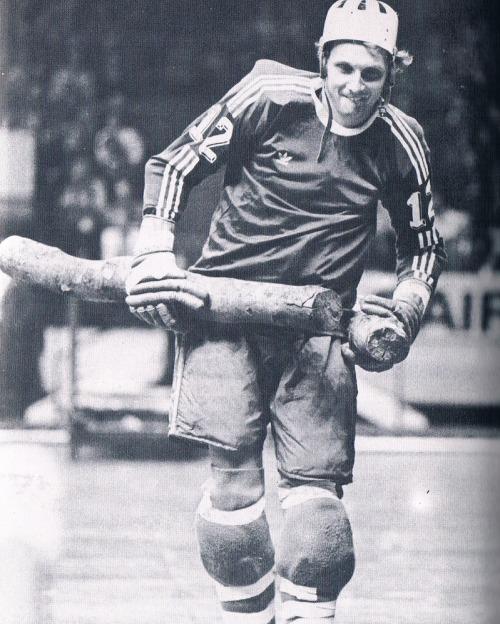
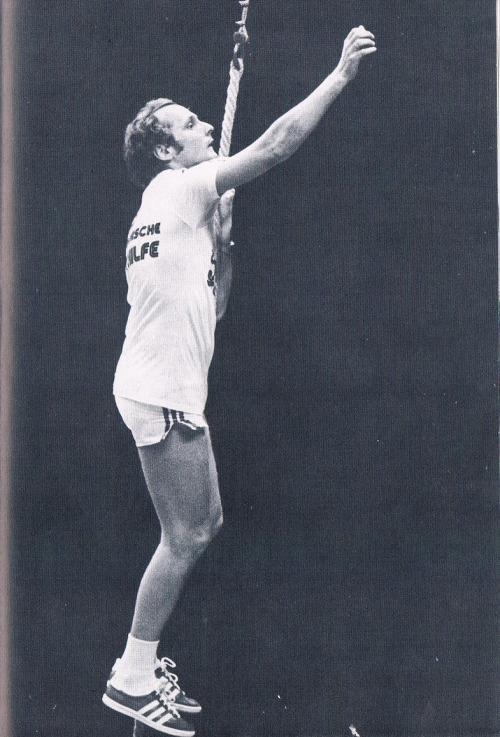
“At the "Superzehnkampf” of the super sportsmen at the Vienna city hall to do charity for the Austrian sports help. From “Sicher unterwegs” by Niki Lauda, 1987.
He had an ongoing feud with them over his racing ambitions and abandoned further contact.

Niki Lauda in his red racing car, photographed during the Clark Memorial Race on March 31, 1972. Photo by Rauschnitz/picture alliance via Getty Images.
He was quickly promoted to the F1 team, but drove for March in F1 and F2 in 1972.
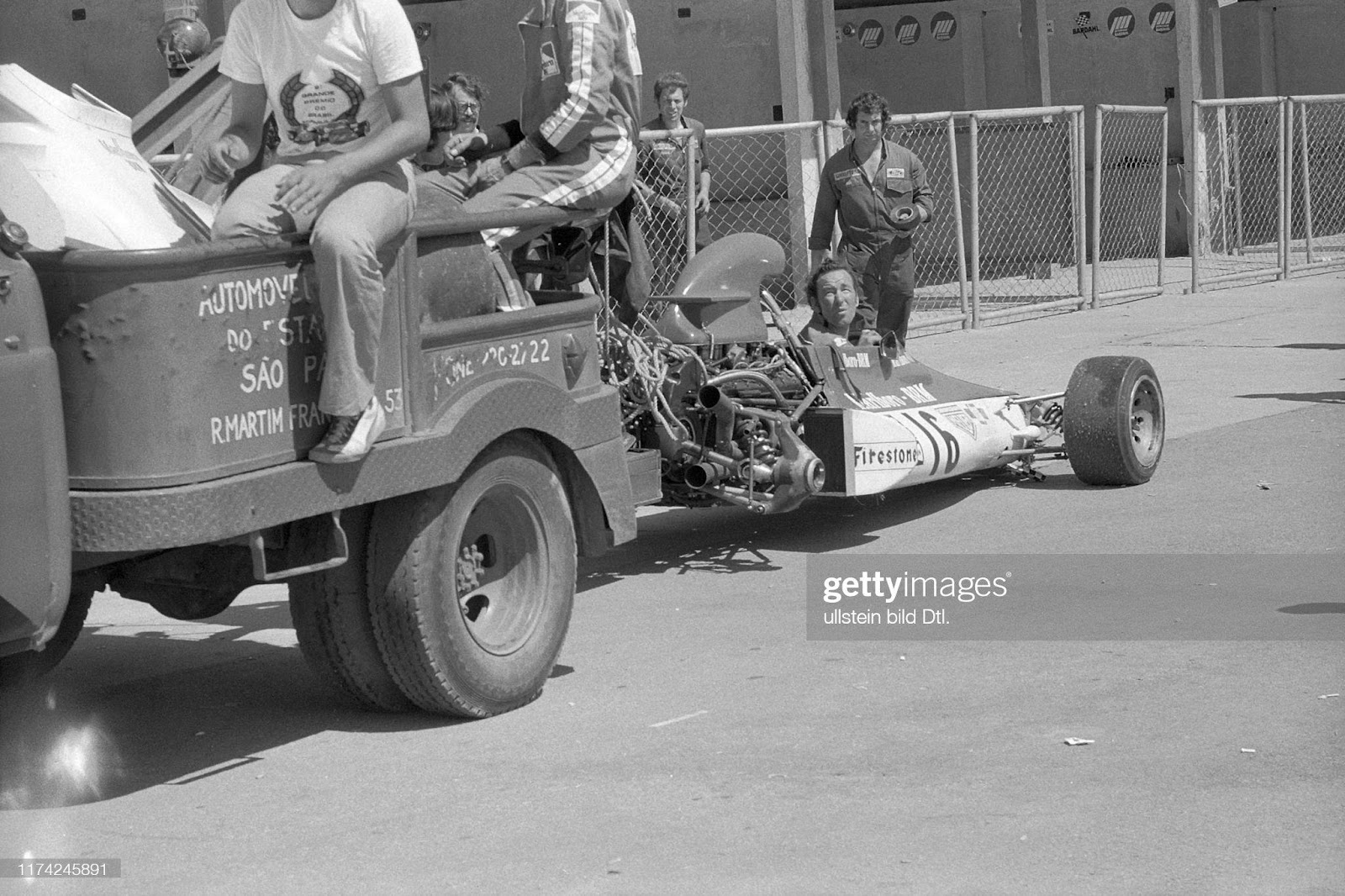
Brazilian GP at Sao Paulo, on February 13, 1973. Niki Lauda's BRM. Photo by Blick Sport/Rdb/Ullstein Bild via Getty Images.

French Grand Prix: aerial view of Niki Lauda (21) in action during race at Circuit Paul Ricard, Le Castellet, on June 4, 1973. Photo by Neil Leifer /Sports Illustrated via Getty Images.
In 1973 Niki took out another bank loan to buy his way into the BRM team.
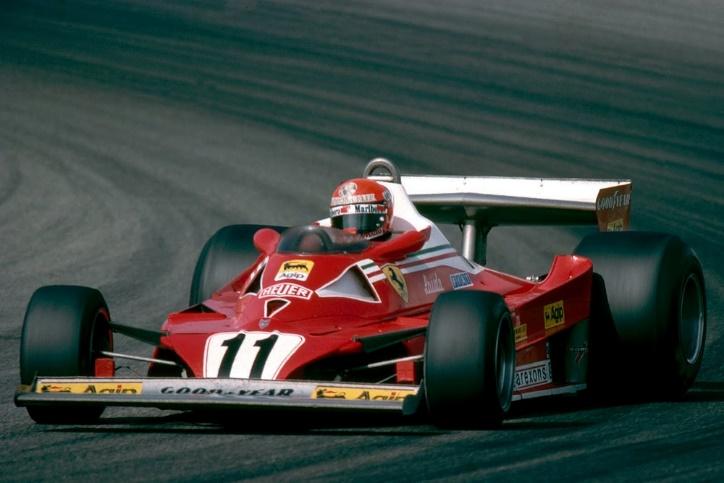
His big break came when his BRM teammate Clay Regazzoni left to rejoin Ferrari in 1974 and Enzo Ferrari asked him what he thought of Lauda.
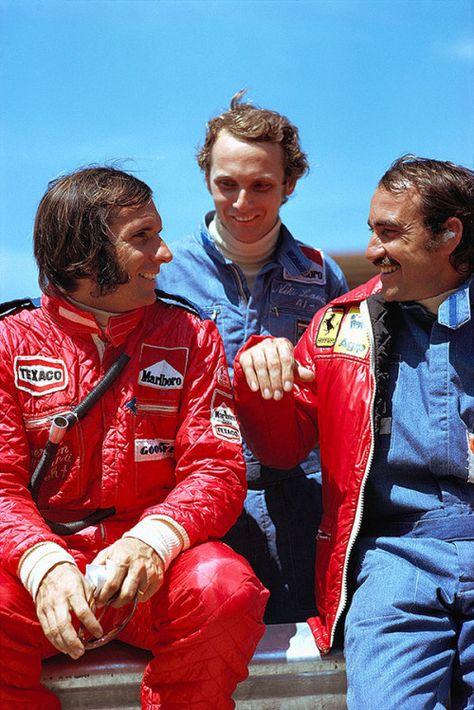
Emerson Fittipaldi, McLaren M23 - Ford V8, Niki Lauda, Ferrari 312B3 - Ferrari flat-12 (finished 2nd) and Clay Regazzoni, Ferrari.
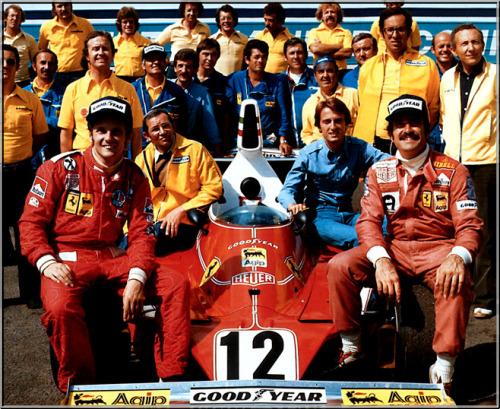
Much to love on this Ferrari class photo. The primary colour scheme - red for drivers, blue for team staff, yellow for engineering? Clay’s famous pink overalls. The picturesque Luca di Montezemolo in double denim.
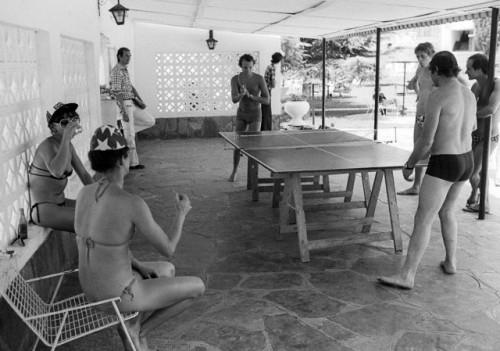
Niki Lauda and Clay Regazzoni playing ping pong.
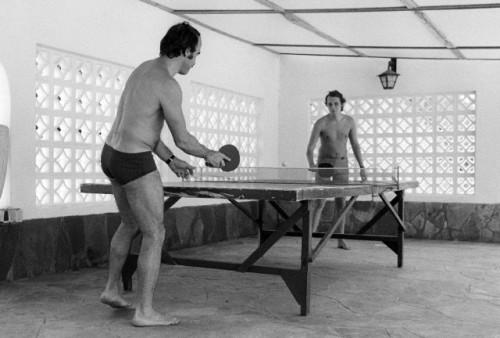
Niki Lauda and Clay Regazzoni playing ping pong.
Regazzoni spoke so favourably of Lauda that Ferrari promptly signed him, paying him enough to clear his debts.
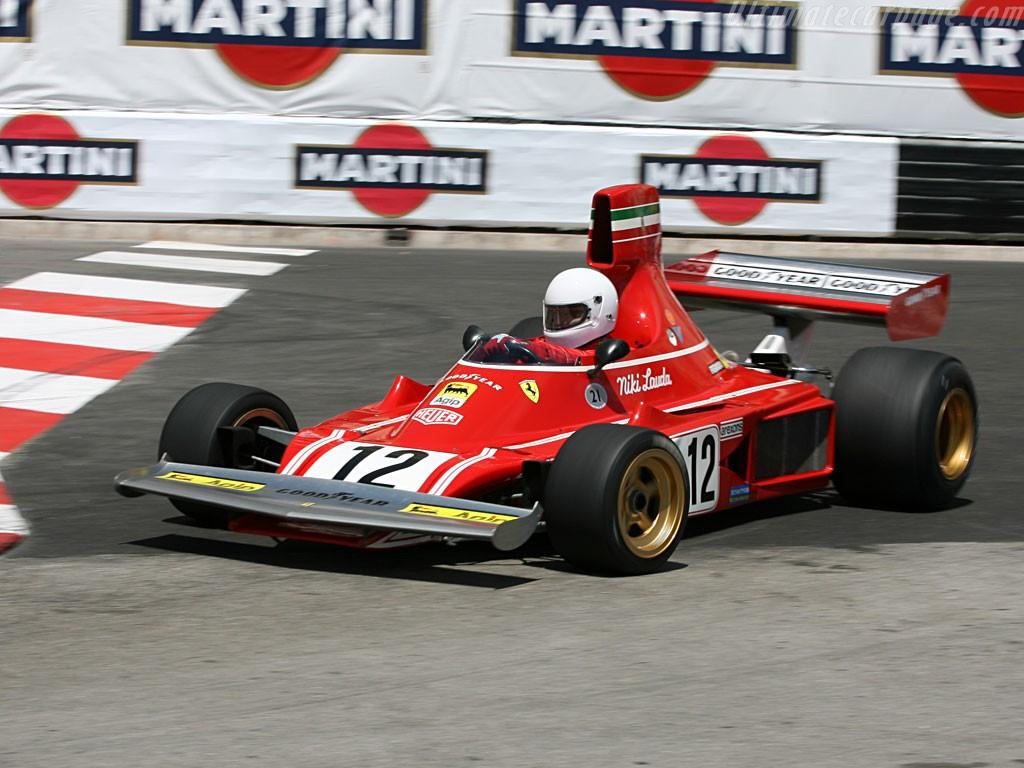
Niki Lauda, Ferrari 312 B3, in 1974.

Clay Regazzoni and Niki Lauda, Ferrari 312B3, prepare to leave their pit at the German Grand Prix in Nürburgring on 04 August 1974.
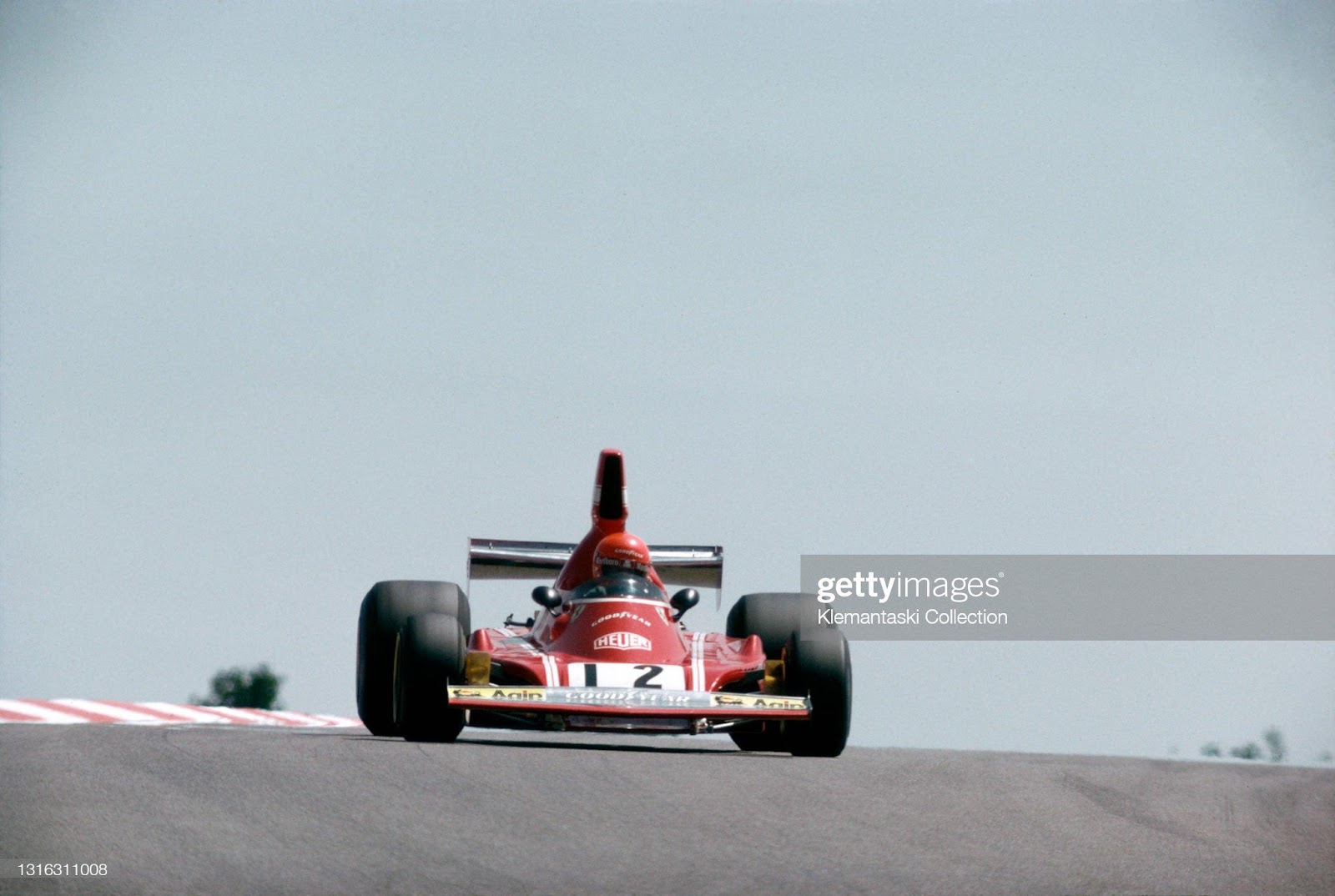
Niki Lauda with his Ferrari 312B3 on July 06, 1974. He qualified on pole and finished second, French Grand Prix, Dijon-Prenois. Photo by Nigel Snowdon/Klemantaski Collection/Getty Images.
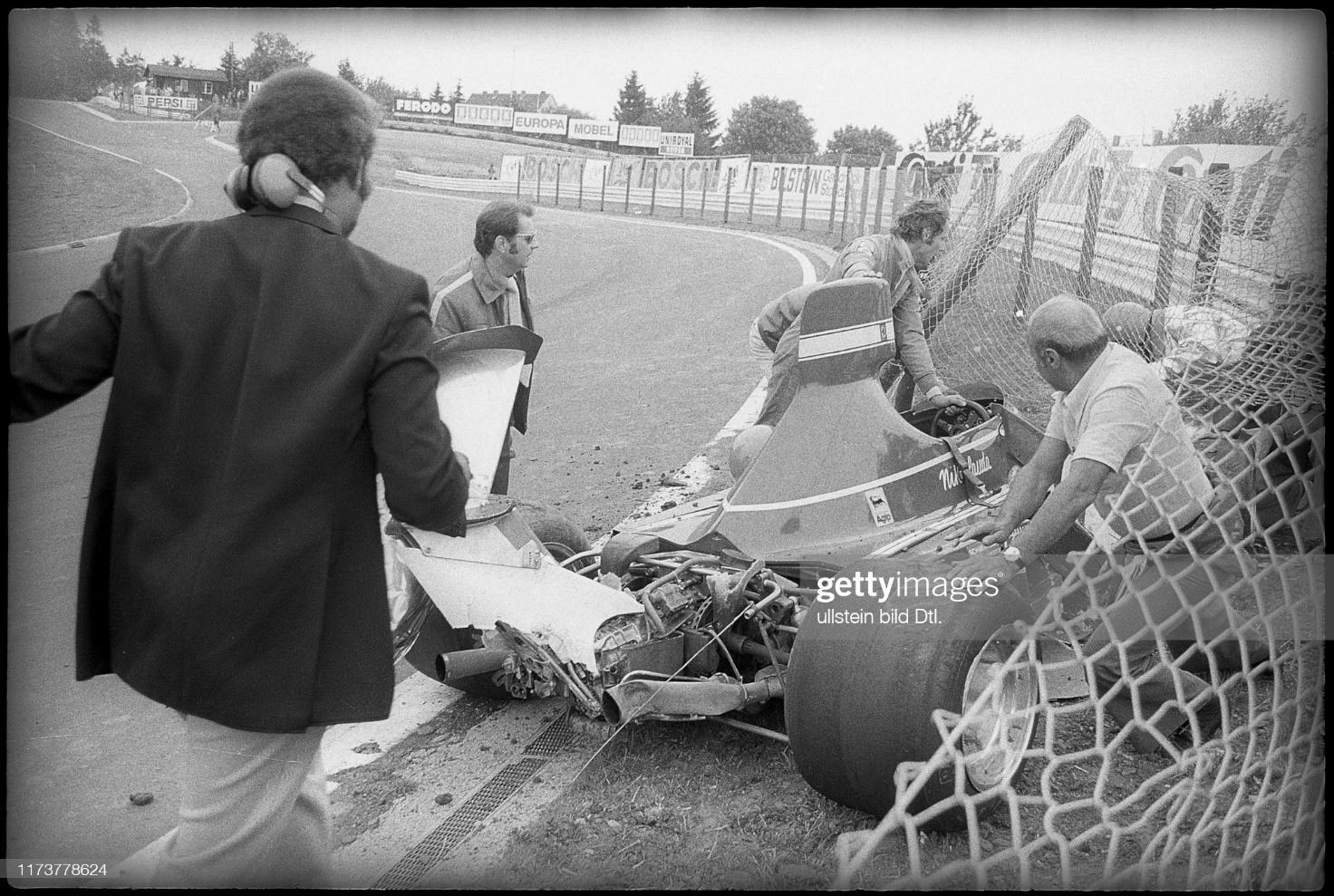
Niki Lauda's crash at the German Grand Prix on August 5, 1974. Photo by Blick/Rdb/Ullstein Bild via Getty Images.
After an unsuccessful start to the 1970s, Ferrari regrouped completely under Luca di Montezemolo and were resurgent in 1974.
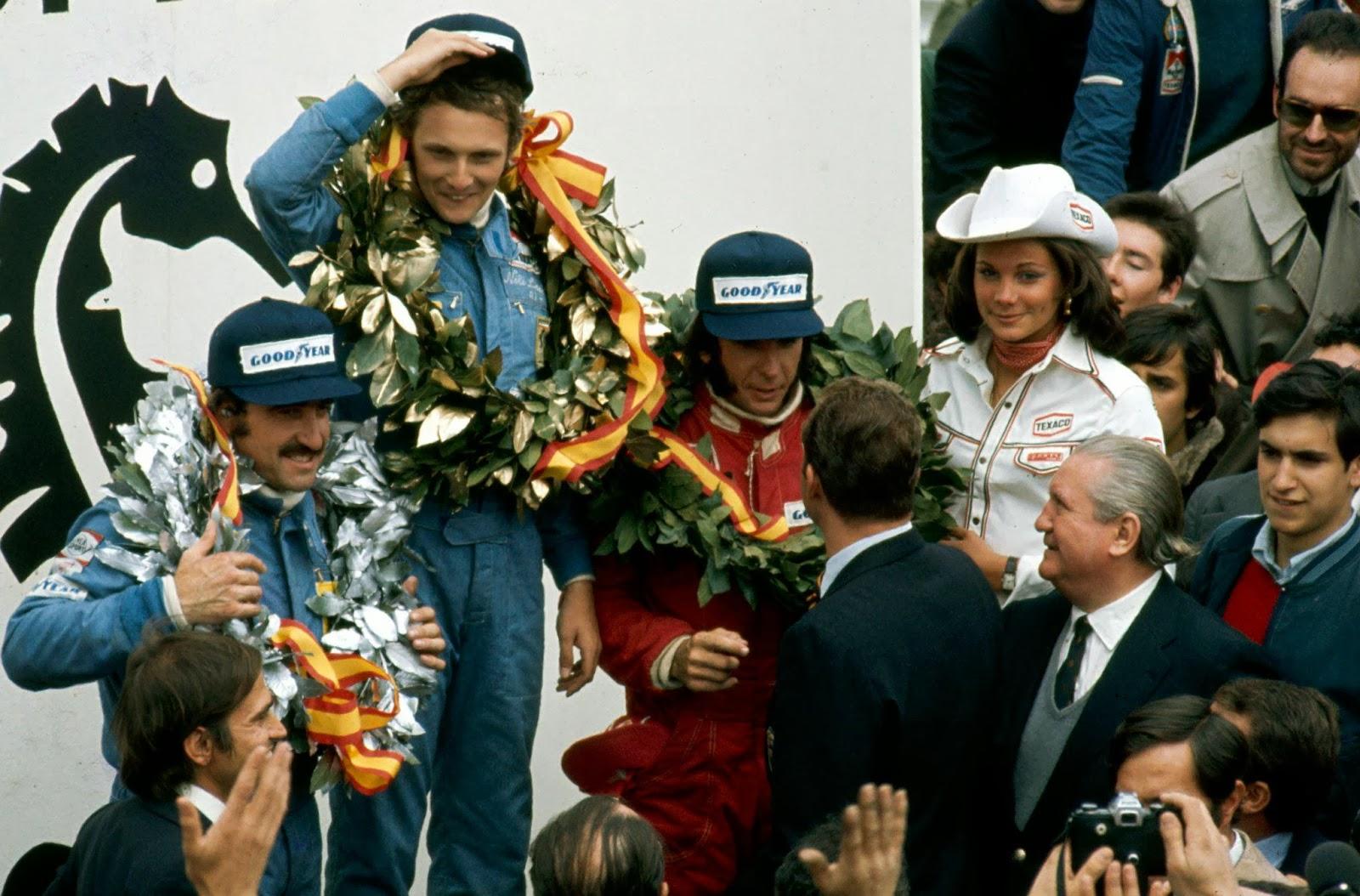
Niki Lauda winner at the 1974 Spanish Grand Prix.
Lauda’s first GP victory was in Spain. Although the Austrian achieved six consecutive pole positions, a mixture of inexperience and mechanical unreliability meant him won only one more race that year, the Dutch GP. He demonstrated immense commitment to testing and improving the car.
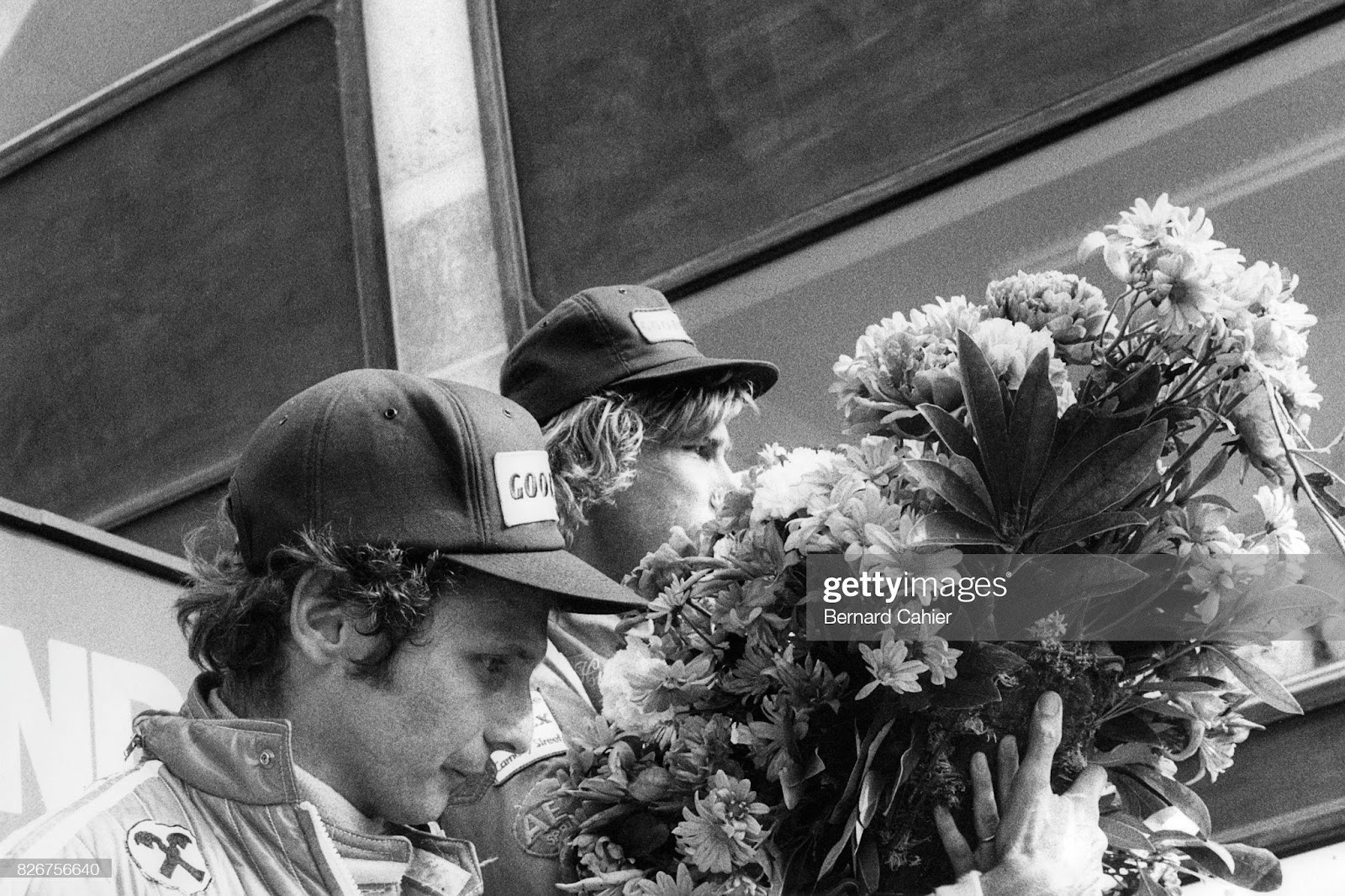
James Hunt and Niki Lauda, Grand Prix of Netherlands, Zandvoort, 22 June 1975. Photo by Bernard Cahier/Getty Images.
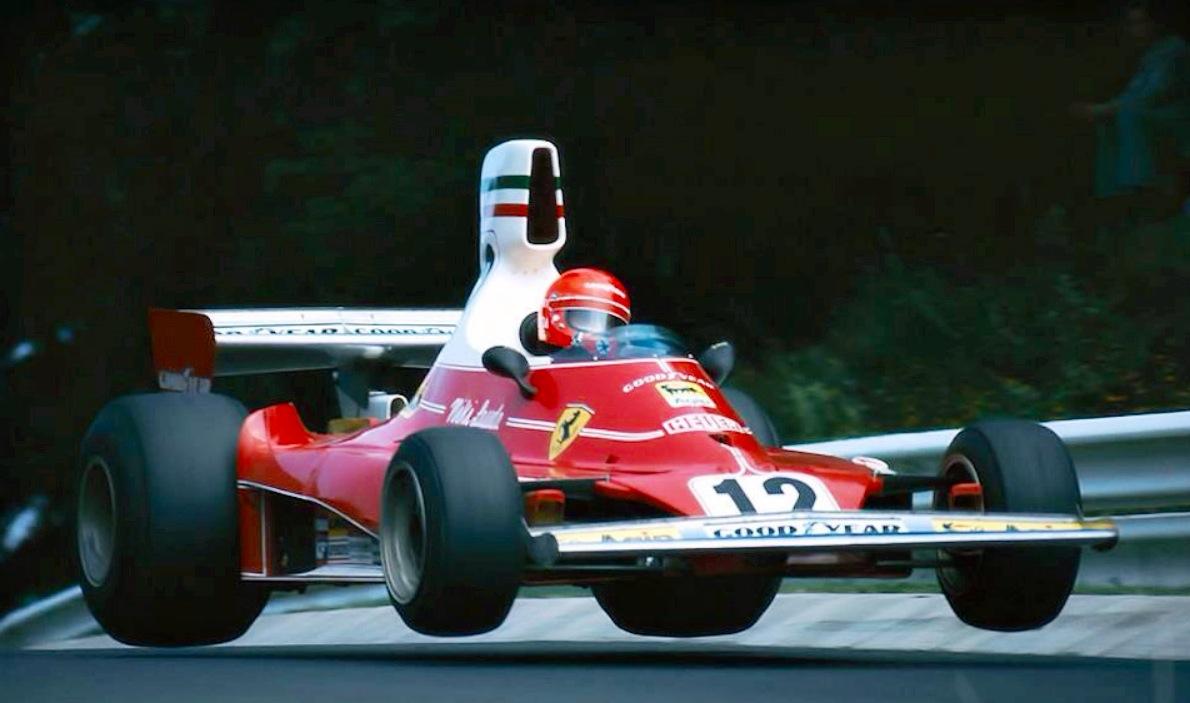
Niki Lauda, Ferrari 312 T, at Nurburgring GP on 03 August 1975.
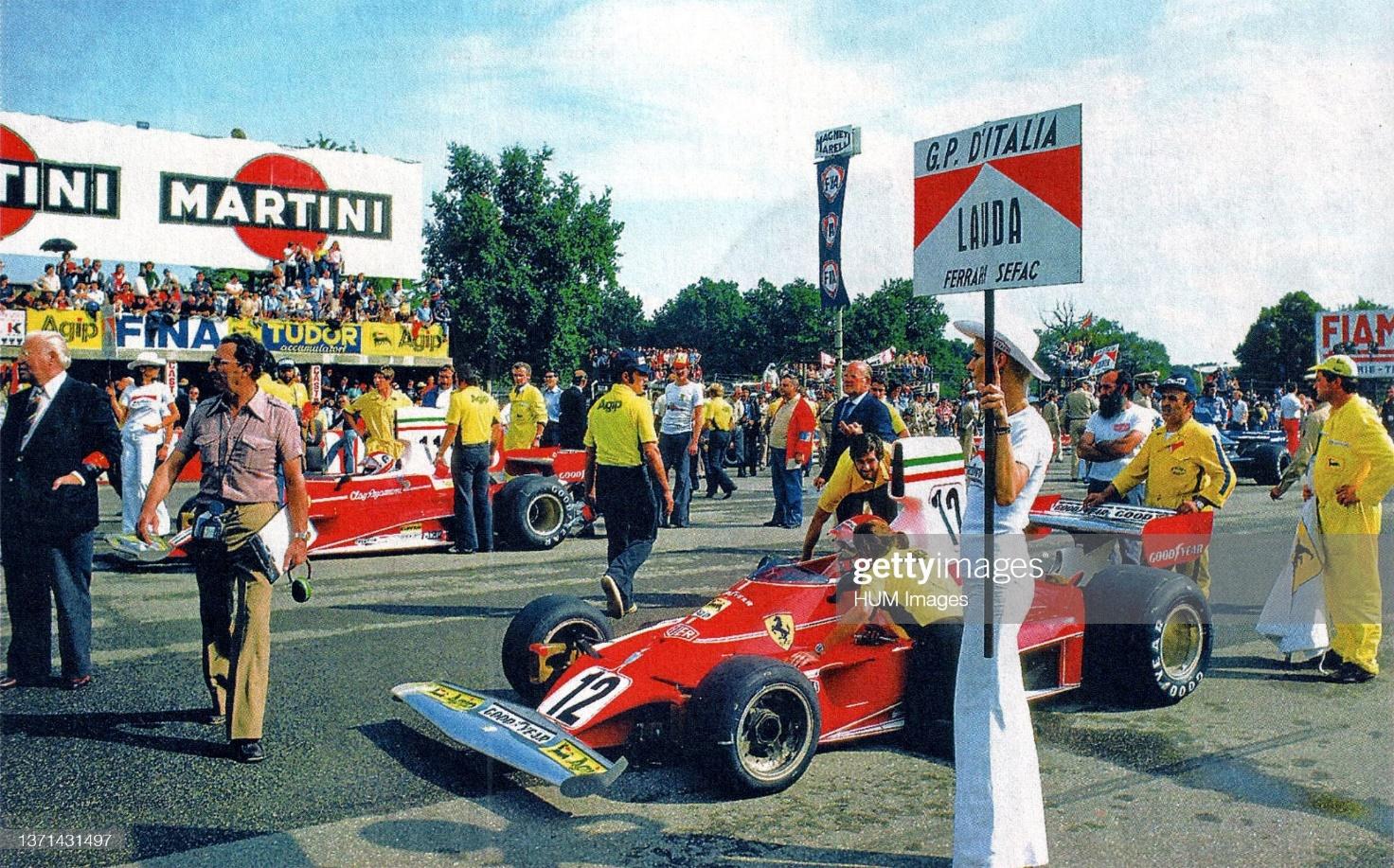
Monza, Autodromo Nazionale, 07 September 1975. Niki Lauda, author of the pole position, in the cockpit of his Ferrari 312T waiting for the route of the XLVI Italian Grand Prix. On his right, on the second box of the grid, his team-mate, the Swiss Clay Regazzoni. Photo by Hum Images/Universal Images Group via Getty Images.
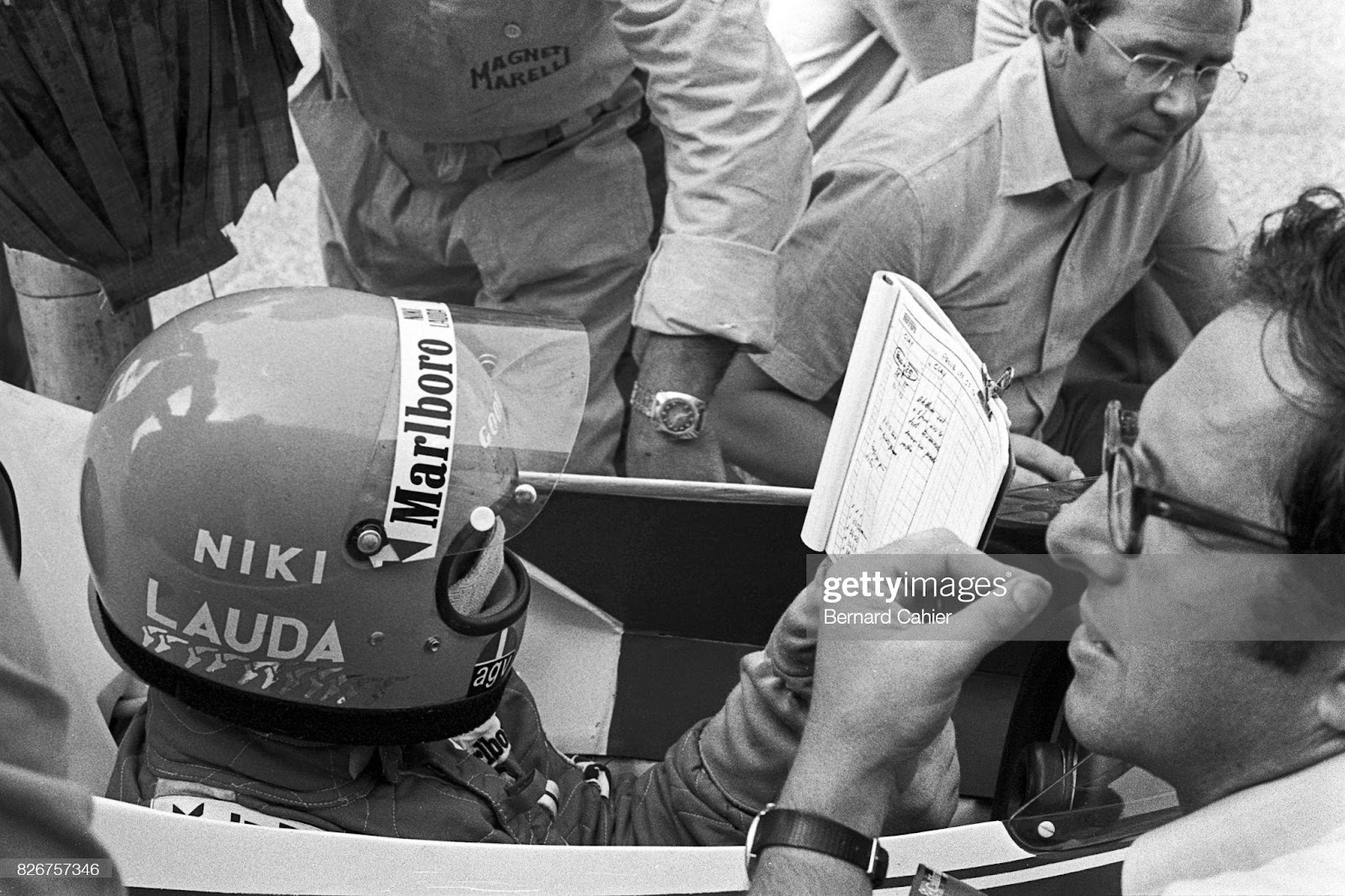
Niki Lauda with Mauro Forghieri at the Grand Prix of Italy in Monza on 07 September 1975. Photo by Bernard Cahier/Getty Images.
The 1975 F1 season, driving the new Ferrari 312T, gave Lauda his first World Championship and Ferrari clinched their first Constructors' Championship in 11 years. The Austrian famously gave away any trophies he won to his local garage in exchange for his car to be washed and serviced.

Enzo Ferrari, Niki Lauda and Clay Regazzoni among others at Maranello during the Ferrari 312T2 launch at Fiorano circuit, Italy, on Saturday 25 October 1975. Photo by Ercole Colombo / Studio Colombo / Getty Images.
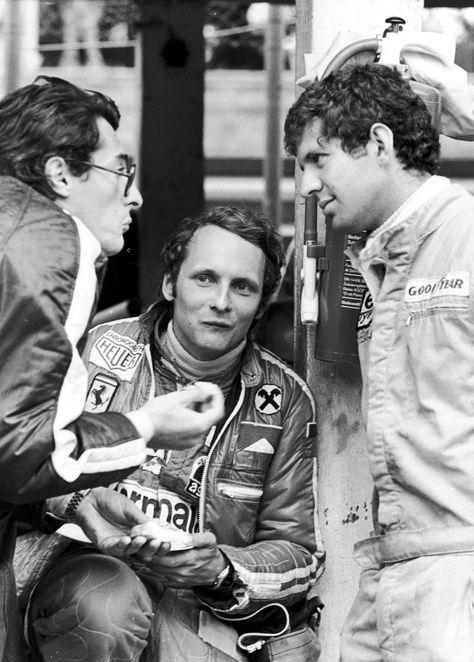
Daniele Audetto, Niki Lauda and Jody Scheckter in 1976.
Despite tensions with Montezemolo's successor, Daniele Audetto, Lauda dominated the start of the 1976 F1 season, winning four of the first six races and finishing second in the other two.

Clay Regazzoni and Niki Lauda line up before practice in their Ferrari 312T2 at the French Grand Prix at Paul Ricard on July 3, 1976. Photo by Giuliano Orzali/Klemantaski Collection/Getty Images.

Niki Lauda and Clay Regazzoni, 70's style, Ferrari spirit.
A week before the GP at the Nürburgring, even though he was the fastest driver on that circuit at the time, Lauda urged his fellow drivers to boycott the race, largely because of the 23-kilometre circuit's safety arrangements.
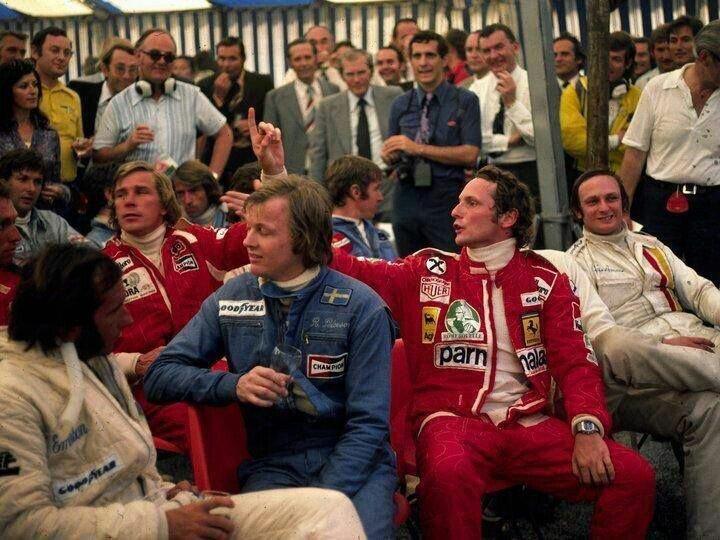
Nurburgring breafing.
Most of the other drivers voted against the boycott and the race went ahead. On 1 August 1976, during the second lap at the very fast left kink before Bergwerk, Lauda was involved in an accident after which he suffered extensive scarring from the burns to his head, losing most of his right ear as well as the hair on the right side of his head, his eyebrows and his eyelids. He chose to limit reconstructive surgery to replacing the eyelids and getting them to work properly. What a difference with today’s football players who shave their legs and chest! Since the accident he has always worn a red baseball cap to cover the scars on his head. He has arranged for sponsors to use the cap for advertising. The cap has become part of the man. It is one of the best known sights in the F1 paddock, a beacon for straight-talking and it is difficult to imagine him without it. With Lauda out of the contest, Carlos Reutemann was taken on as his replacement. Lauda returned to race only six weeks (three races) later, appearing at the Monza press conference with his fresh burns still bandaged. He finished fourth in the Italian GP, despite being, by his own admission, absolutely petrified. F1 journalist Nigel Roebuck recalls seeing Lauda in the pits, peeling the blood-soaked bandages off his scarred scalp. He also had to wear a specially adapted AGV crash helmet so as to not be in too much discomfort. At the Grand Prix of Japan Lauda qualified third, one place behind Hunt, but on race day there was torrential rain and he retired after two laps. Hunt led much of the race before his tires blistered and an inevitable pit stop dropped him down the order. He recovered to third, thus winning the title by a single point.
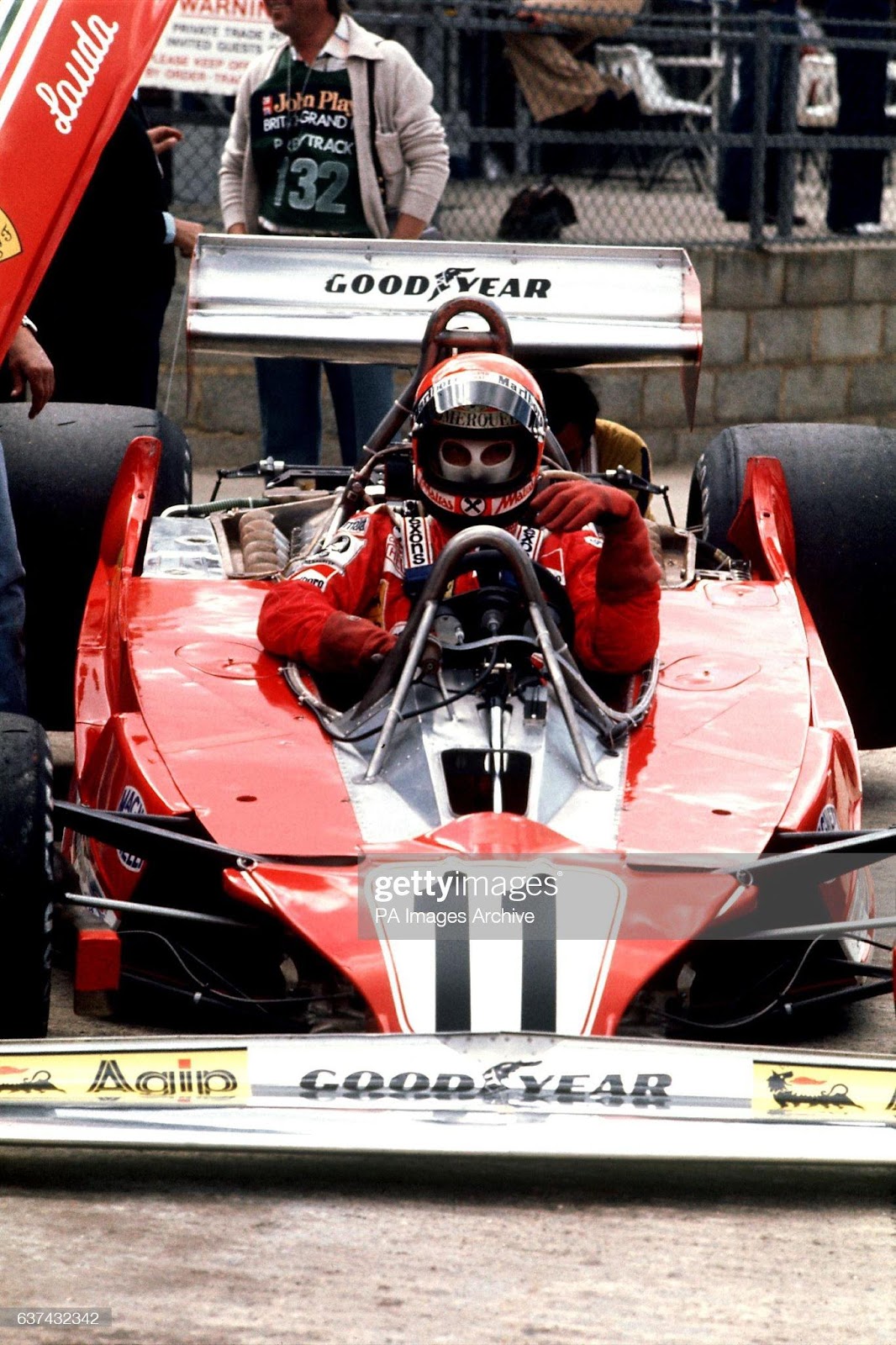
Niki Lauda sits in his Ferrari 312T2 on July 16, 1977. Photo by S&G/PA Images via Getty Images.
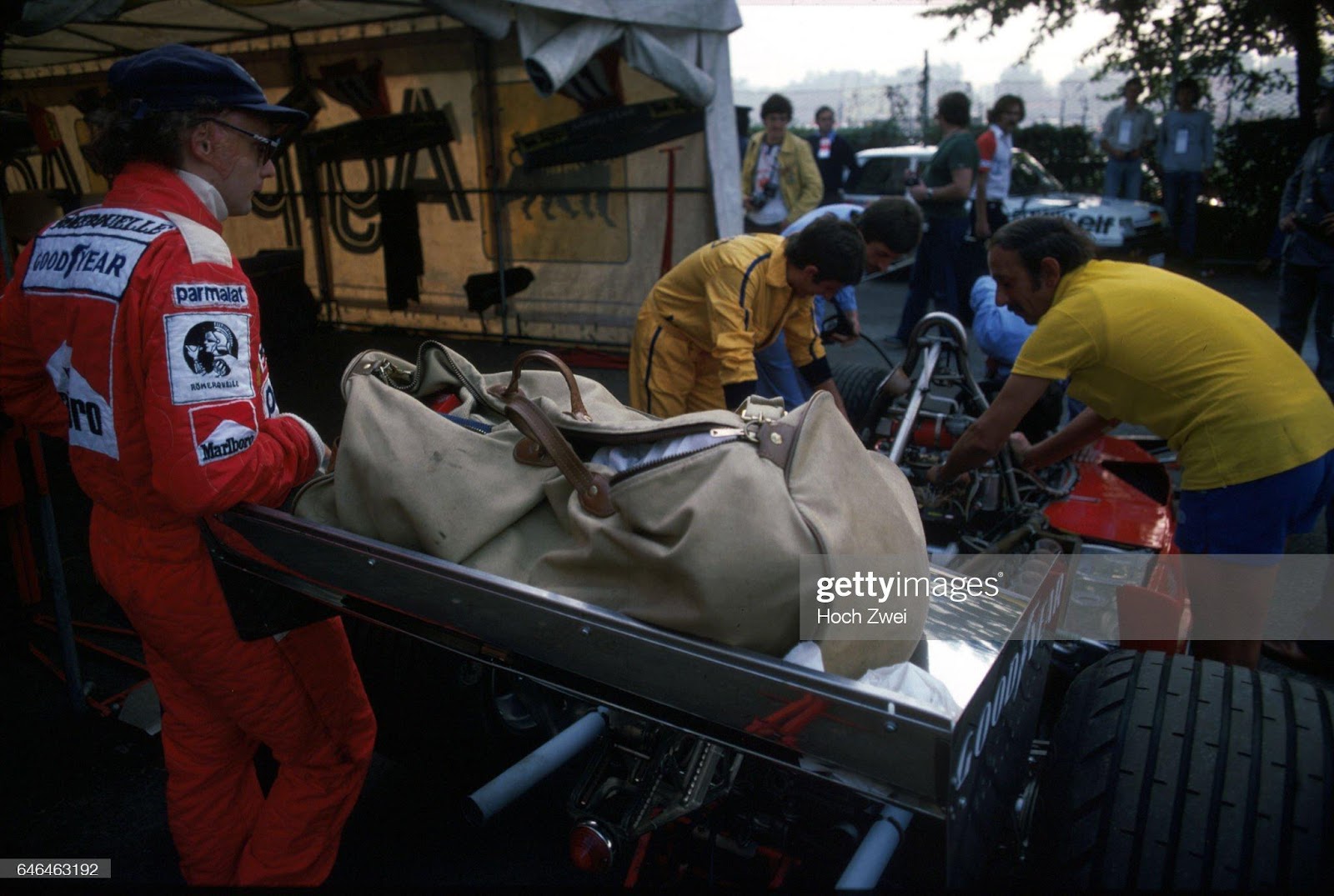
Niki Lauda at the Italian Grand Prix in Monza on September 11, 1977. Photo by Hoch Zwei/Corbis via Getty Images.
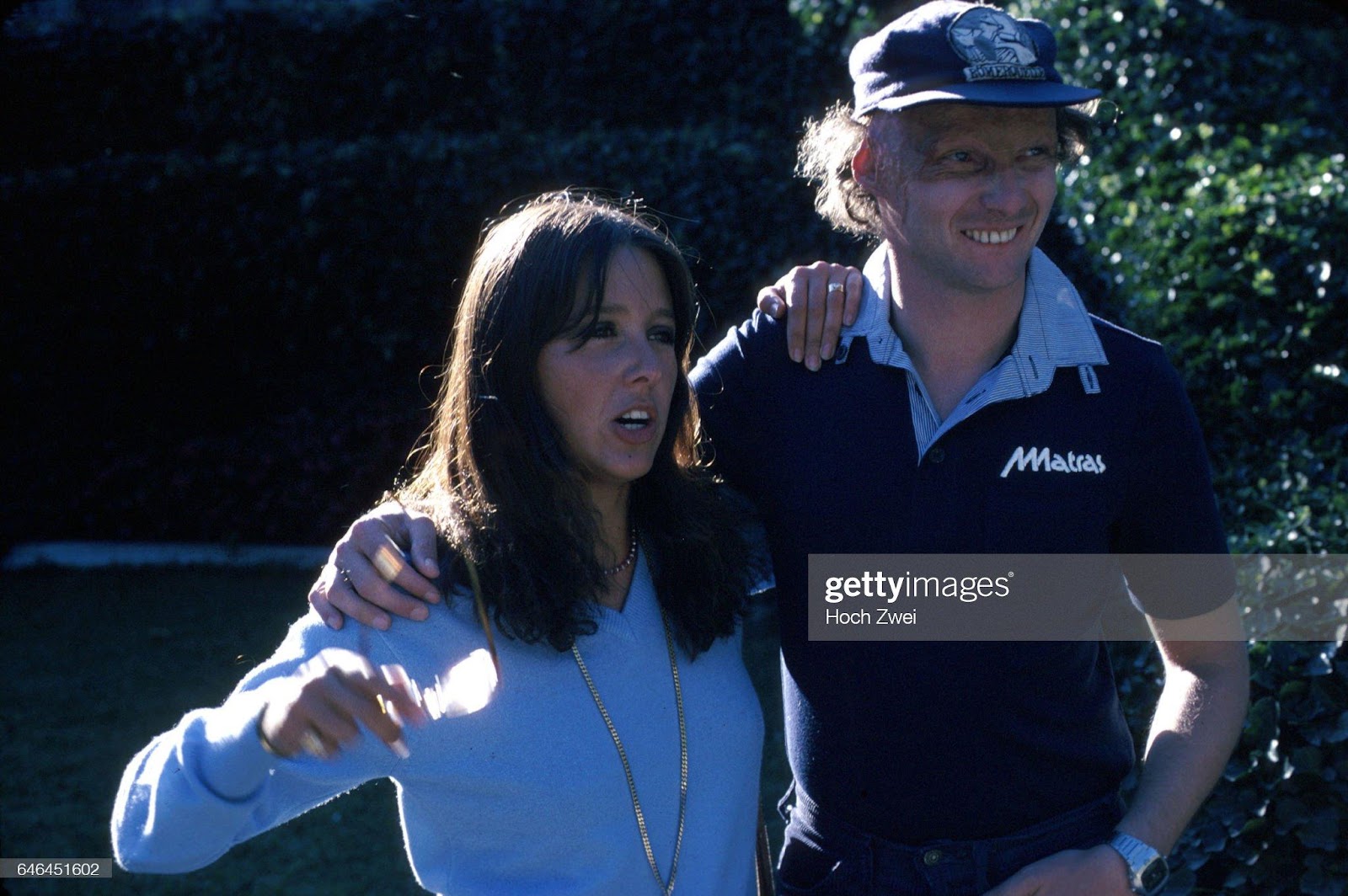
Niki Lauda at the Italian Grand Prix in Monza on September 11, 1977. Photo by Hoch Zwei/Corbis via Getty Images.
Lauda endured a difficult 1977 season, despite easily winning the championship through consistency rather than outright pace. Niki disliked his new teammate Carlos and was not comfortable with this move and felt he had been let down by Ferrari. "We never could stand each other and, instead of taking pressure off me, they put on even more by bringing Carlos Reutemann into the team." Having announced his decision to quit Ferrari at season's end, Lauda left earlier after he won the Drivers' Championship at the United States GP, because of the team's decision to run the unknown Gilles Villeneuve in a third car at the Canadian GP. Having joined Brabham-Alfa Romeo in 1978 for a $1 million salary, Lauda endured two unsuccessful seasons, notable mainly for his one race in the Brabham BT46B, a radical design known as the Fan Car: it won its first and only race at the Swedish GP, but Brabham did not use the car in F1 again.
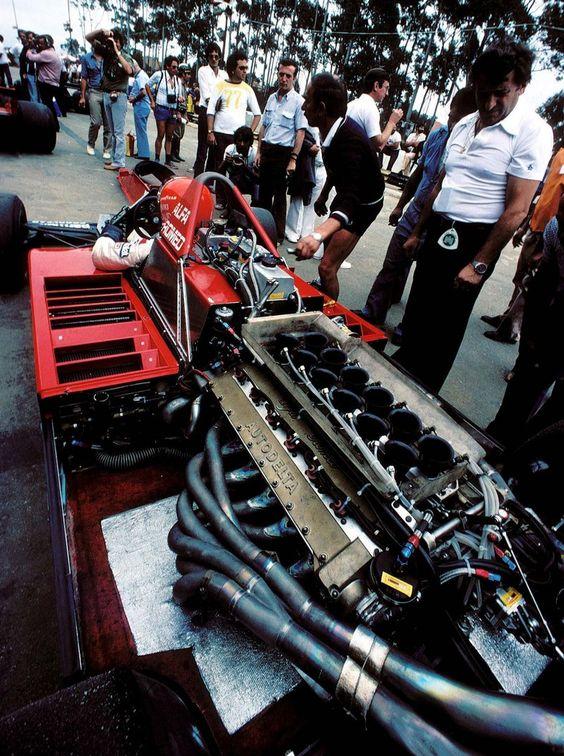
Niki Lauda, Brabham BT48 - Alfa Romeo V12, at the Brazilian Grand Prix on 04 February 1979.

The podium (left to right): Riccardo Patrese, Arrows, fourth; Carlos Reutemann, Lotus, second; Niki Lauda, Brabham, race winner; Jody Scheckter, Ferrari, third; Gilles Villeneuve, Ferrari, seventh and fastest lap setter. Non-championship Formula One Gran Premio Dino Ferrari at Imola, Italy, on 16 September 1979. Photo by David Phipps / Sutton Images.

Niki Lauda with Gilles Villeneuve.
In late September, during practice for the 1979 Canadian GP, Lauda informed Brabham that he wished to retire immediately, as he had no more desire to "drive around in circles".

Didier Pironi, Gilles Villeneuve and Niki Lauda explain the drivers' strike over superlicences during the South African Grand Prix at Kyalami on January 23, 1982. Photo by Ercole Colombo / Studio Colombo / Getty Images.
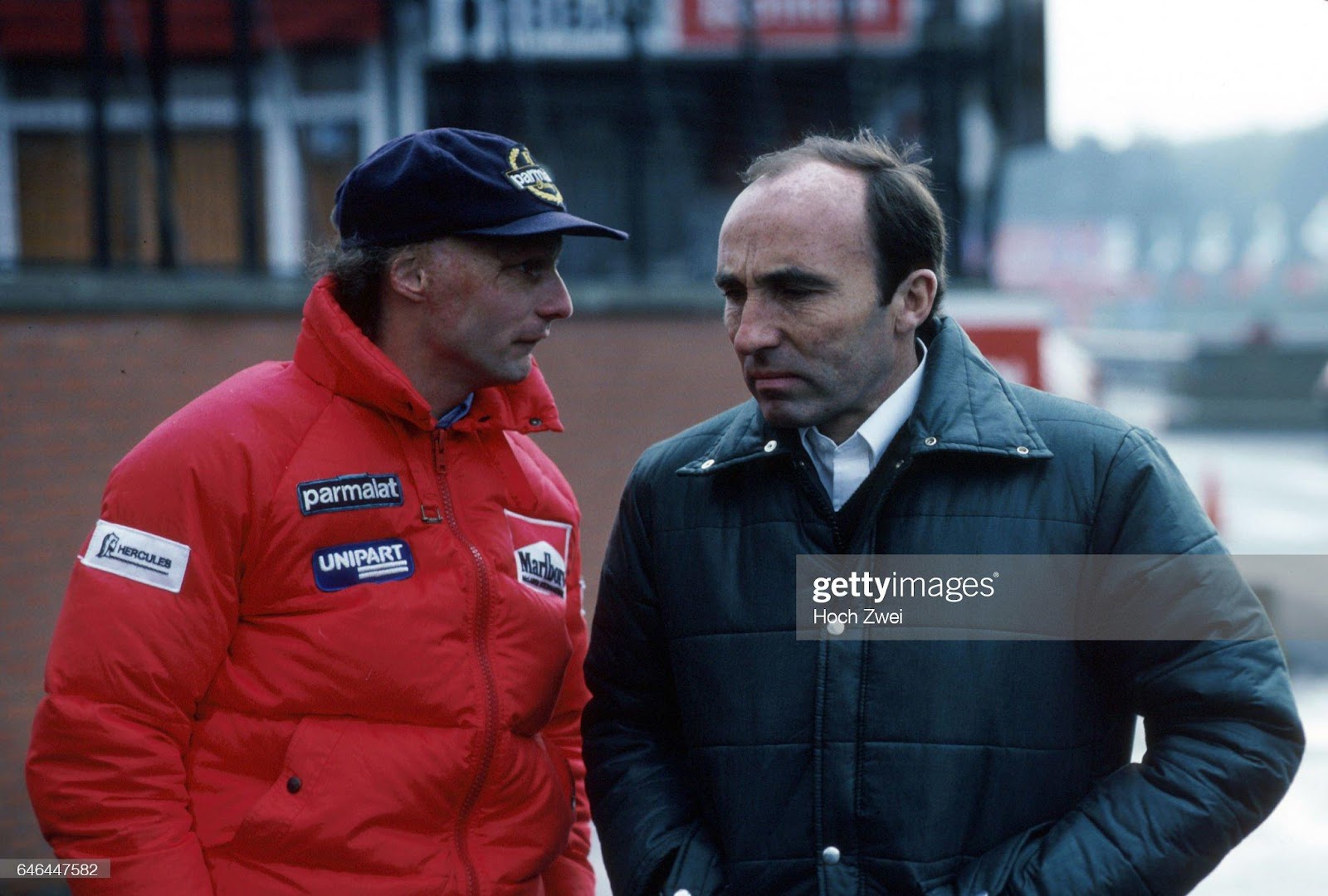
Niki Lauda and Frank Williams at the Belgian Grand Prix in Zolder on May 09, 1982. Photo by Hoch Zwei/Corbis via Getty Images.
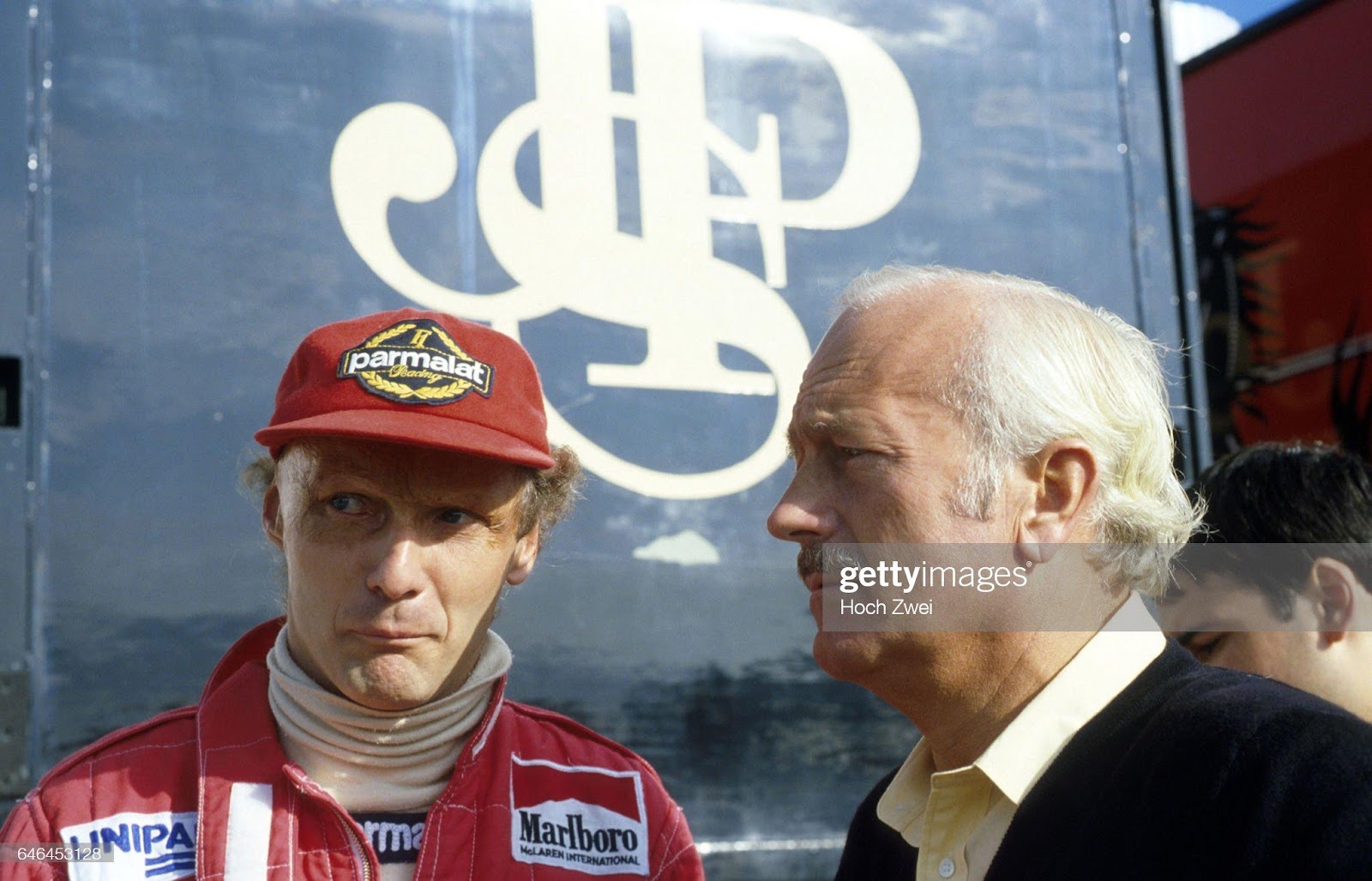
Niki Lauda with Colin Chapman on July 1, 1982. Photo by Hoch Zwei/Corbis via Getty Images.
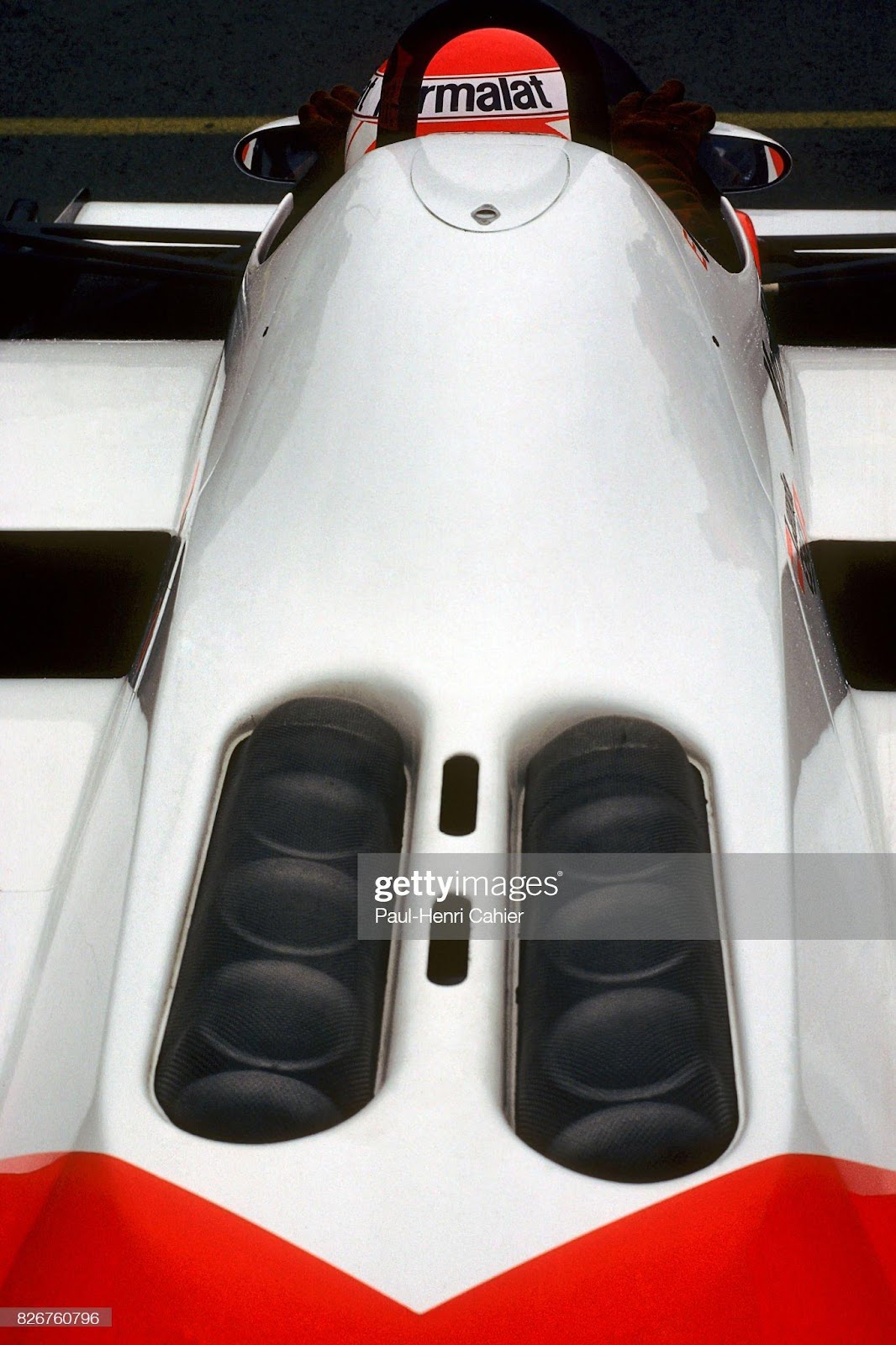
Niki Lauda, McLaren-Ford MP4/1B, Grand Prix of France, Paul Ricard, 25 July 1982. Photo by Paul-Henri Cahier/Getty Images.
In 1982 Lauda returned to racing. After a successful test with McLaren, in his third race back, he won the Long Beach GP.
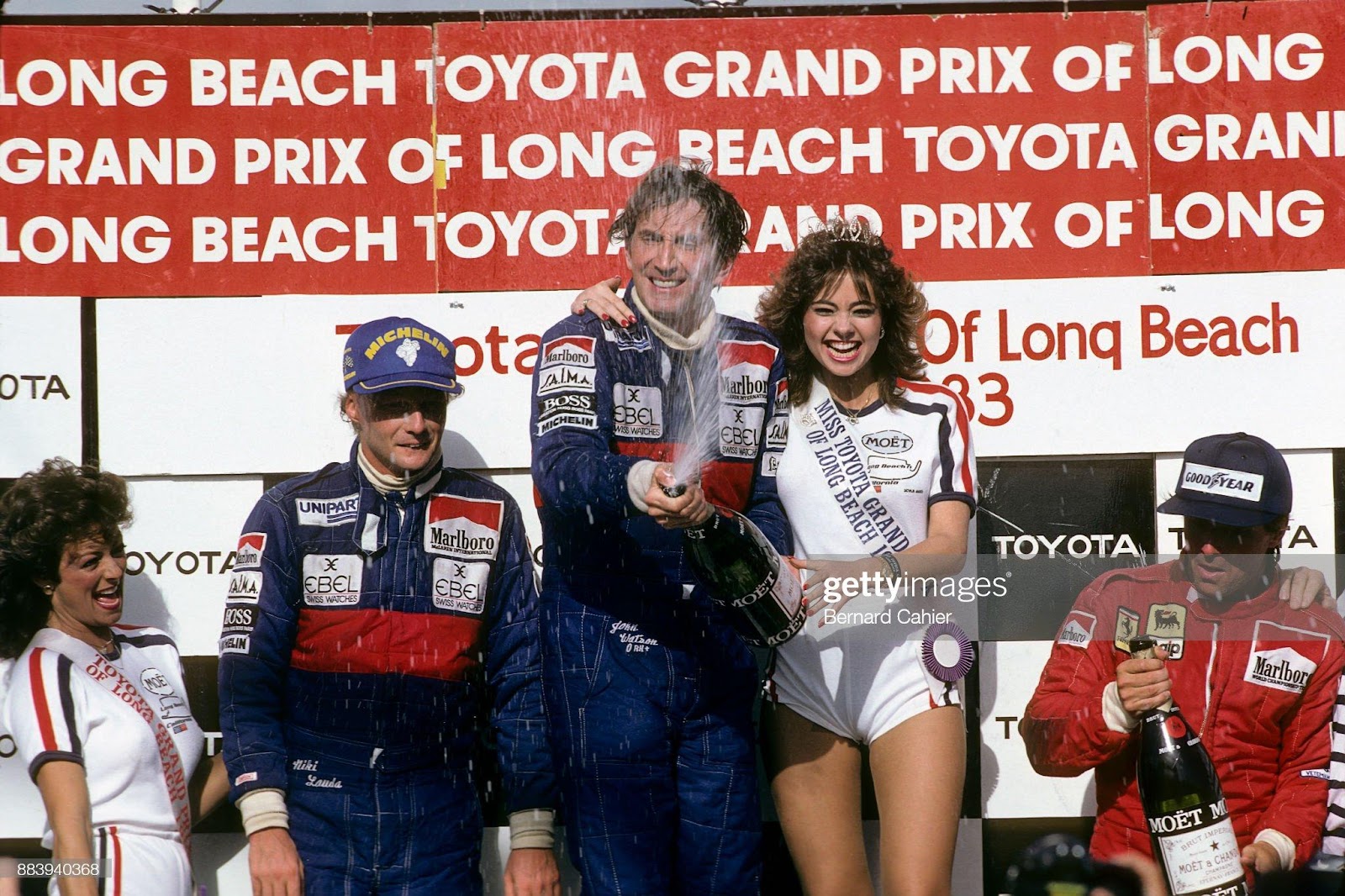
John Watson, winner, Niki Lauda and Rene Arnoux at the Grand Prix of the United States West in Long Beach on 27 March 1983. Photo by Bernard Cahier/Getty Images.
In 1983 Niki did not win a race. Some political maneuvering by the Austrian forced a furious chief designer John Barnard to design an interim car earlier than expected to get the TAG-Porsche engine some much needed race testing. Lauda won a third world championship in 1984 by half a point over teammate Alain Prost. Initially, Niki did not want Prost to become his teammate, as he presented a much faster rival. However, during the two seasons together, they had a good relationship and Lauda later admitted that beating the talented Frenchman was a big motivator for him. Lauda, who set a record for the most pole positions in a season during the 1975 season, rarely matched his teammate in qualifying.
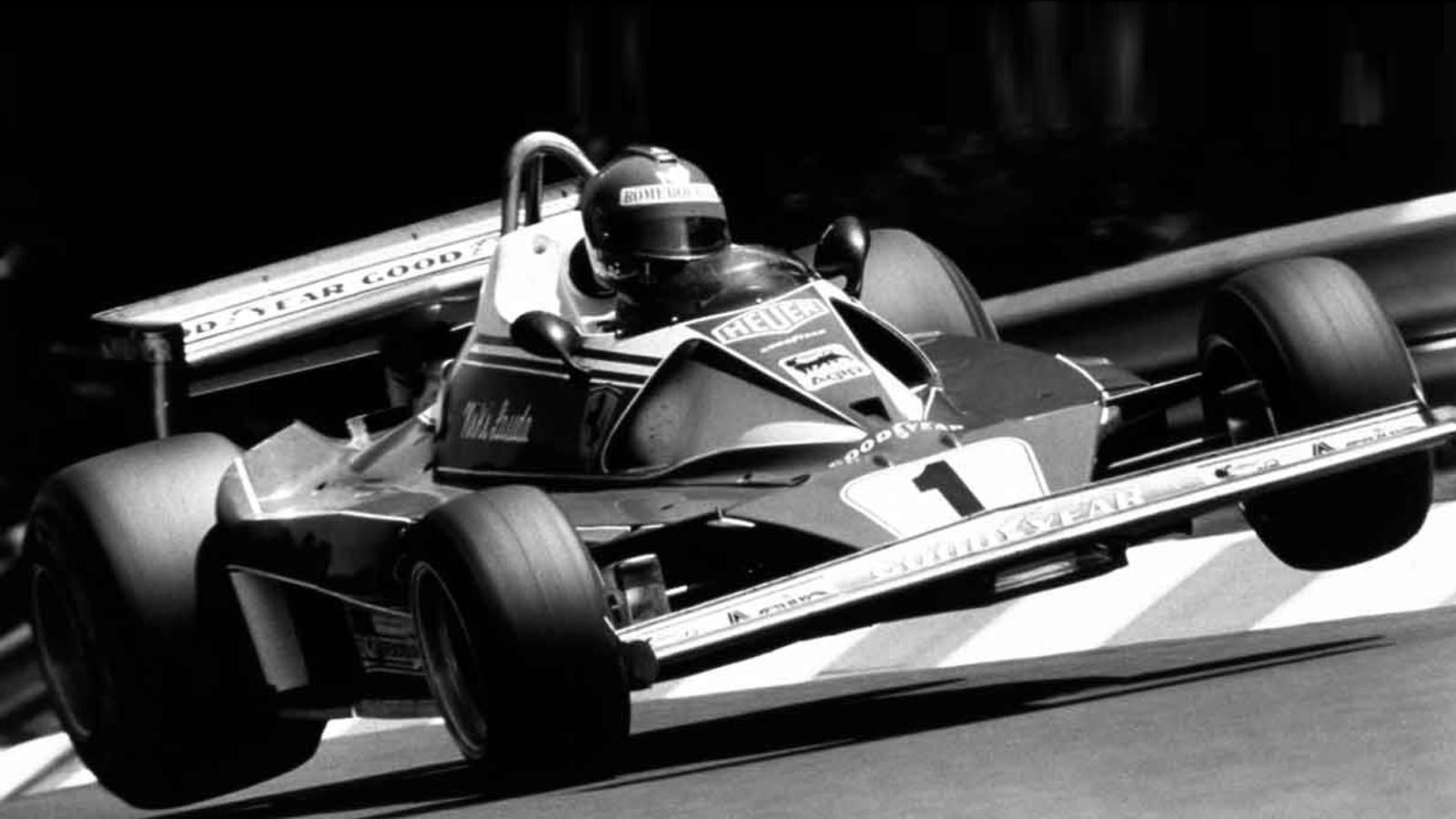
Journalist Giorgio Terruzzi says in his 2014 article: “when racing, not a sympathy. Concentrated, quite, mentally busy to keep his eye on everything. Opponents, technicians, data, every leaf moving around him. That was really his strength, this strength he has maintained, improving character, releasing an irony as strong as his cynicism. Niki Lauda: super smart, always ready to take and to act accordingly. With a determination extremely rare and formidable, something that he raised as a kid, when he antagonized his rich, very powerful paternal grandfather. His first enemy, his key to do what great things he did.
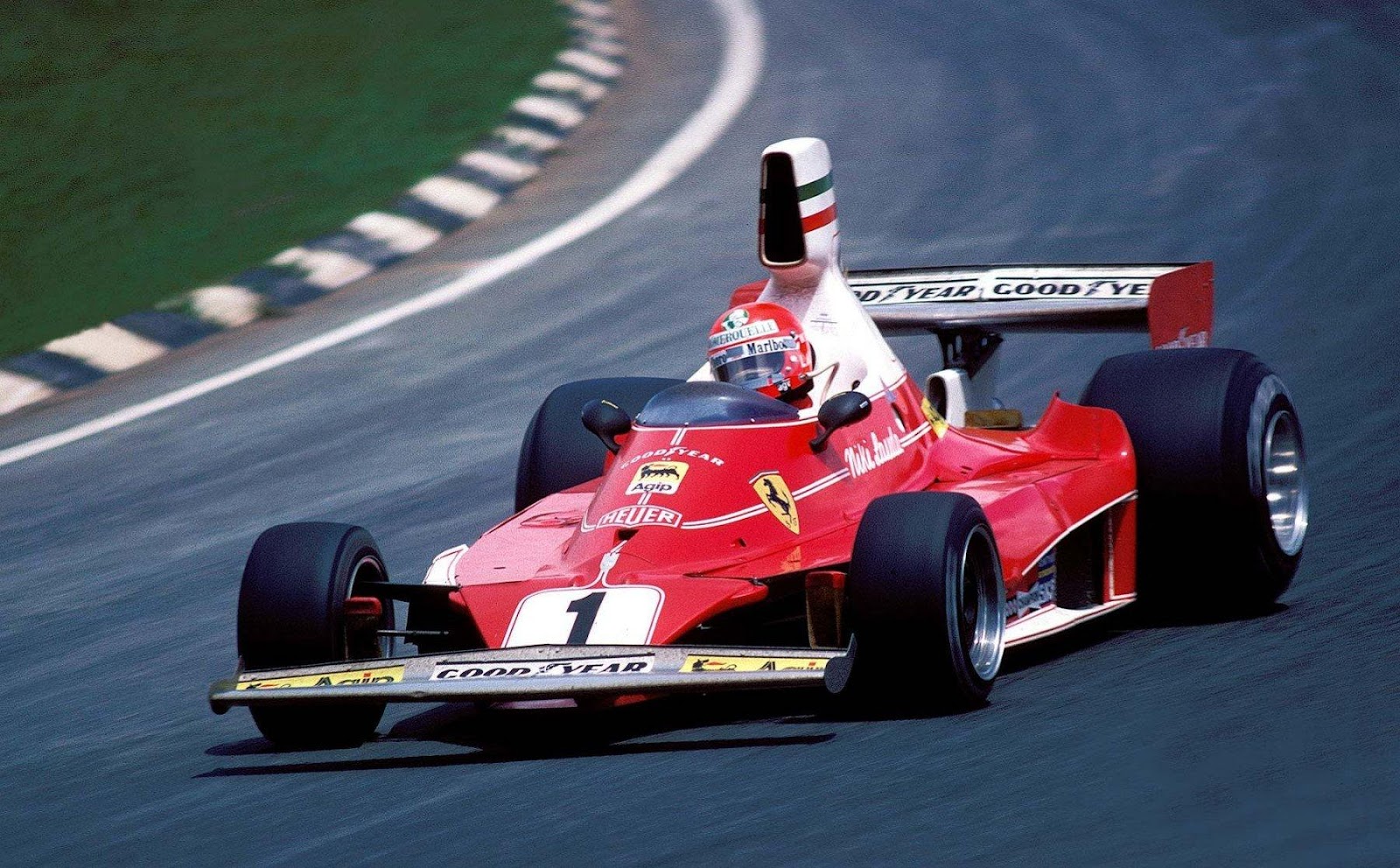
Niki Lauda, Ferrari 312 T2, at Nurburgring GP in 1976.
A man used to fight still and always, against death, in 1976, after that accident and that burning at the Nurburgring, against Enzo Ferrari who resented a driver capable of obscure the Prancing Horse, champion and great champion in the first really televised era of Formula One; against James Hunt, more like his friend, beaten on track and pardoned by the flood which stopped Niki at Fuji in ’76; against Alain Prost, skewered by half a point right in ’84. And then against a number of physical damages which forced him to a double kidney transplant, organs donated by his brother and his girlfriend. He has always striven, with that way of thinking and of talking very directly - newspaper-headlines style, which never gives you a discount, never concedes to conventions. That cap which resists and masks the burns gotten on track, never cancelled by any surgery, with pride which borders on tenderness. He talks with an original punctuation, especially in Italian, he cuts all judgment avoiding complacency, he always keeps center stage a quick pragmatism. In some ways implacable. Seeing him around, always a pleasure. That he reciprocates with willingness and, also by dint of working as television commentator, efficiently. His long human and sporting history is a container full of faces, adventures, historical and memorable events. He’s very busy right now, less time to stand there to remember and tell in his own way which always amuses and impresses. “Quando detto a Enzo Ferrari che io via da Ferrari a fine stagione, lui molto arrabbiato. Poi io andare dormire albergo vicino Maranello con macchina data da Ferrari, una Fiat 131. Mattino dopo io sveglio e macchina non c’è più. Chiamo Ghedini per dire: rubato mia macchina. Lui dire: no rubato. Macchina presa Ferrari nella notte”. (When I told Enzo Ferrari I would have left Ferrari in the end of the season, he was really upset. Then I went to sleep in a hotel close to Maranello with a car given by Ferrari, a Fiat 131. The next morning I woke up and the car was gone. I call Ghedini to say: somebody stole my car. And he said: it was not stolen, the car was taken by Ferrari in the night). Amazing. Lauda from his point of view. But also Enzo Ferrari.”
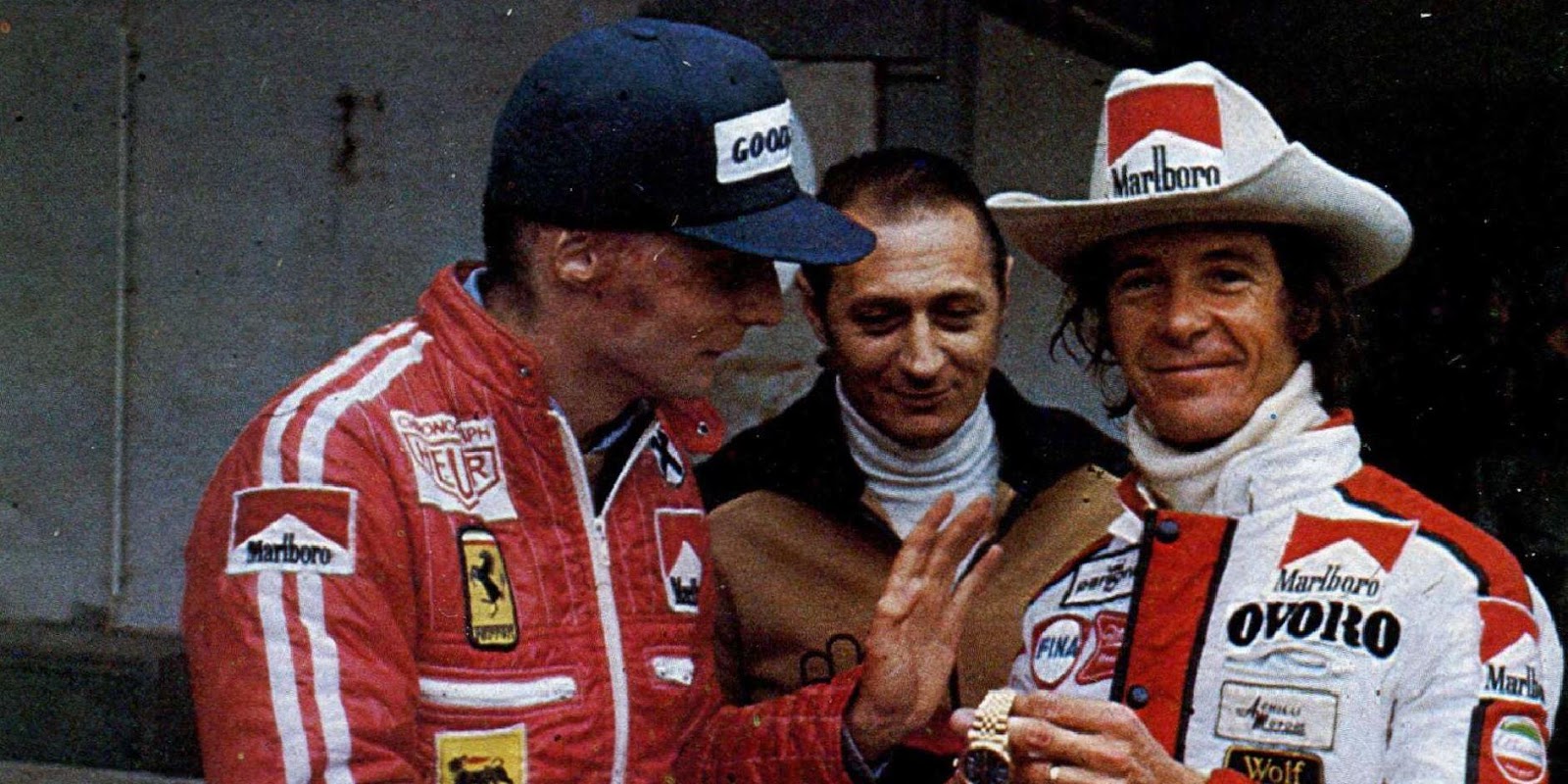
Niki Lauda and Arturo Merzario.
The driver who saved Niki and Luca di Montezemolo talk about the accident in Germany. Of the burning of the Nurburgring you know now almost everything: on the facts of that 1 August 1976 books have been written, produced documentaries, investigations; Ron Howard even made a movie, Rush, a big comic book a little controversial but all in all truthful. And yet, many years after, a mystery, a little mystery, still exists.
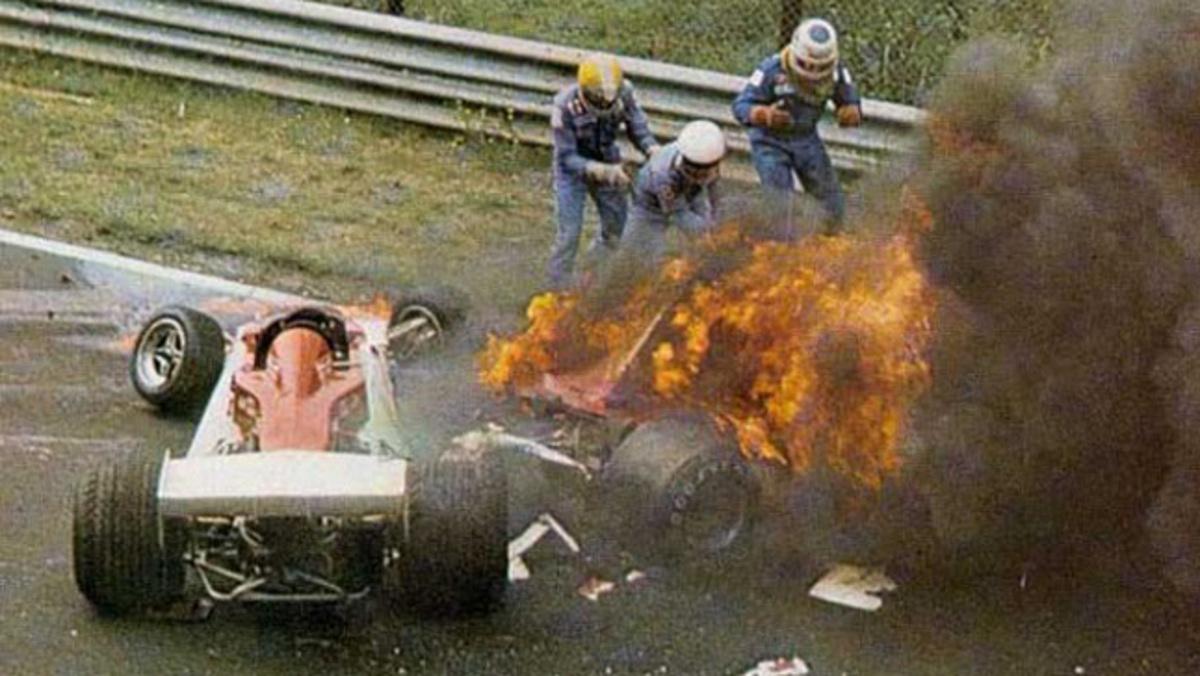
Lauda’s accident in 1976.
Arturo Merzario, the driver who that day was following Lauda on the German track and who got first at the crash site, talks about it in this way: “I still don’t get what pushed me, that day, to stop the car. I mean: it was not the first dramatic accident that I used to see on track and every other time I acted differently, I continued my race, as indeed to date drivers did and do. But that day there was something and I still have no idea what, which suggested me, indeed forced me to do otherwise, to stop me, to get out of the car and run to Niki.” What? “The million-dollar question. It was a flash, a lightning. I didn’t think anything, I came at the exit of the corner and I found that stuff, metal sheets and flames. Inside it could have been anyone, Niki, Clay Regazzoni, Jackie Stewart. I see the car on the track, I get out and run towards the cockpit. After me Guy Edwards and Harald Ertl stopped: with fire extinguishers they cleared me a path in this enormous fire, Niki tries to get out but forces the belt and I can’t flip the switch, then he collapses, passes out, so I unlock, I pull him out. Magnesium emissions were killing him. Fortunately, in '65, to achieve a 7-days military licence, I took a first aid course: I pumped his chest and did artificial respiration. He stayed alive like that, until rescue came.”
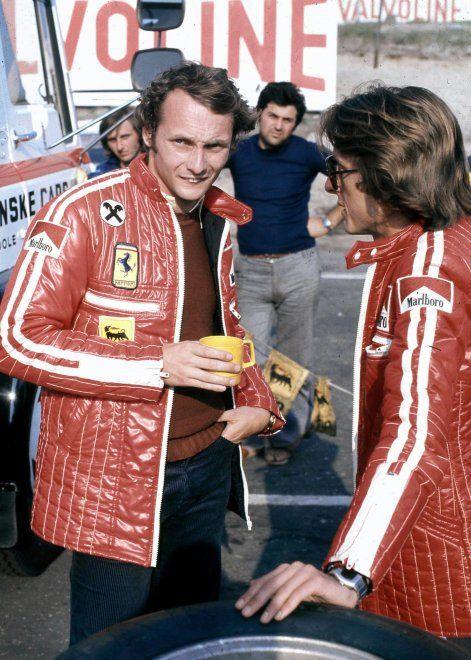
Niki Lauda and Luca di Montezemolo.
The rest of the story comes from Luca di Montezemolo, then young Ferrari sporting director: "the doctor told me: "we can’t do anything: the problem are not burns but emissions, gases which he breathed that burned him inside. If he wants to live, he has to do it. He must try to stay awake and fight.” While the doctor was saying that, Niki, who told it himself later, was conscious and heard them. That’s when he started his personal fight to survive and get back on track. "After I visited him at home. He got very thin. Right then and there we didn’t think he was going to be able to come back, so we signed Reutemann. Instead Niki came back. And we were forced to race three cars. I still remember today blood stains which widened slowly in the white balaclava, before departure at Monza ….“ Actually, another small mystery, in this story of many years ago, exists. And it is related to a Rolex watch. "Three weeks after the burning, Niki came to Monza”, tells again Merzario, “but he didn’t say anything to me, neither hello, or thanks or fuck you. I was pretty upset and I told it. Two months later I was racing in Austria, near his home. He came to visit me and made the gesture of taking off his watch to give it to me. I took it and throwed it away. Mechanics of Alfa picked it up, came to me and offered me plenty of lectures, maybe I was wrong, but I was upset. Fortunately then with Niki we remained very close friends, I talk to him all the time.” And the watch? Who took it in the end? “We promised not to tell anyone.”
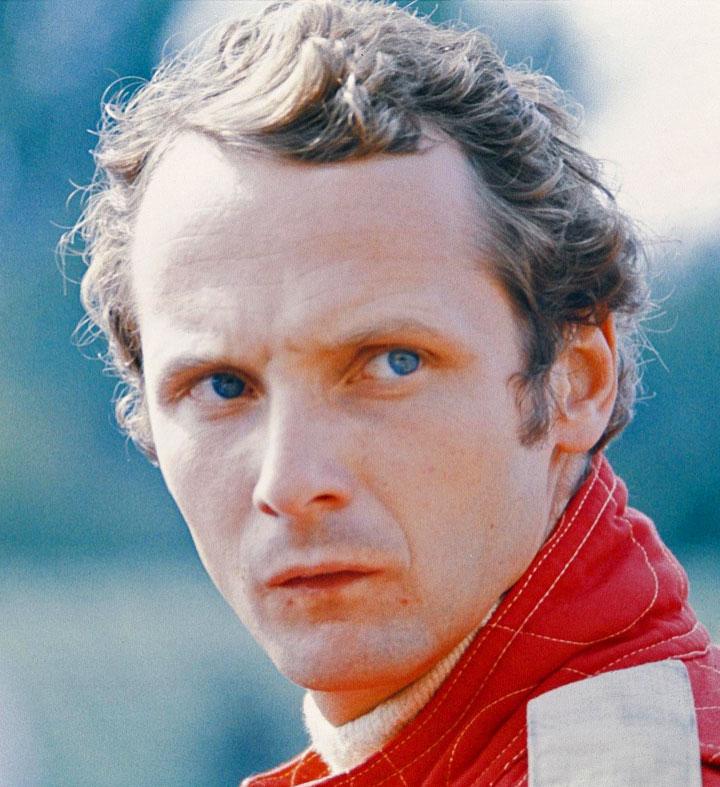
It is Lauda’s misfortune to be defined not by the three F1 world championships he won but by the extraordinary events of the 1976 season. Not that Fuji created many shadows on 24 October 1976. Mario Andretti, who won that day, said: “they were the worst conditions I’d ever seen at the start of a motor race.” Hunt won the world championship. Lauda did not hang around to watch the race. “I went to the airport. I told this Japanese taxi driver to listen to the radio and tell me who had won the title. And, exactly when the end of the race came on the radio, he drove through the tunnel of the airport and the radio stopped. And when we came out, it was over. Who won? I asked. ‘I don’t know,’ he said. But then, as we came up the ramp to the airport, there was a Ferrari man who wanted to say goodbye. And I looked at his face and I knew straight away. ‘Fuck,’ I thought. And he said, yes, Hunt was world champion. So I went home.”

Niki Lauda and James Hunt.
Hunt and Lauda, the yin and yang of F1, the handsome, womanising, extrovert Hunt and the diligent paddock swot Lauda. The great rivalry is featured again in an insightful book on James Hunt by Maurice Hamilton. In it, Hunt describes the warmup to the race in Fuji. “It was ridiculous. Approaching the first corner, there was a huge puddle and you had to brake for the braking area. But the main concern was the spray. This, combined with the mist, meant you couldn’t see a thing. It was madness.” At the end of the race, Hunt added: “I wanted to win the championship and I felt I deserved it. But I also felt Niki deserved to win the championship – and I just wish we could have shared it.” Looking back, Lauda says: “I remember James saying that. And it was the nicest comment I have ever heard. We had a respectful, nice relationship, going back to our days in Formula Three. We trusted each other. He would not push you off the road, which in those days was important. So that film, Rush, is good. It’s 80% correct, with a bit of Hollywood.” Lauda’s decision to return to F1 only six weeks after the crash that almost took his life and then finish fourth in the Italian GP at Monza, is considered to be one of the bravest in the sport’s history. “On the Friday I could not drive. I got out of the car because I was frightened,” he says in the book. “I went to the hotel and thought about it, took it easy on Saturday and then finally got going again.” Hamilton’s book describes Hunt as a complex character who at the start of his life used to cry at night and have tantrums by day. James, when he wasn’t being charming, was often capable of causing considerable offence, such as the time he had a call of nature on a flight and urinated on a curtain separating the aircraft’s cabins. Hunt and Lauda represented a completely different generation of drivers; in the anodyne, hyper-commercialised era of Formula One today, for all his undoubtable skills and charisma, there is not a chance of James Hunt getting into a team.
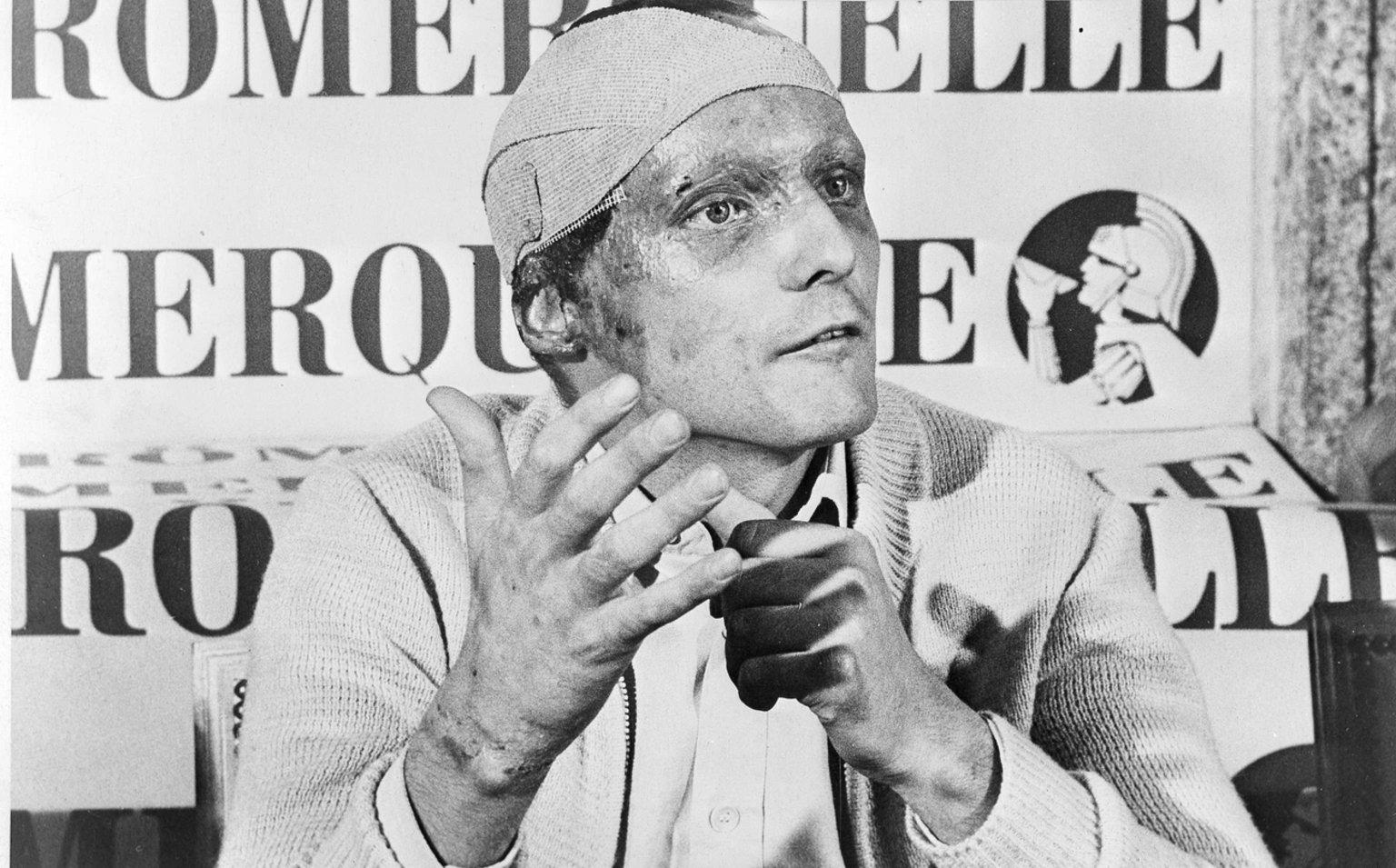
"They told me I was crazy to be back in F1 a month after my accident. Maybe they were the ones who are happy when they have the flu because they don't have to go to the office." Niki Lauda

"In the midst of that deluge I was in a panic, I saw nothing, I had the feeling that anyone could hit me. I found the courage to be afraid, my life is more important than the world championship." Niki Lauda at the 1976 Japanese GP
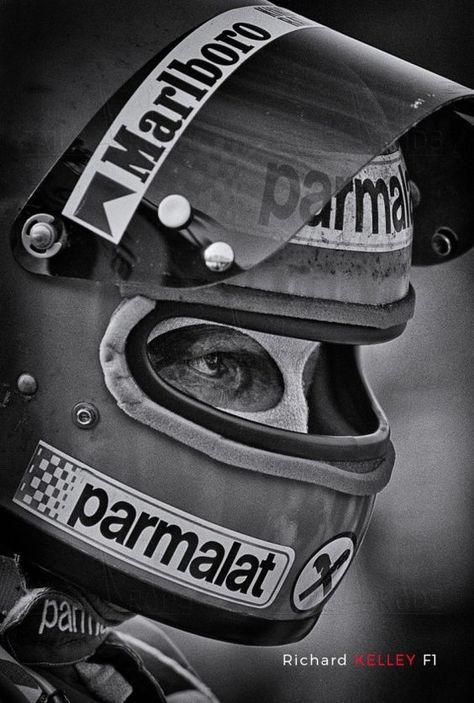
«I'm sick of Monza. I don't want to hear about it anymore and I don't care about this victory." Niki Lauda, Monza 1978
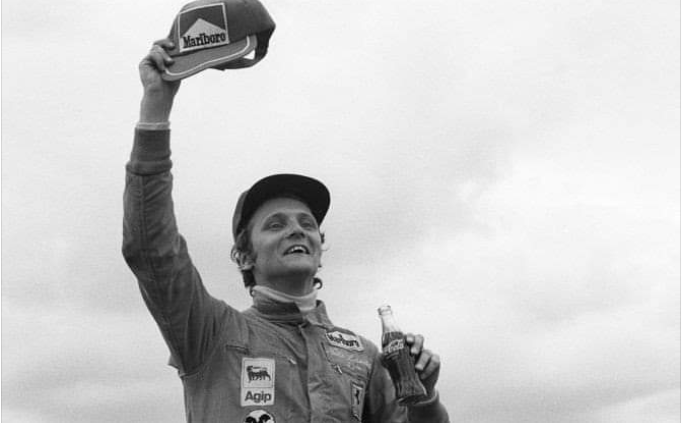
"Lauda has a brain heavier than his right foot." Arturo Merzario
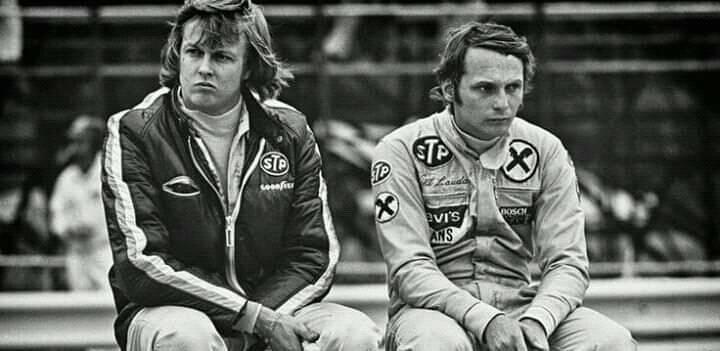
“Lauda just has to think about when, in F2, he didn't know how to overtake me.” Ronnie Peterson
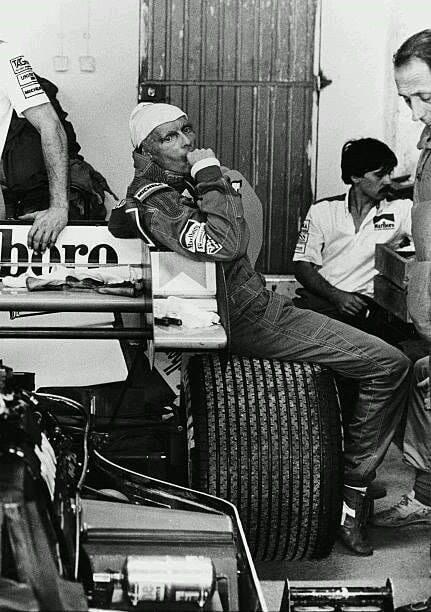
Long Beach 1980, Saturday morning at the hotel. Fittipaldi: "today I hope in soft tires to improve." Piquet: "I prefer hard tires because the car with D tires becomes too soft and hops." Fittipaldi says that maybe Nelson is right and goes away. Piquet tells Cevenini of Autosprint: “it’s not true at all, but I learned from others to always tell the opposite of the truth, in particular from Lauda I learned to tell these lies. Niki last year with his lies about the engine revs made me change 6 tachometers."
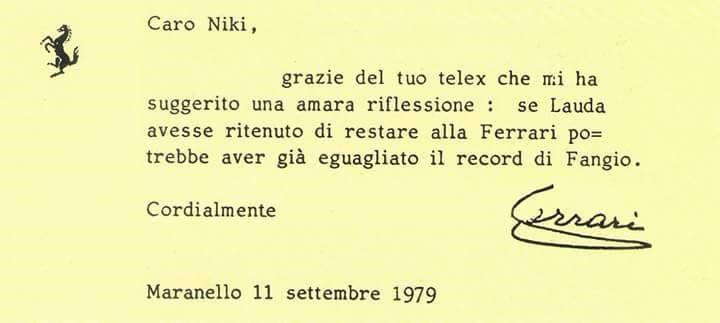
“Dear Niki, thank you for your telex which suggested to me a bitter reflection: if Lauda had decided to stay at Ferrari he could have already equaled Fangio's record”. Sincerely. Enzo Ferrari. Maranello September 11, 1979.
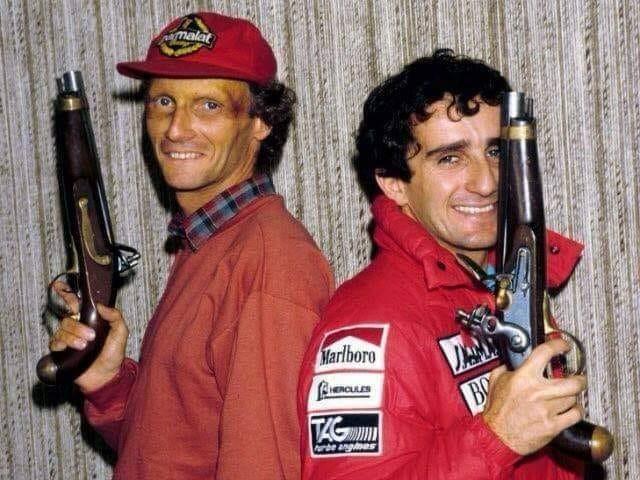
"Lauda was convinced he could do good and bad weather within the McLaren team, he was absolutely certain he could handle any teammate with an arm tied behind his back. Until he found himself paired with Prost and he suddenly realized he had a Concorde stuck in his ass." John Barnard
Niki Lauda, Formula One champion who pushed limits, dies at 70. By Robert D. McFadden. May 21, 2019.
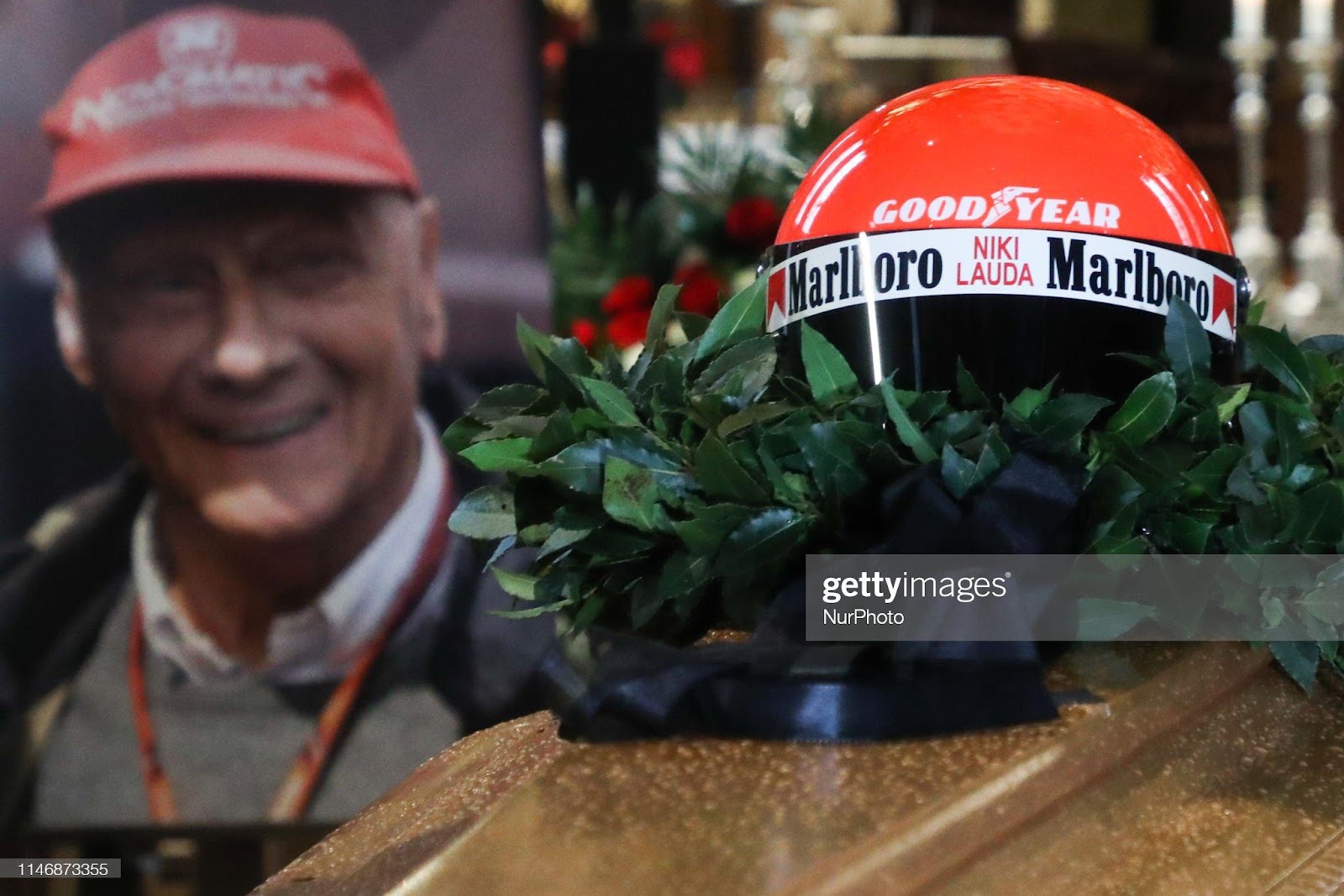
Niki Lauda's funeral ceremony at St Stephen's cathedral, Vienna, Austria on 29 May. 2019. Three-time F1 championship winner was buried in a Ferrari racing suit with full state honours. Photo by Beata Zawrzel/NurPhoto via Getty Images.
Niki Lauda, the Austrian racecar driver who was regarded as one of the greatest racing drivers of all time, died on Monday in Zurich. He was 70.
His family confirmed the death, at University Hospital, in a statement to the Austria Press Agency. No cause was reported.
Lauda was injured many times in race crashes and once nearly killed.
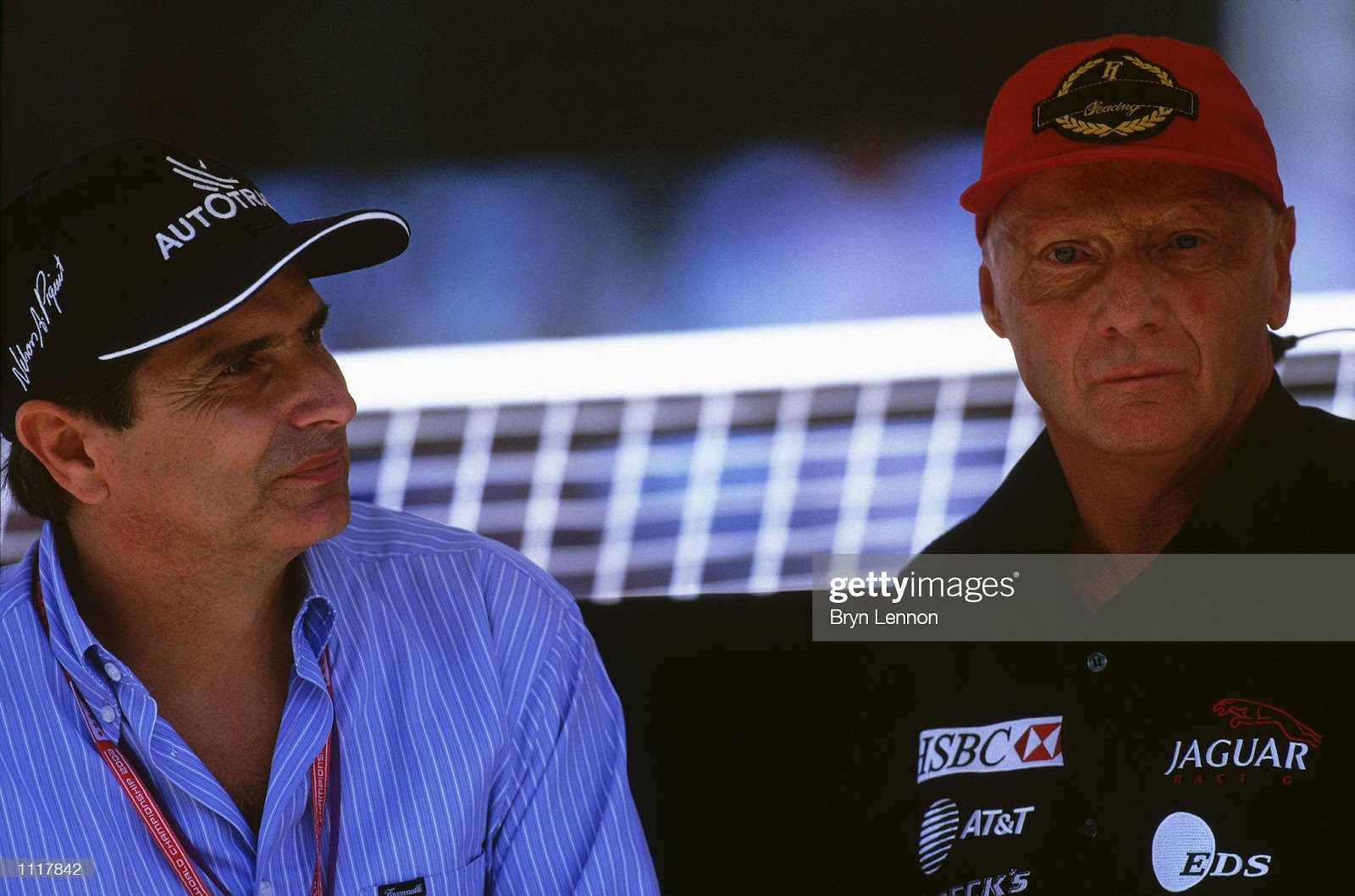
Jaguar team principal Niki Lauda (right) chats with old rival Nelson Piquet before the F1 Brazilian Grand Prix at Interlagos in Sao Paulo, Brazil, on March 31, 2002. Credit: Bryn Lennon/Getty Images.
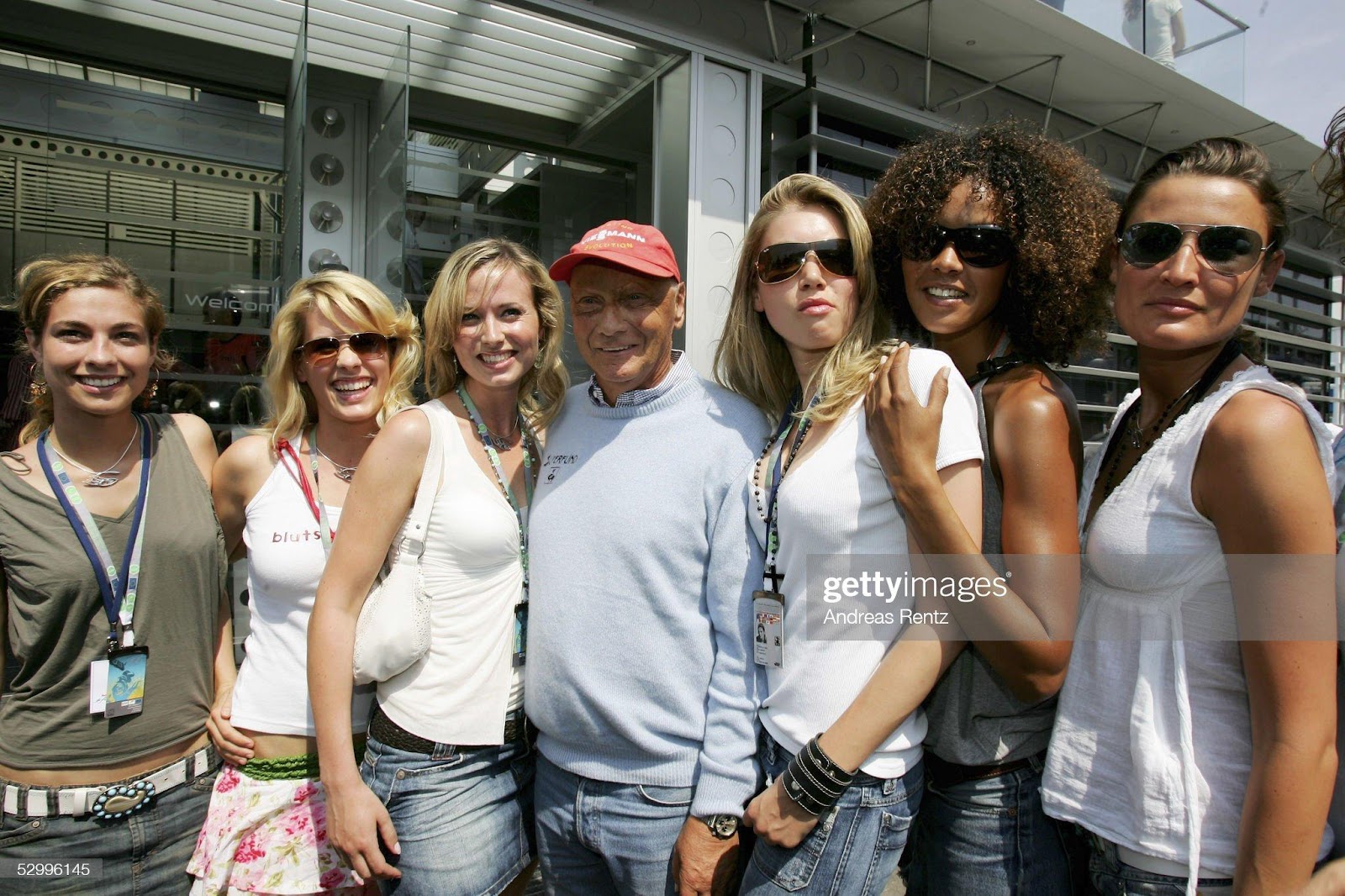
Niki Lauda together with Austrian models during the European F1 Grand Prix at the Nurburgring on May 29, 2005 in Nurburg, Germany. Photo by Andreas Rentz/Bongarts/Getty Images.
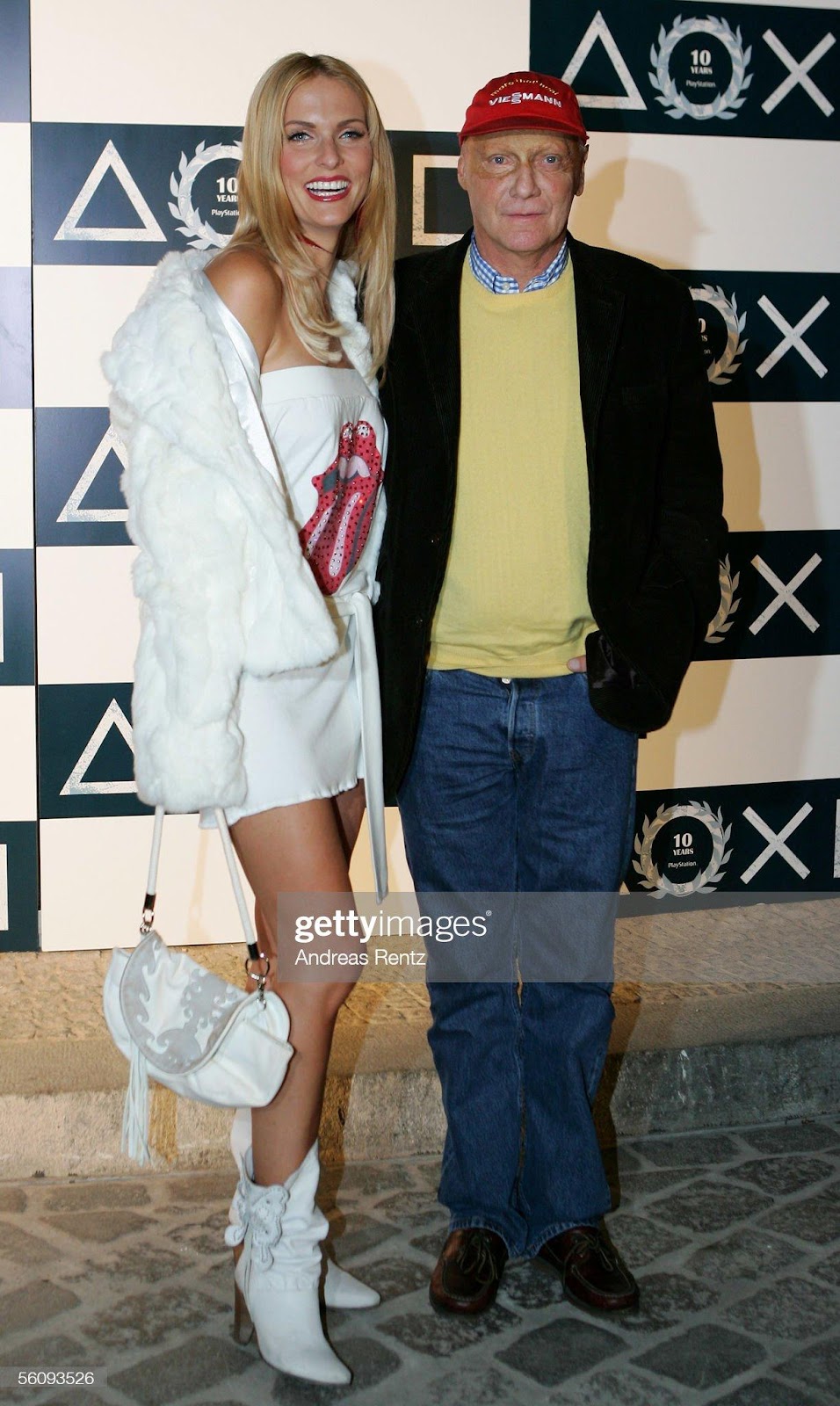
Sonya Kraus (left) and Niki Lauda, CEO of Niki Airline (right), attend at the 10 years Sony PlayStation party on November 04, 2005 in Berlin, Germany. Photo by Andreas Rentz/Getty Images.
He had kidney transplants in 1997 and 2005 and last August, while struggling with severe lung disease, he underwent what was described as a successful lung transplant at a hospital in Vienna.
The scion of an industrial family that opposed his daredevil driving career, Lauda (pronounced LAO-da) was a road warrior who dazzled motoring experts and crowds that lined the twisting, turning Grand Prix courses of Europe, Africa, Asia and the Americas for grueling all-weather races. For a driver, it took guts, focus and precision moves among the shifting packs roaring at high speeds.
“Formula One is simply about controlling these cars and testing your limits,” Lauda told The Telegraph of London in 2015. “This is why people race — to feel the speed, the car and the control. If in my time you pushed too far, you would have killed yourself. You had to balance on that thin line to stay alive.”
Unlike the Indianapolis 500, America’s Memorial Day weekend classic in which drivers take 200 laps around a 2.5-mile rectangle with rounded corners, Grand Prix races are held worldwide on public roads with hills and turns and on odd-shaped specially built circuits with right- and left-hand curves of varying sharpnesses.
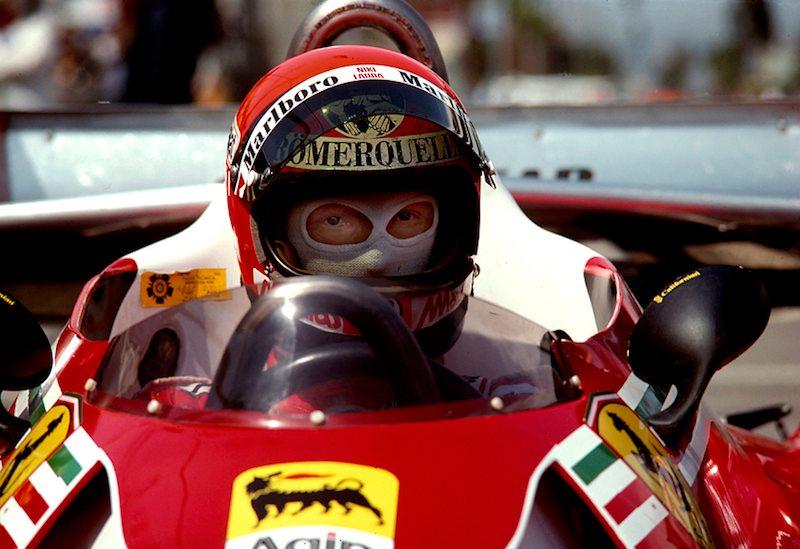
Niki Lauda in a Ferrari.
In his 17-year career (1969 - 85) in the open cockpit of Porsches, Ferraris, McLarens and other high-tech torpedoes on wheels, mostly in Formula One competition, Lauda won 25 Grand Prix races.
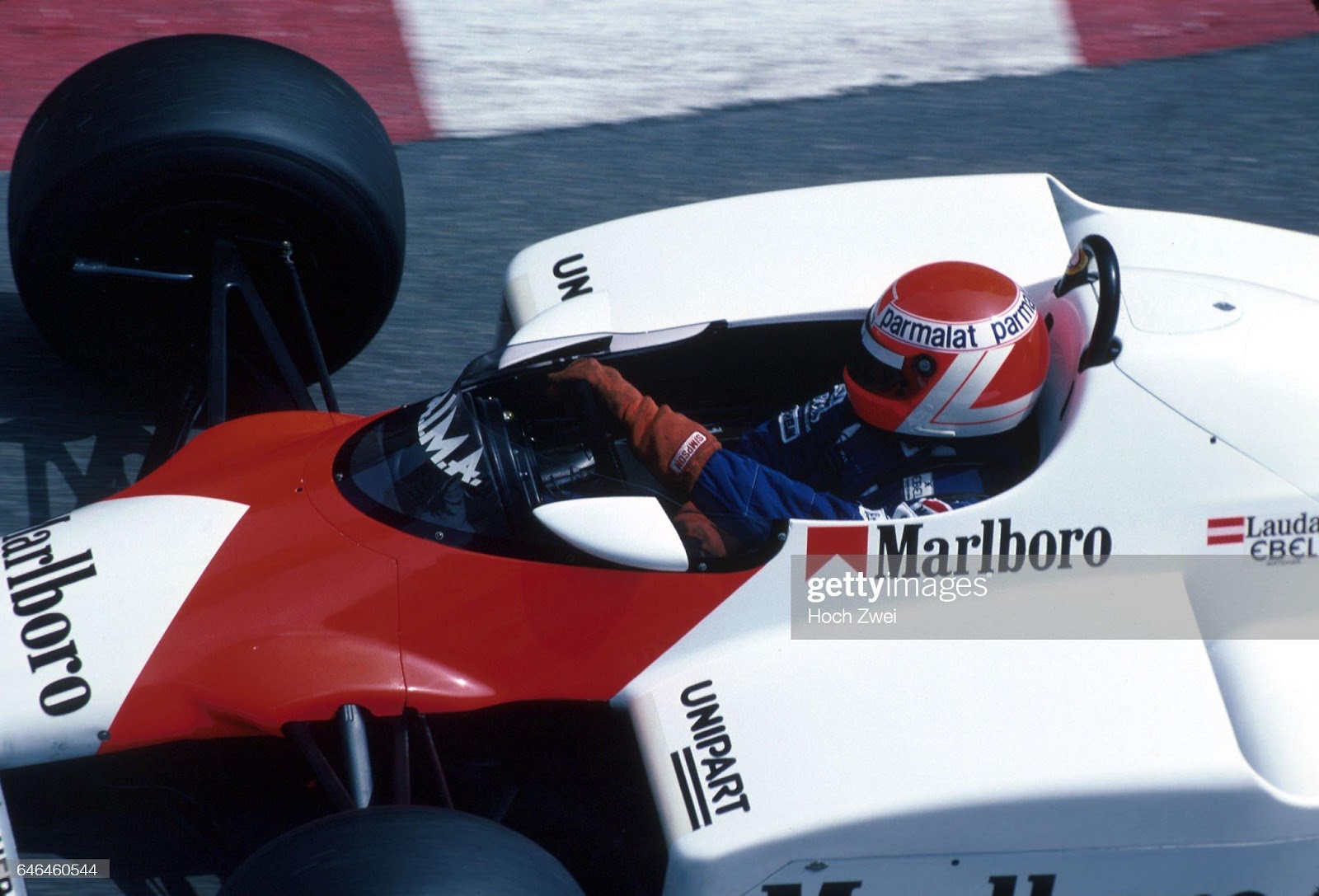
Niki Lauda, McLaren-Ford MP4-1C, at the Monaco Grand Prix in Monte Carlo on May 15, 1983. Photo by Hoch Zwei/Corbis via Getty Images.
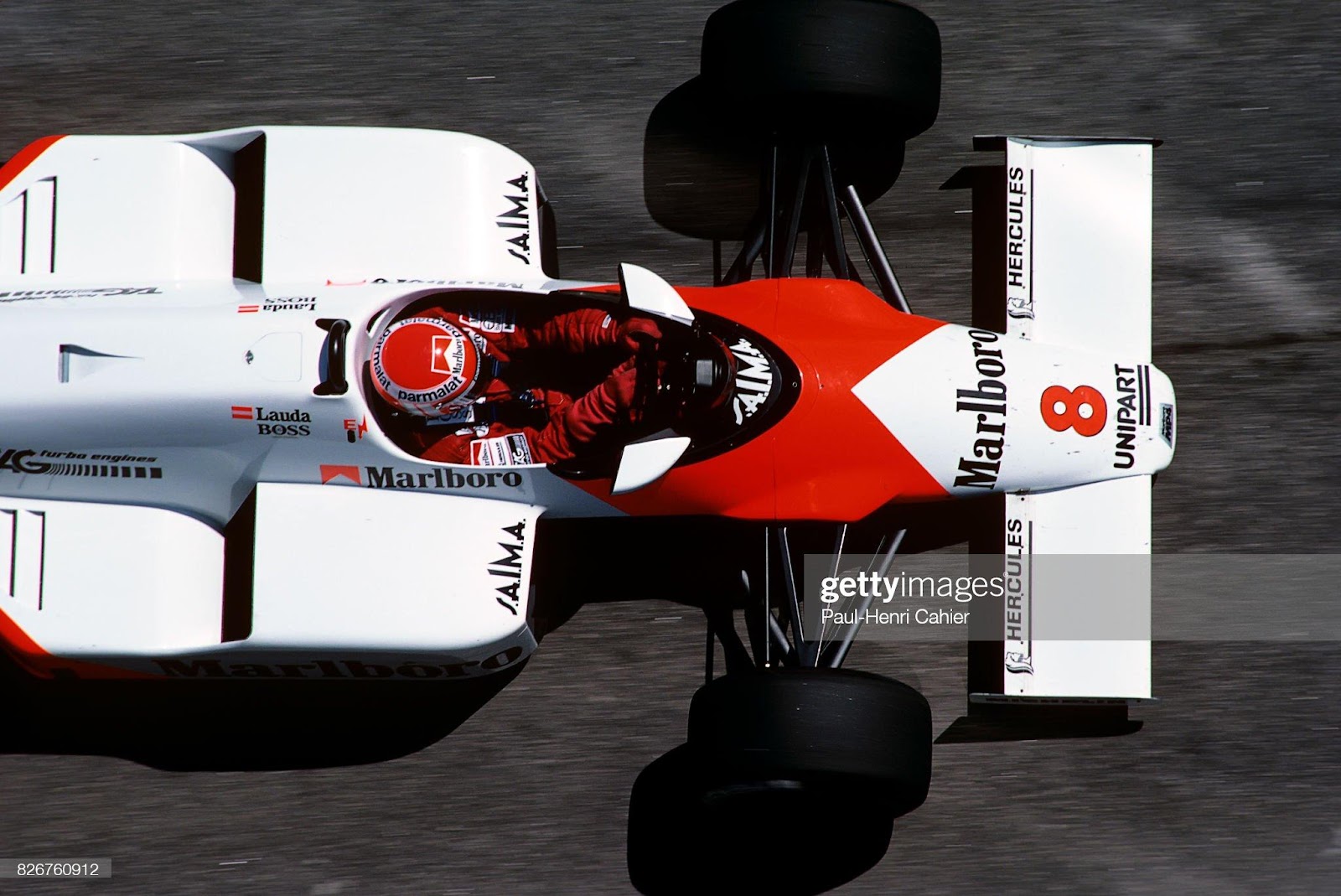
Niki Lauda, McLaren-TAG MP4/2, Grand Prix of Brazil, Interlagos, 25 March 1984. Photo by Paul-Henri Cahier/Getty Images.
Points were awarded to the top six finishers in a race (today it is the top 10) and by amassing the highest point total in 16 authorized races, Lauda won the Formula One world driving championships in 1975, 1977 and 1984.
Since the crowns were first awarded, in 1950, only five drivers have surpassed Lauda’s three titles.
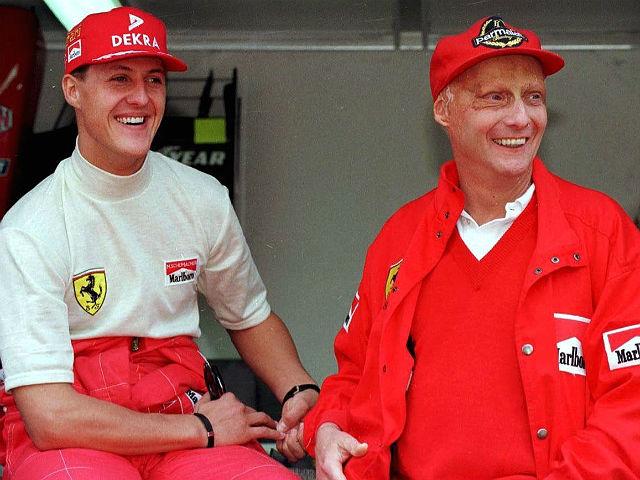
Niki Lauda with Michael Schumacher.
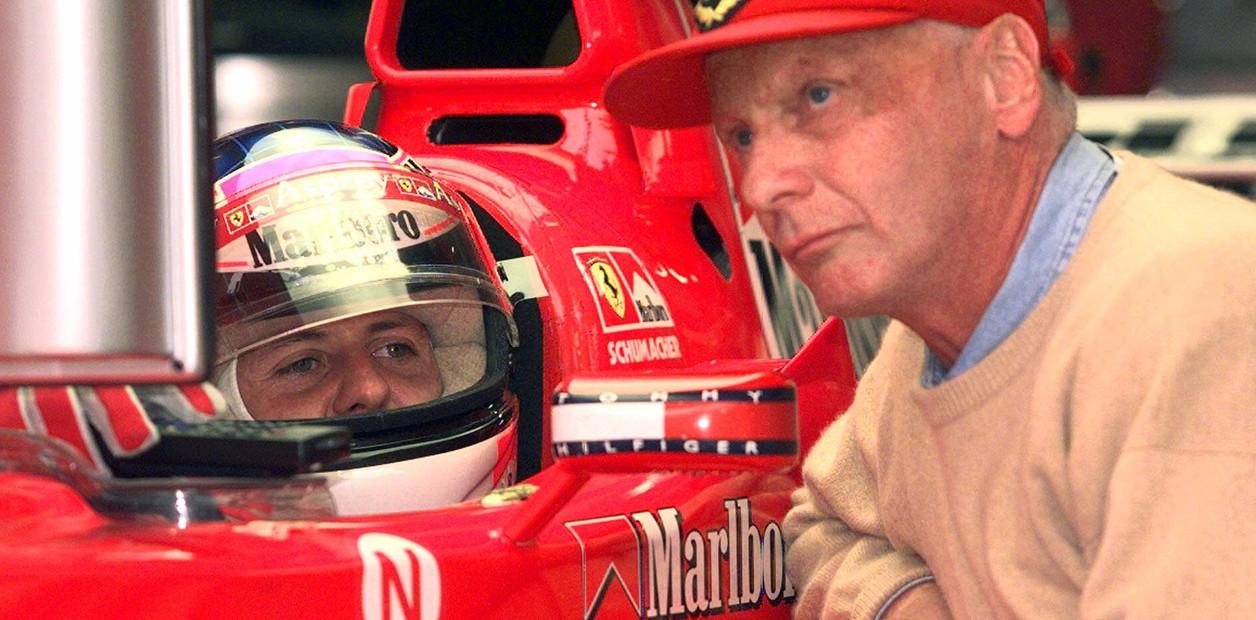
Niki Lauda with Michael Schumacher.
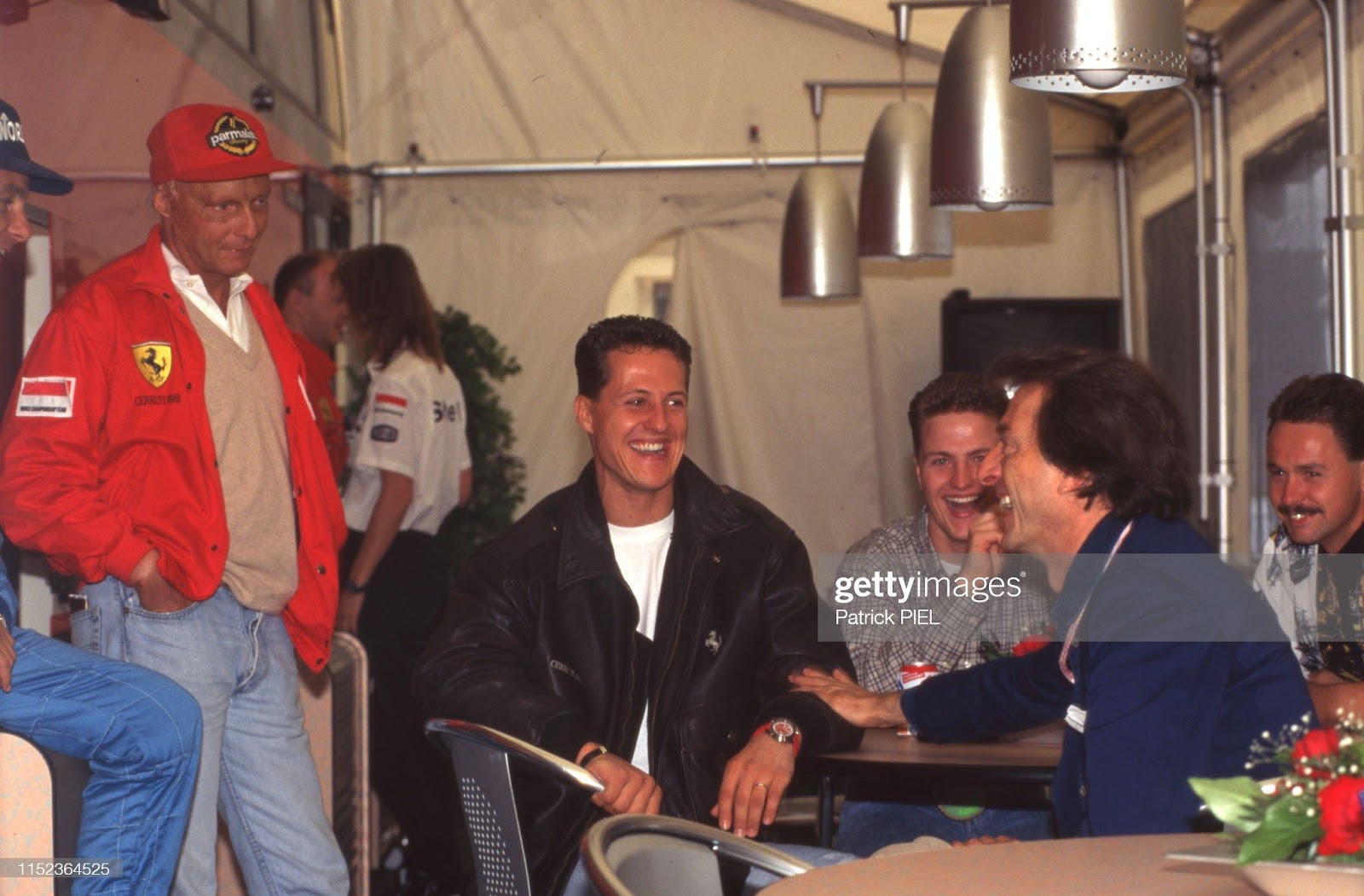
Niki Lauda, Michael Schumacher and Luca di Montezemolo at the F1 Grand Prix in Hockenheim, Germany, on July 28, 1996. Photo by Patrick Piel/Gamma-Rapho via Getty Images.
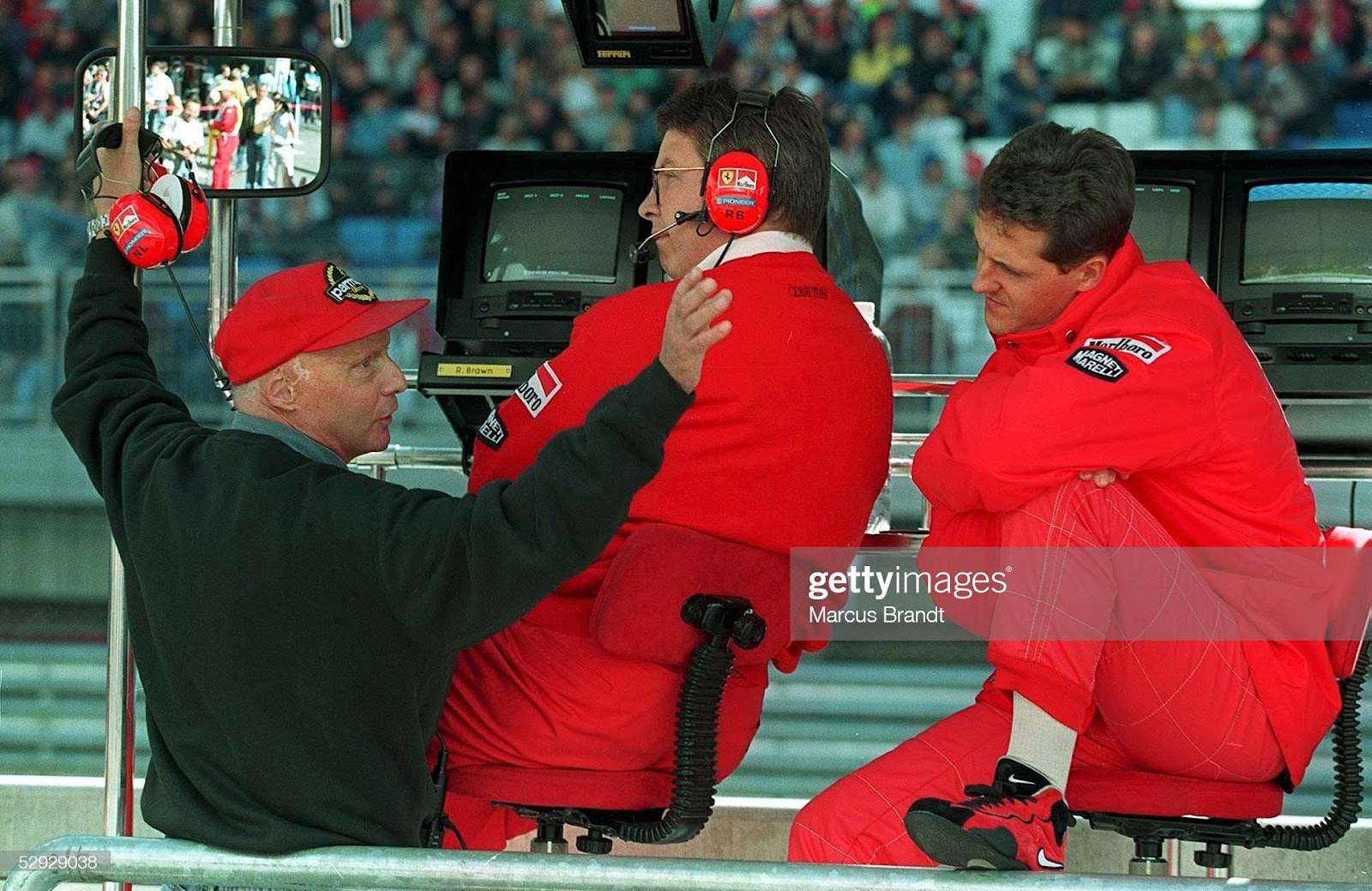
Niki Lauda, Ross Brawn and Michael Schumacher at the Austrian Grand Prix in Zeltweg on September 21, 1997. Photo by Marcus Brandt/Bongarts/Getty Images.
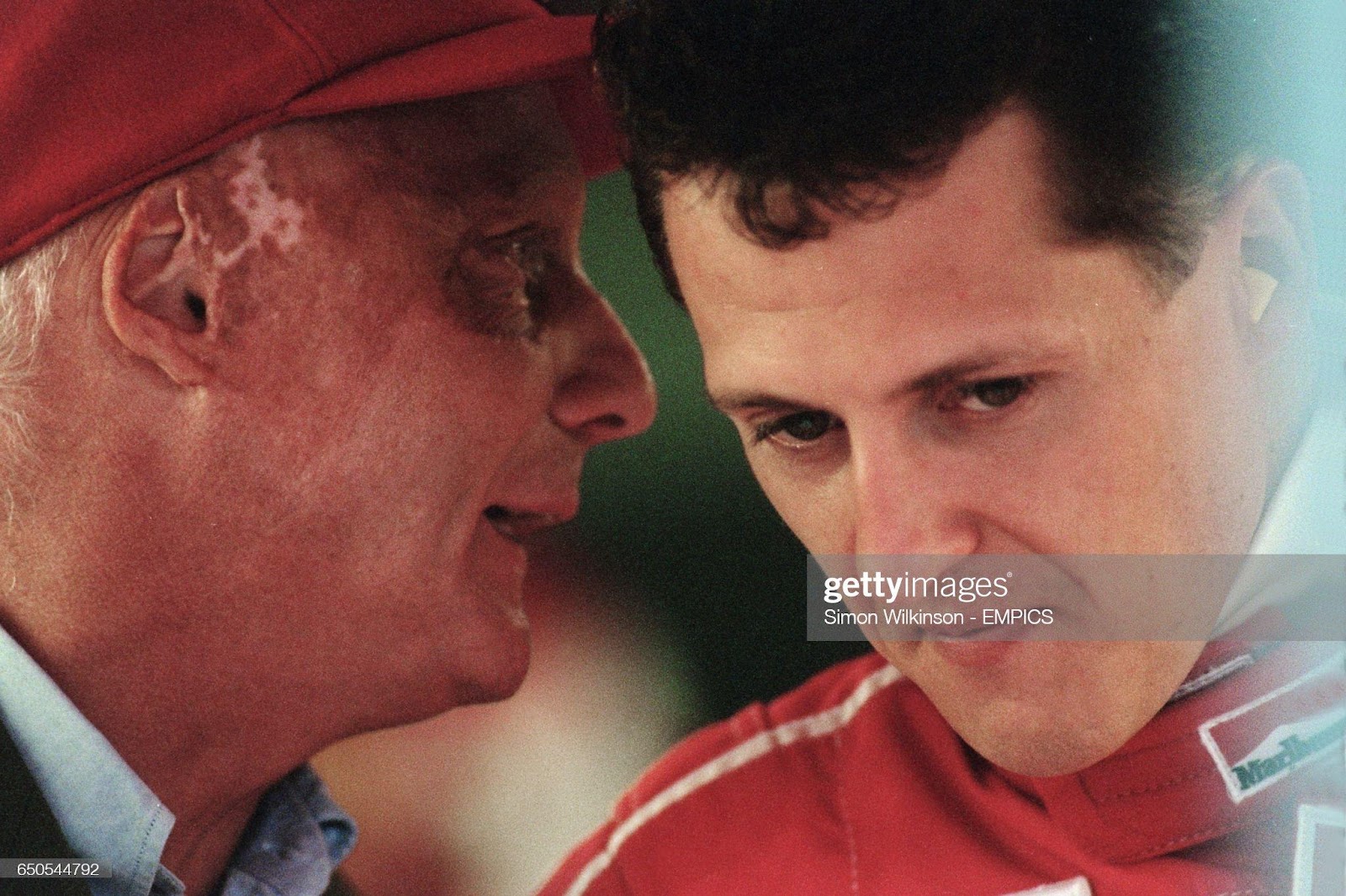
Niki Lauda chats to Michael Schumacher in the garage during this mornings practice on September 12, 1998. Photo by Simon Wilkinson/Empics via Getty Images.
The record, seven, was set by Michael Schumacher, of Germany, between 1994 and 2004.
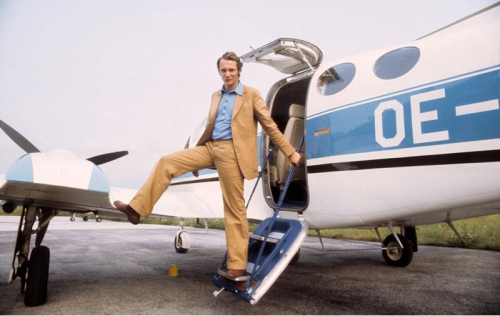
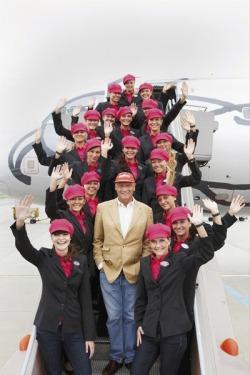
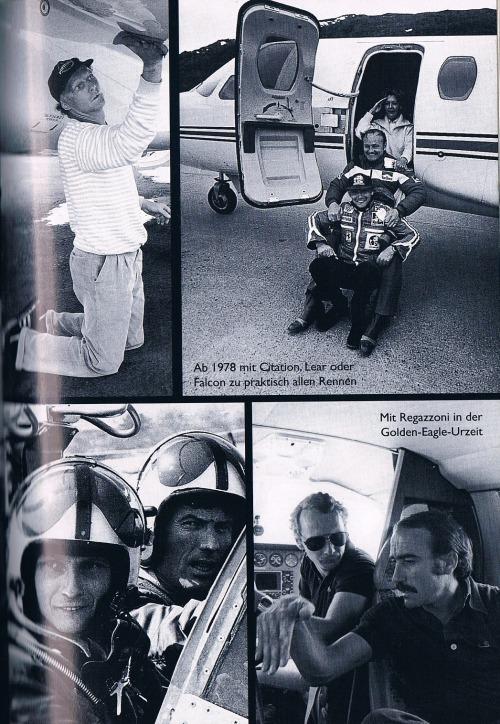
Lauda, a licensed commercial pilot, founded and for years ran his own airline, Lauda Air, first as a charter, then as a scheduled carrier from Austria to Southeast Asia, Australia and the Americas.
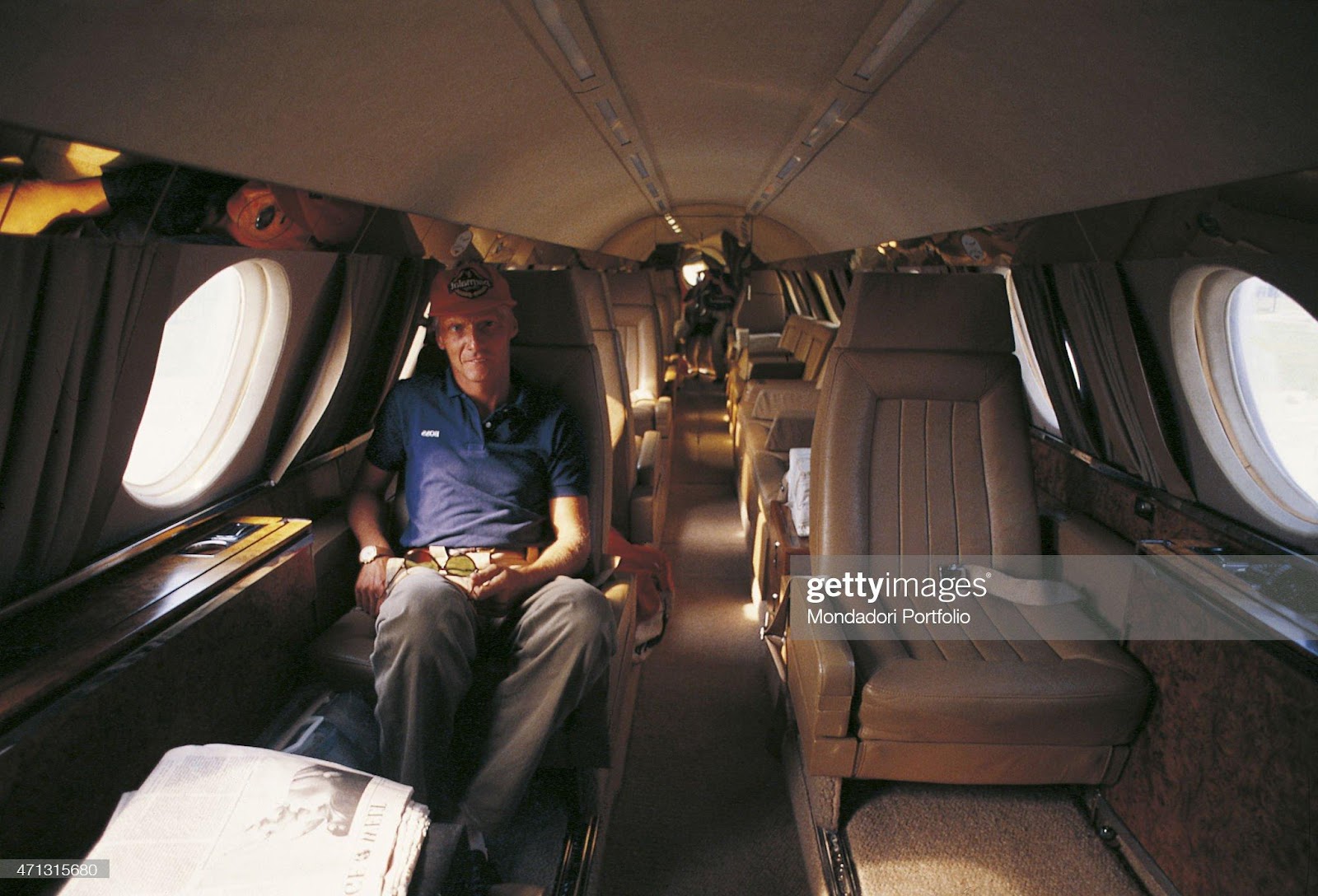
Niki Lauda sitting into an airplane on January 1, 1980. Photo by Giorgio Lotti\Mondadori via Getty Images.
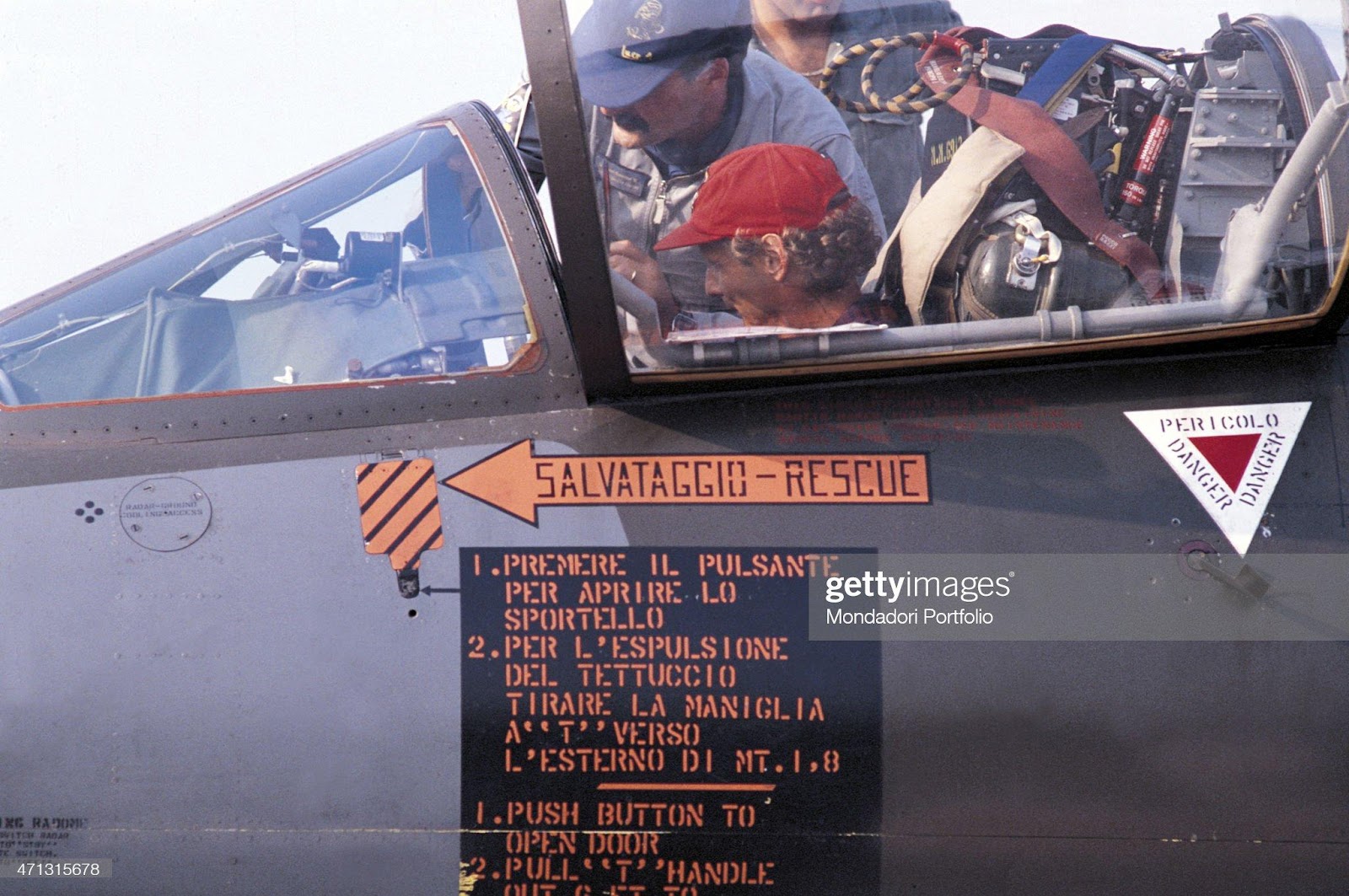
Niki Lauda sitting into an airplane and listening to the directions of an engineer on January 1, 1980. Photo by Giorgio Lotti\Mondadori via Getty Images.
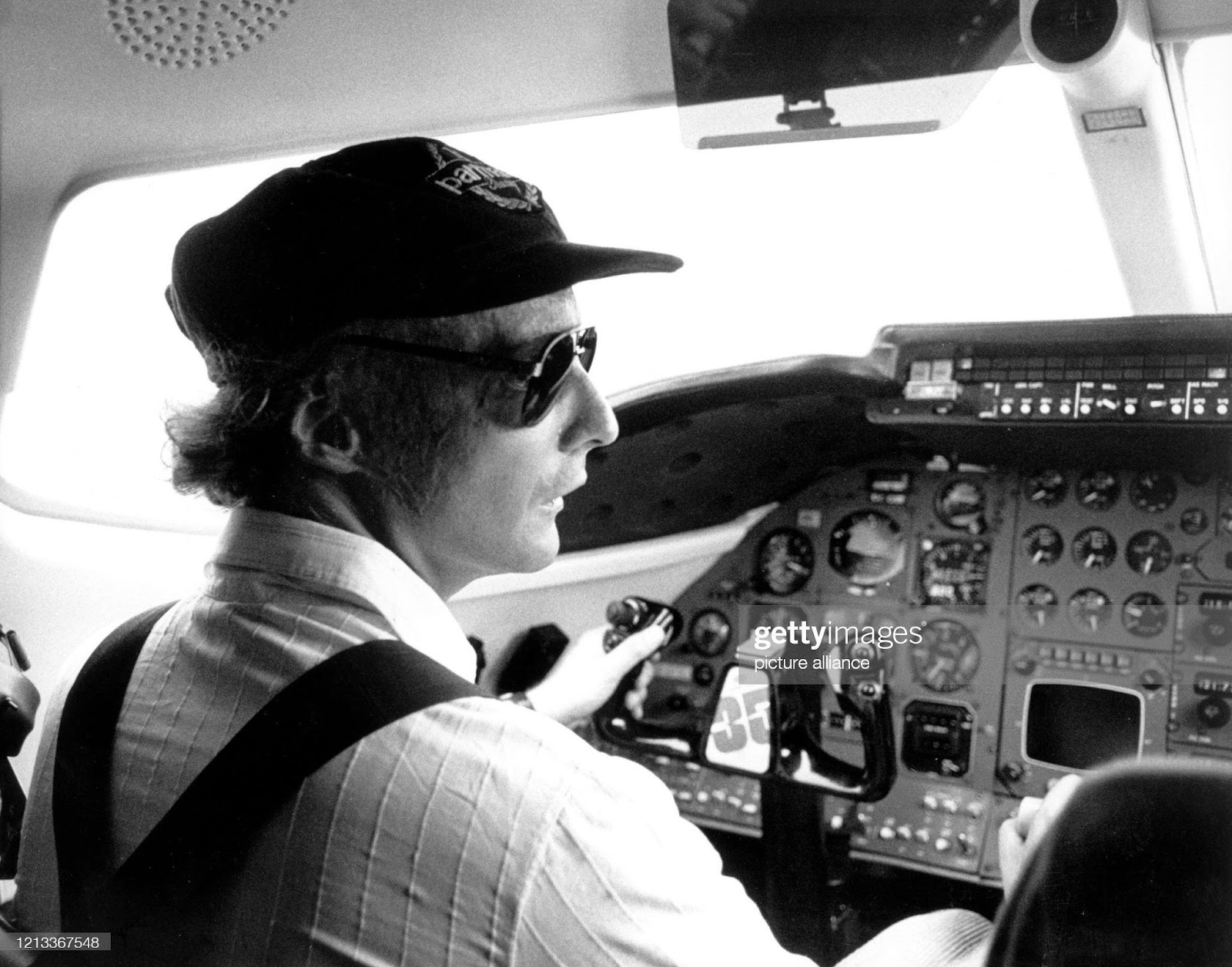
The historical photo of September 5th, 1980 shows the former Formula 1 driver Niki Lauda in the cockpit of one of his airplanes. After completing his sports career, Lauda was able to assert himself as an entrepreneur against all odds, especially in the aviation business. Photo by Istvan Bajzat/picture alliance via Getty Images.
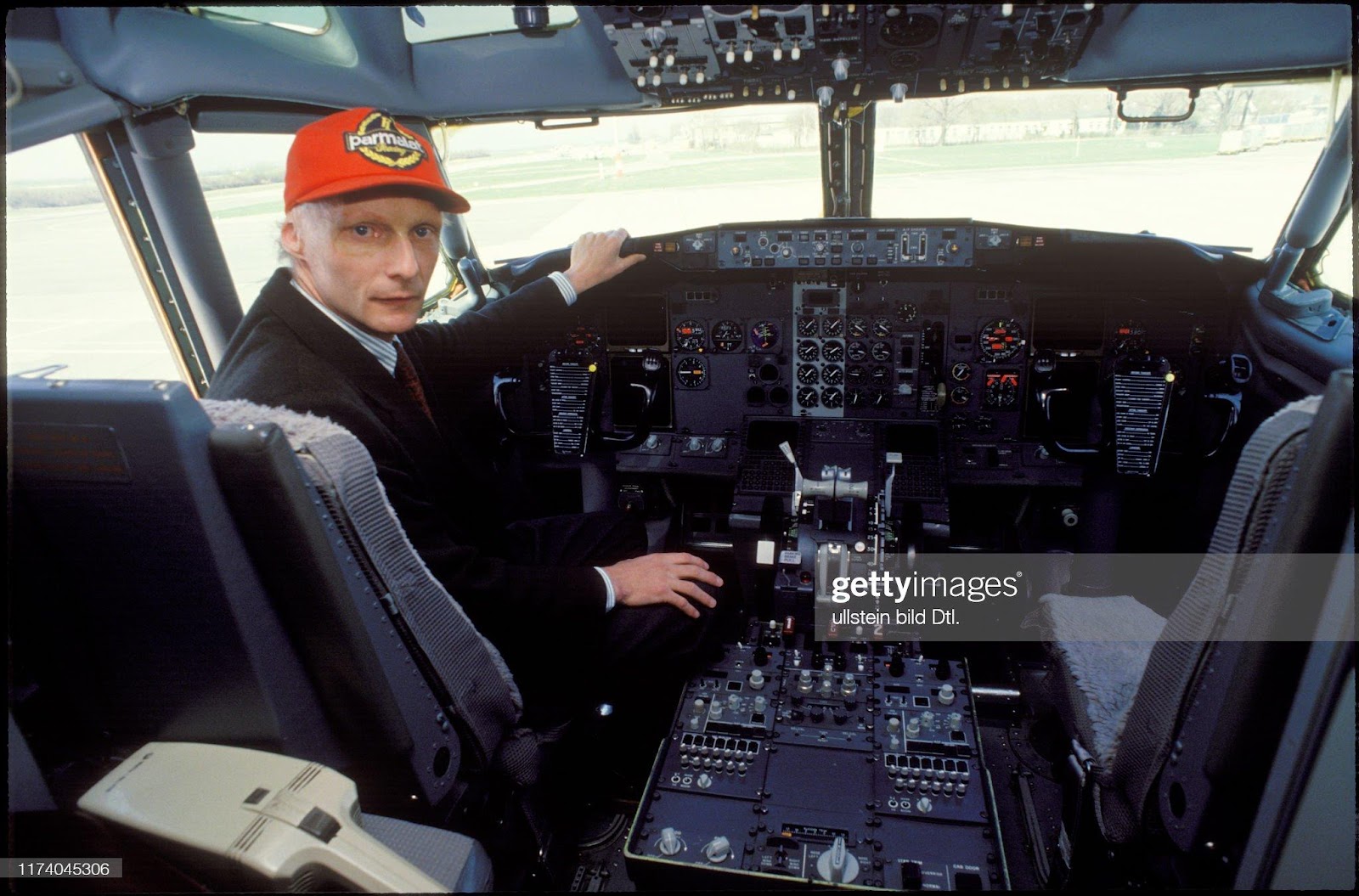
Niki Lauda in the cockpit of his Boeing 737 on April 12, 1988. Photo by Sobli/RDB/ullstein bild via Getty Images.
He sometimes piloted his airline’s flights. In 1991, a Lauda Air jetliner crashed in Thailand, killing all 223 people on board. Lauda was personally involved in the investigation, which was ruled an accident.
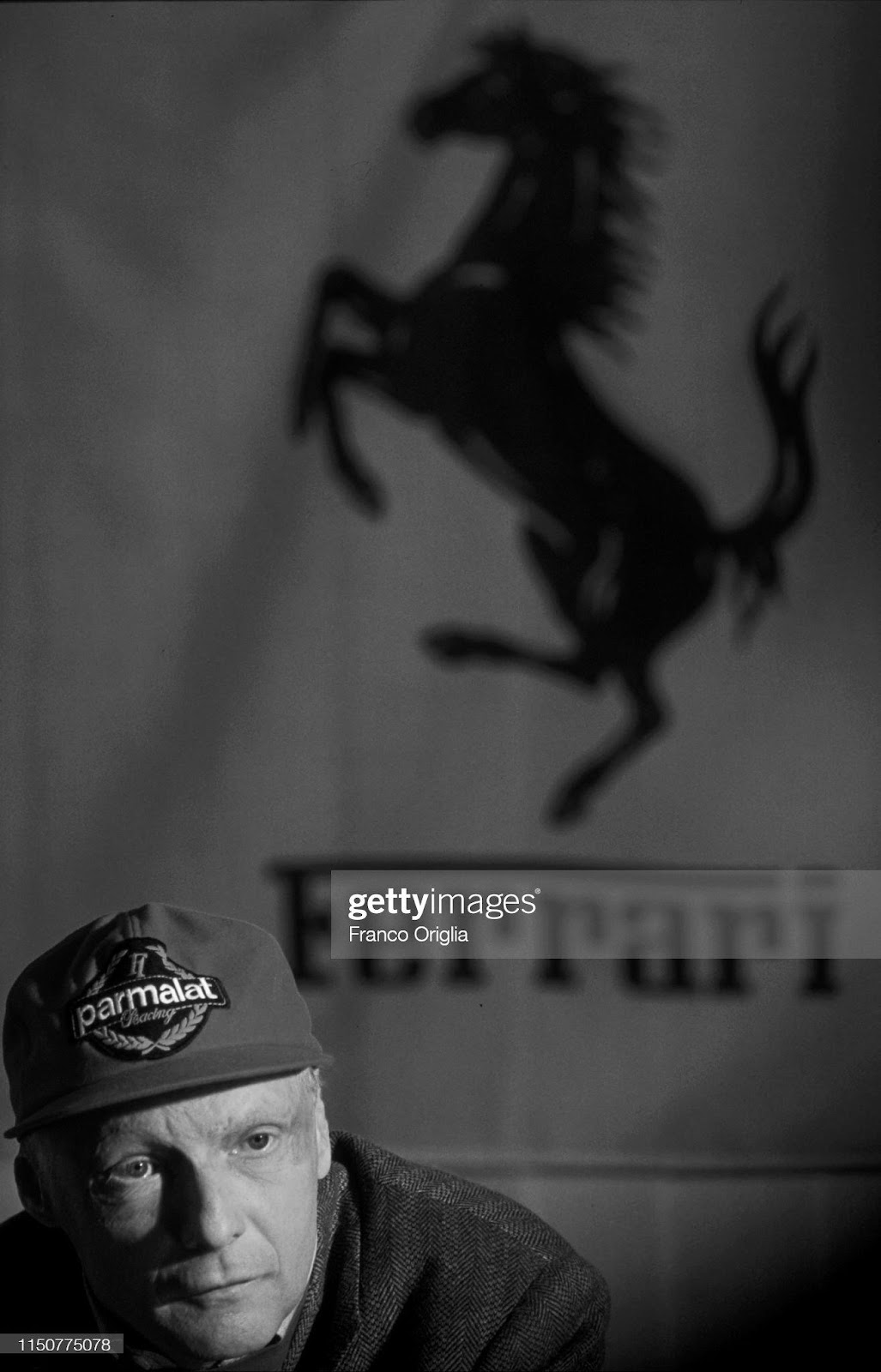
Niki Lauda poses at the Ferrari headquarter in Maranello, Italy, on February 07 1992.

Gerhard Berger, Niki Lauda and Jean Todt during the British Grand Prix at the Silverstone circuit on July 11, 1993. Photo by Jean-Marc Loubat/Gamma-Rapho via Getty Images.
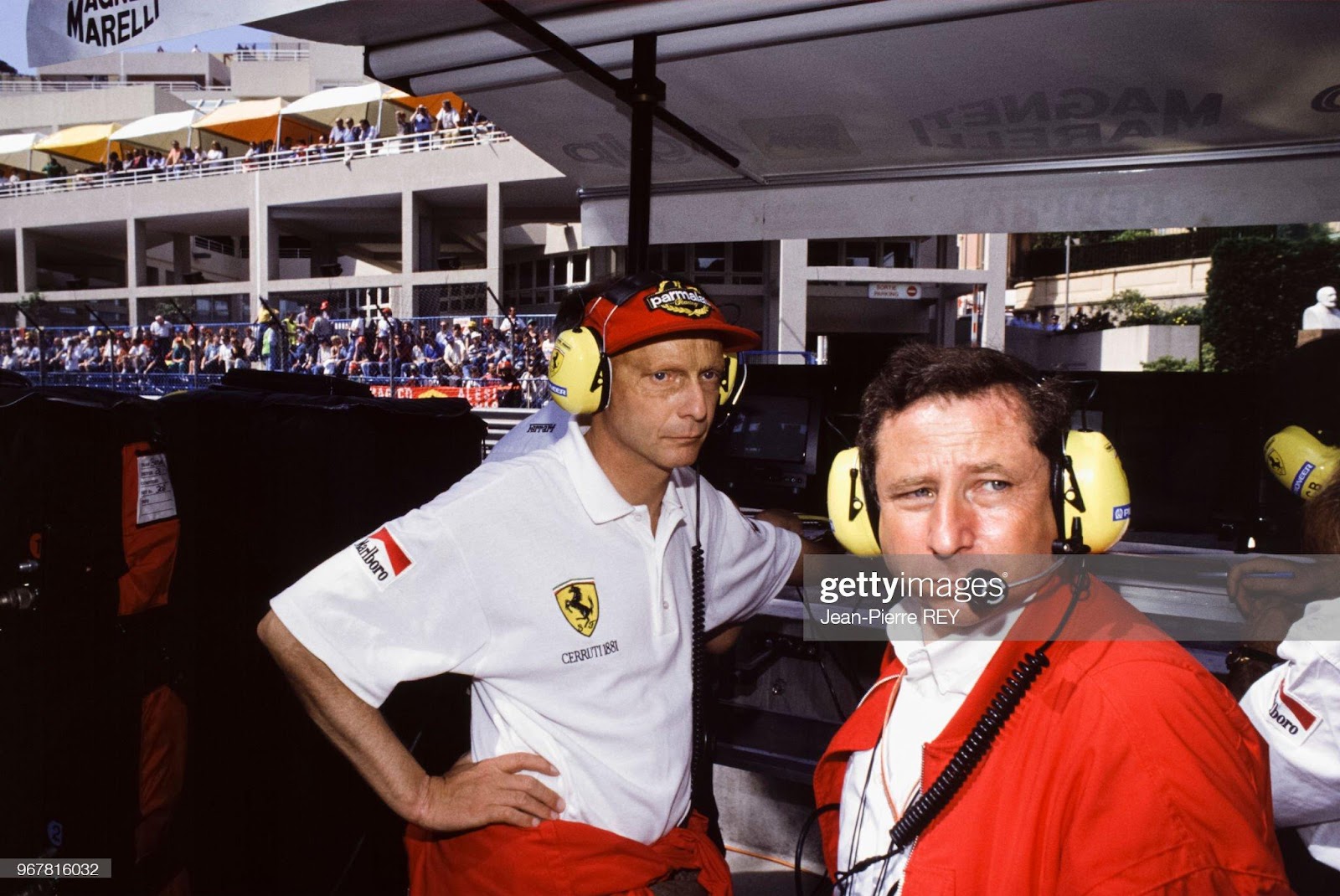
Niki Lauda and Jean Todt at the Monaco Grand Prix on May 15, 1994. Photo by Jean-Pierre Rey/Gamma-Rapho via Getty Images.
After winning his first world driving championship, Lauda seemed destined to repeat in 1976.
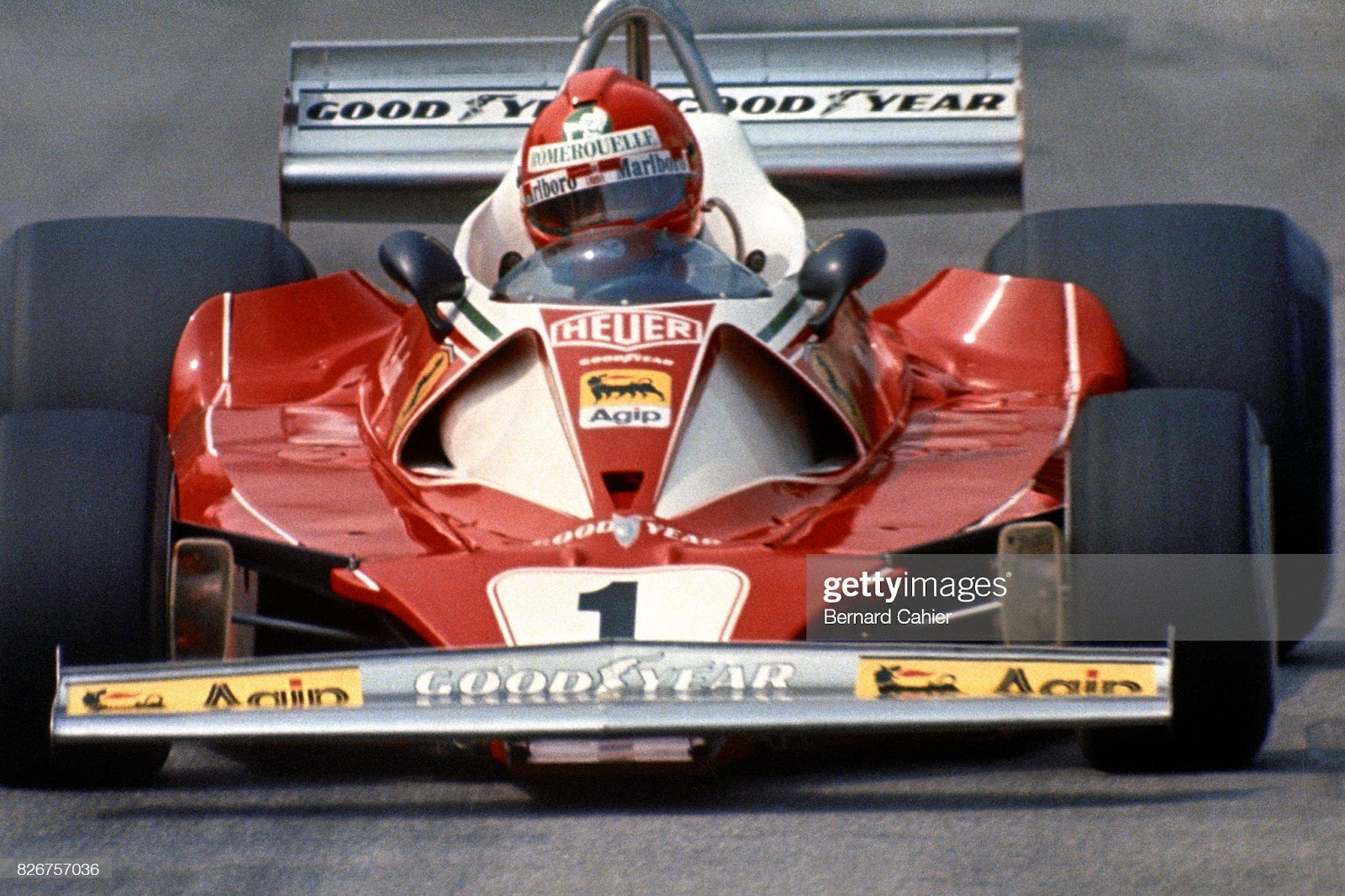
Niki Lauda, Ferrari 312T2, Grand Prix of Monaco, 30 May 1976. Photo by Bernard Cahier/Getty Images.
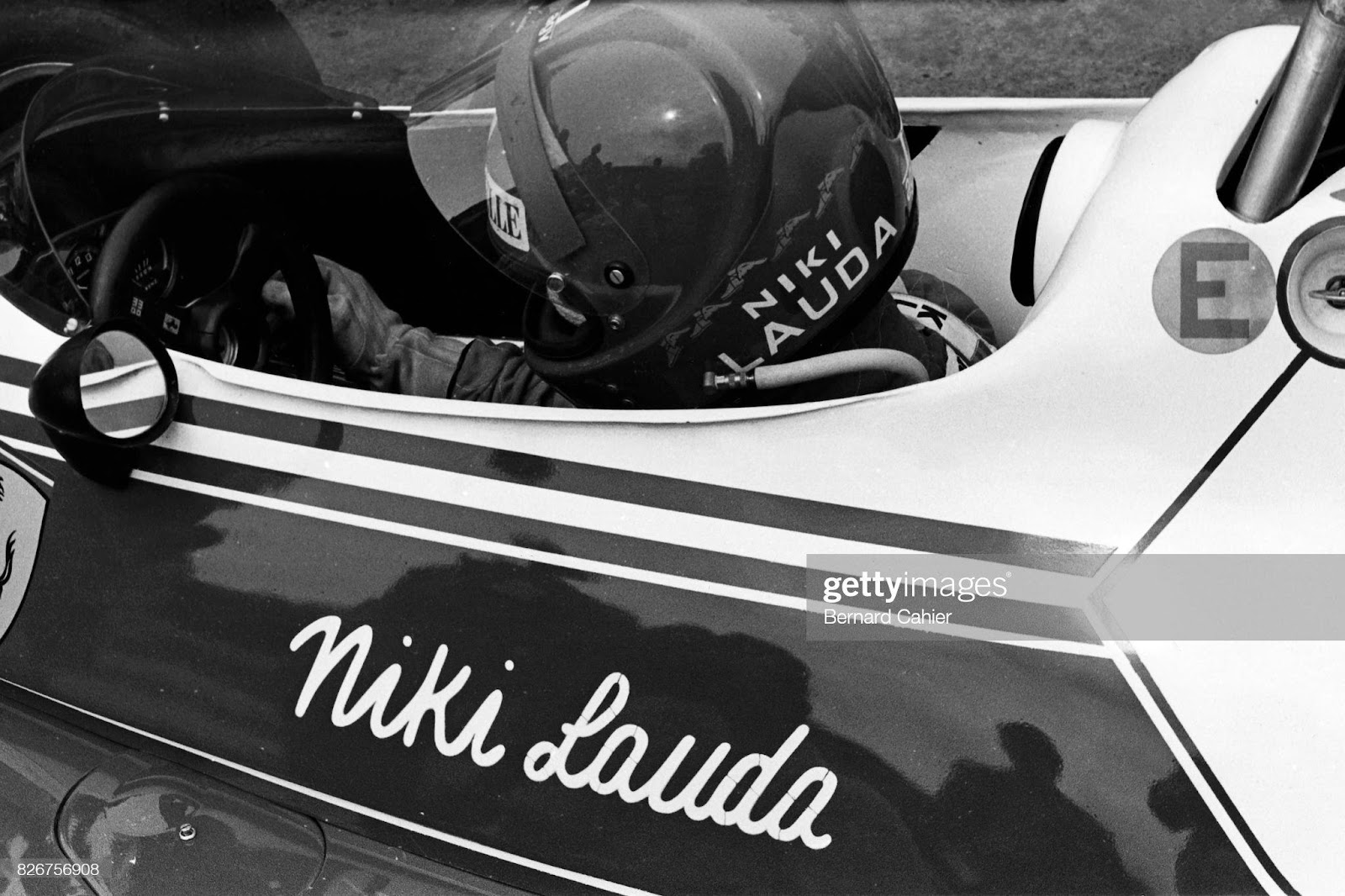
Niki Lauda, Ferrari 312T2, Grand Prix of Germany, Nurburgring, 01 August 1976. Photo by Bernard Cahier/Getty Images.
He won five early events and came in second in two more. But in his next race, the German Grand Prix at Nürburgring, a 14-mile, 76-curve course, things went drastically wrong for him and his 1,300-pound blood-red Ferrari.
It had rained and he hit a slippery patch at 140 miles per hour.
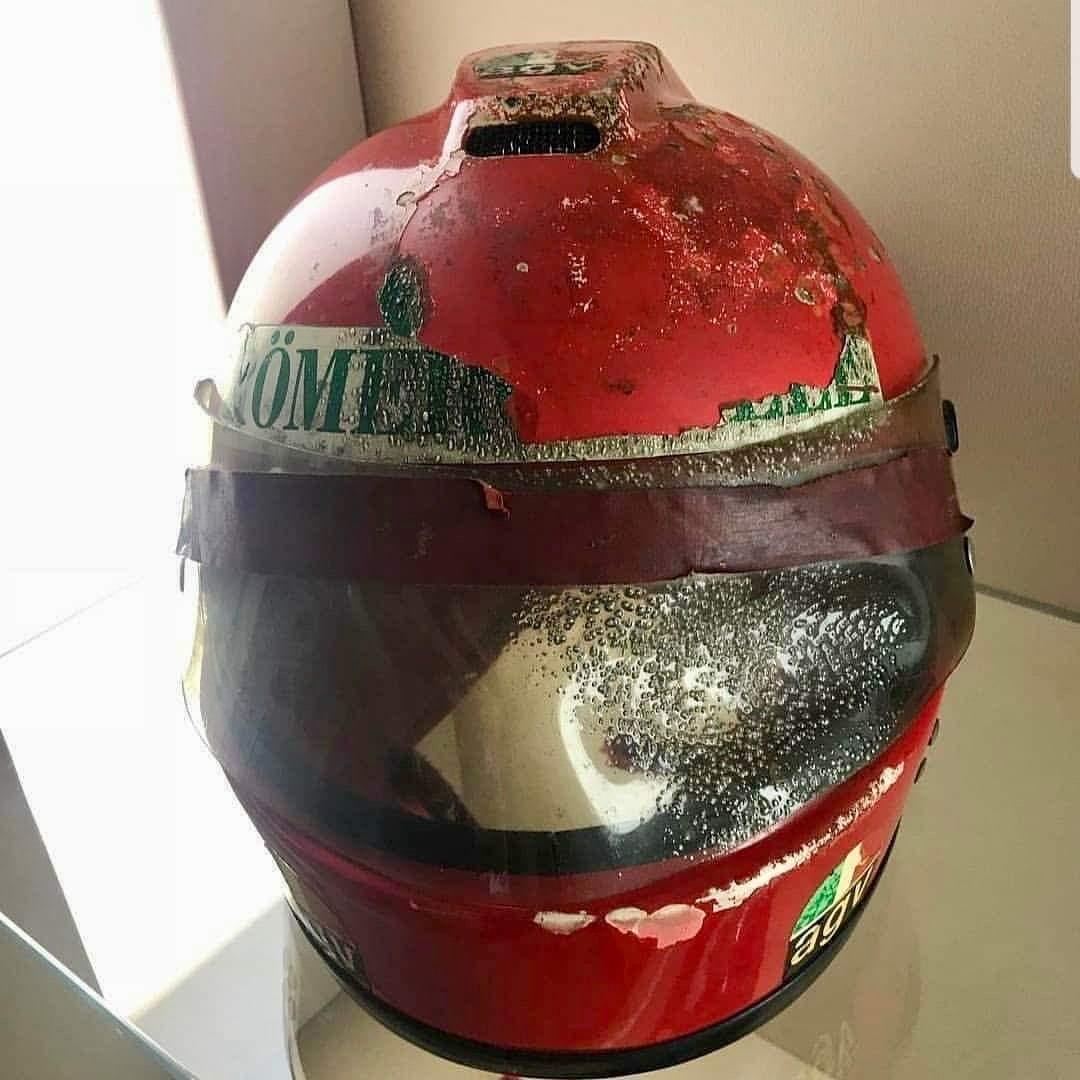
Niki Lauda’s helmet that came off in his fiery crash in the 1976 German Grand Prix.
He spun out, broke through a restraining fence, which snagged and tore away his helmet, then hit an embankment and bounced back onto the track, where he was hit by several following cars. His ruptured fuel tank burst into flames, which engulfed him in the cockpit.
By the time three other drivers pulled him from the wreckage, he had severe burns of the face, head and hands, a concussion, a broken collarbone and other fractures. His right ear was badly burned. Noxious smoke and gases from the car’s burning interior seared his lungs. He was taken to a hospital in a coma, then to a burn center, seemingly near death.
On Lauda’s third day in intensive care, a Roman Catholic priest gave him the last rites of the church. Lauda was conscious, and the rites only made him angry.
“I kept telling myself, if he wants to do that, O.K., but I’m not quitting,” Lauda told Newsday after he began a remarkable recovery.
He had a series of operations and skin grafts that left permanent scarring on his head and thereafter wore a red baseball cap to cover the worst disfigurements. But he began talking, walking and making plans for his return to racing.
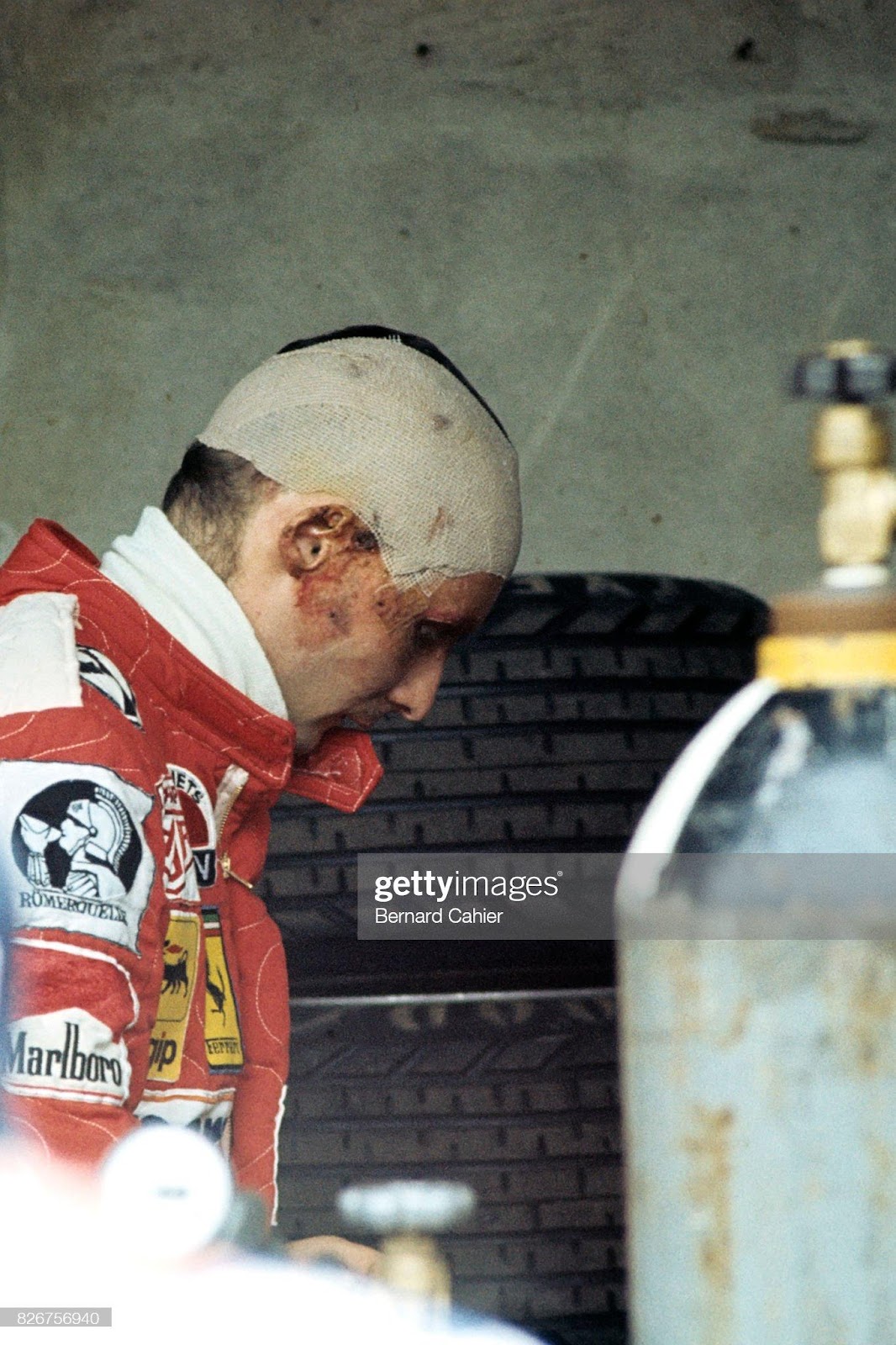
Niki Lauda, Grand Prix of Italy, Monza, 12 September 1976. Five and a half weeks after his terrible accident, Niki Lauda was back in action. Photo by Bernard Cahier/Getty Images.
Six weeks after his devastating crash, Lauda returned to competition in the Italian Grand Prix at Monza, near Milan. He finished fourth. Against all odds, he began winning again, and finished as runner-up to the 1976 world champion, his British friend James Hunt.
Sustaining his comeback a year later, Lauda again won the world championship, beating Jody Scheckter by 17 points. Seven years later, after a series of poor racing seasons and a two-year “retirement,” Lauda won his final Formula One championship.
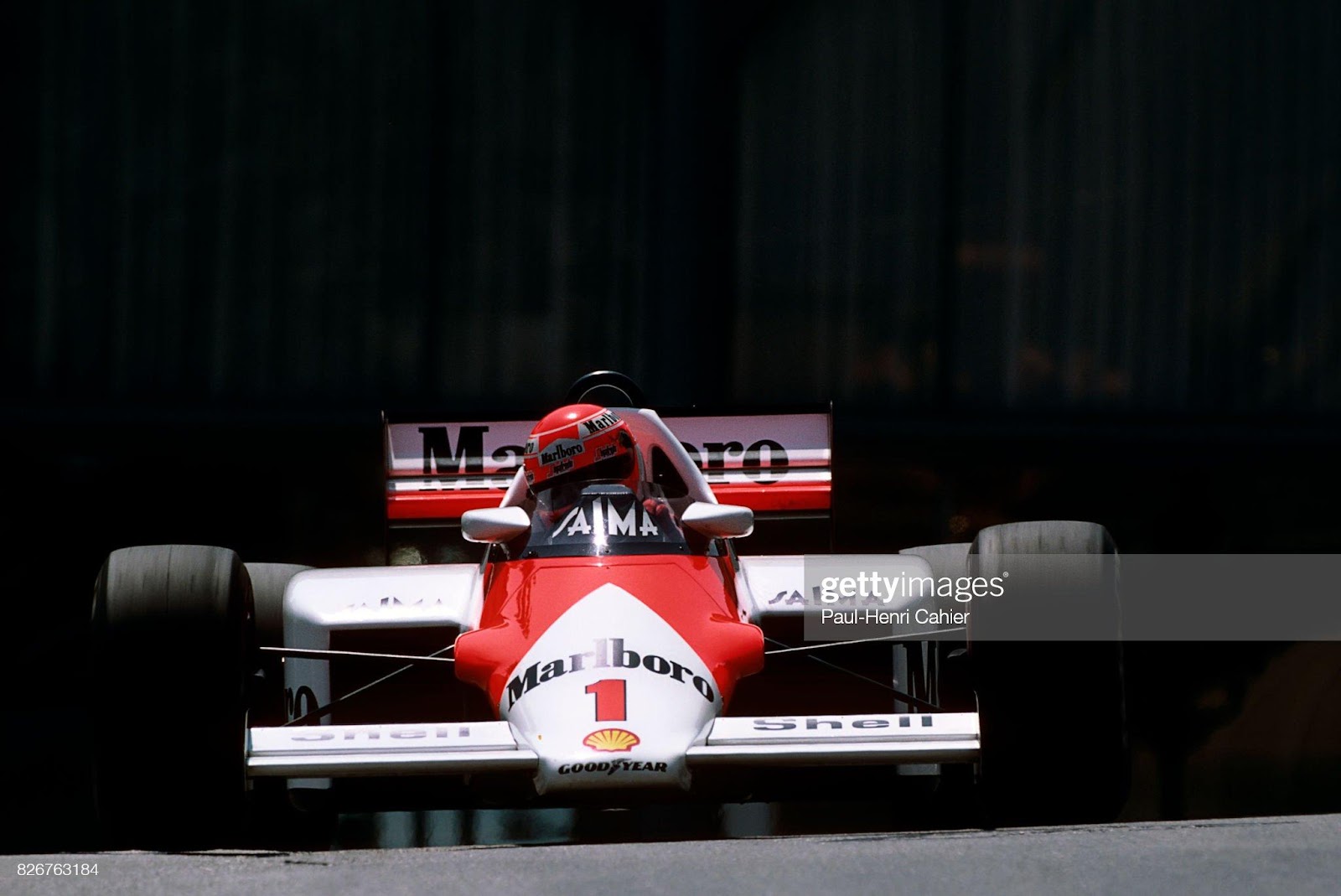
Niki Lauda, McLaren-TAG MP4/2B, Grand Prix of Monaco, 19 May 1985. Photo by Paul-Henri Cahier/Getty Images.
He retired from racing in 1985.
For many years, Lauda championed safer racecar and track designs and urged tighter controls over driving conditions and rules governing race organizers.
“Racing on substandard tracks or in unsafe weather doesn’t test courage,” Lauda told The Boston Globe in 1977. “At present, some of the Grand Prix circuits we drivers are asked to race on do not fulfill the most primitive safety requirements. Also, the decision to call off or stop a race can’t be left entirely to the organizers, who too often put prestige before the safety of the drivers. We need independent experts whose authority should be supreme.”
Over the years, in response to deadly crashes and the increasing power of engines, sanctioning organizations have mandated many changes in safety regulations and technology, including electronic driver aids and grooved tires, to improve the road grip and cornering controls of cars, as well as rules limiting racing in extreme weather conditions to minimize dangers of aquaplaning. Tracks have been redesigned and stronger barriers built to increase the safety of spectators. Major accidents in Formula One racing have steadily declined.

Niki Lauda's driving licence, issued on 15 March 1967.
Andreas Nikolaus Lauda was born in Vienna on Feb. 22, 1949, to Ernst-Peter and Elisabeth Lauda. Niki and his brother, Florian, grew up in one of Austria’s leading families. Their paternal grandfather, Hans Lauda, had built a papermaking empire.
Niki was a bright but lazy student and his parents wanted him to go into the family business. But cars became his passion. As a schoolboy, he drove an uncle’s BMW around a paper mill yard and, at 14, he was taking Volkswagens apart. At 18, he quit school, borrowed money to buy a Mini Cooper and got into mountain racing. A year later, he went deeper into debt to acquire a Porsche 911.
In 1969, he began racing in earnest and won eight races at a low level of competition. Over the next few years he borrowed on his life insurance and, without authorization, used his family name to finance better cars for tougher racing events. His success drew the attention of Enzo Ferrari, the aging head of the Italian motor car company, who in 1973 invited him to join the Ferrari racing team.
Lauda jumped at the chance. He marveled at the Ferrari test track at Fiorano, near Modena in northern Italy, comparing it to a NASA training site, with a private track, automated timekeepers, closed-circuit television facilities and an army of automotive engineers, fitters, technicians and administrators.
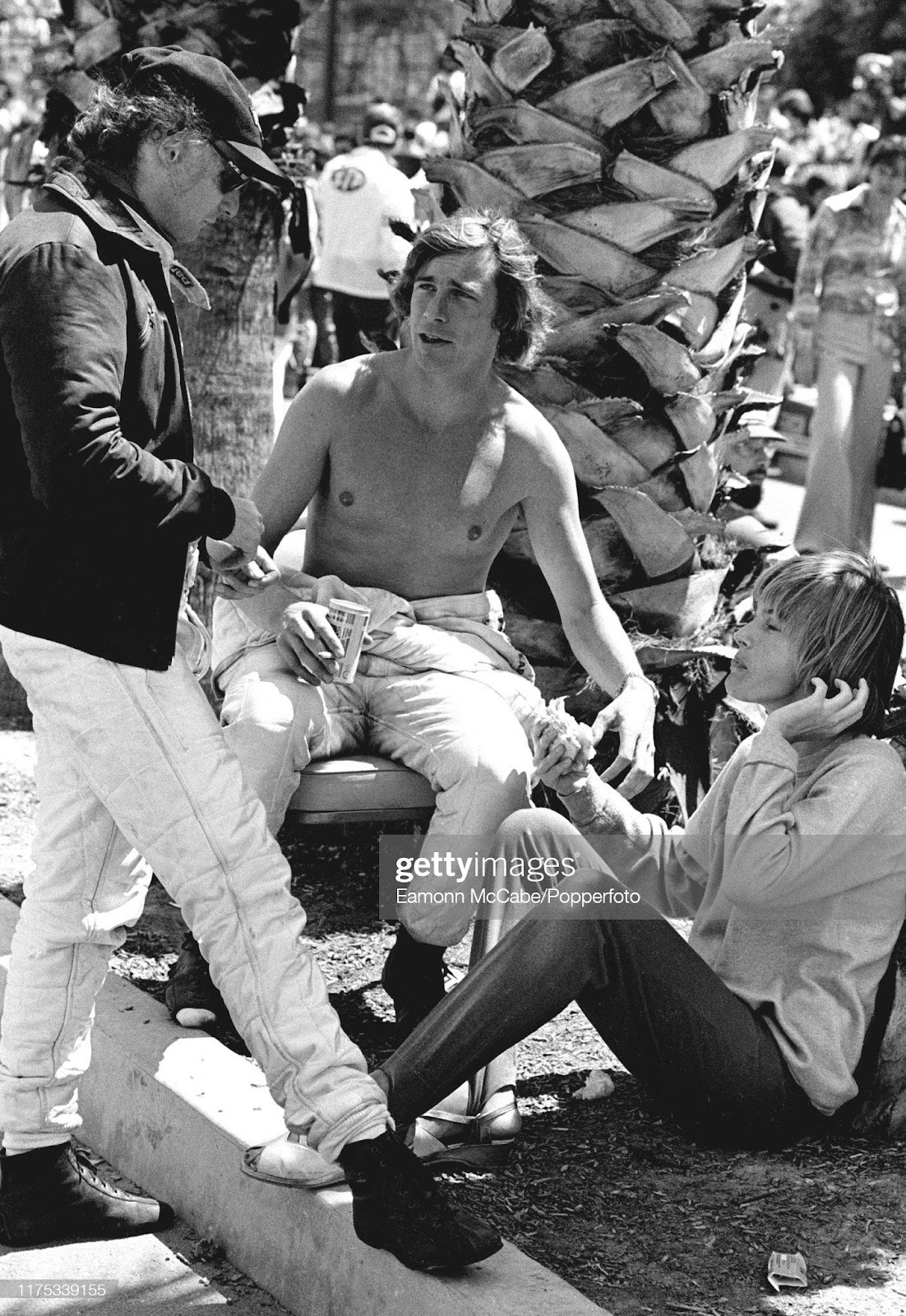
Niki Lauda (left) and British racing driver James Hunt (centre) at the Monaco Grand Prix in Monte Carlo, circa May 1978. Niki Lauda is the only driver in F1 history to have been the World Drivers Champion for both Ferrari and McLaren, the sports two most successful constructors. Photo by Eamonn McCabe/Popperfoto via Getty Images.
“I couldn’t imagine how such a setup could fail to win,” he wrote in “My years with Ferrari” (1978), one of his five books.
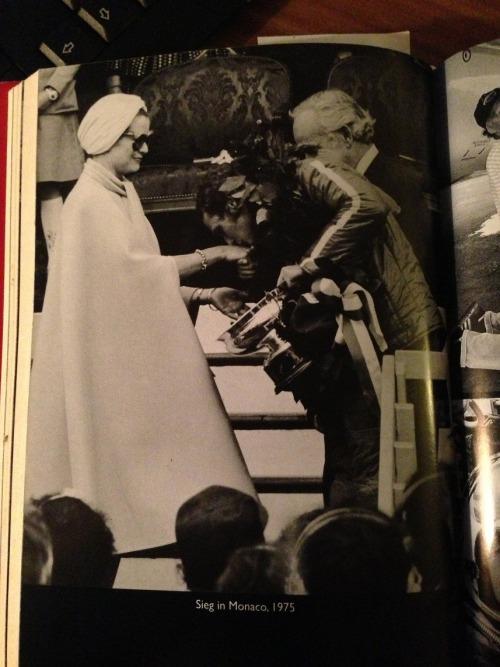
Niki Lauda winner at the Monaco Grand Prix on 11 May 1975.
Two years after joining the team, he gave Ferrari its first victory in 20 years at the prestigious Monaco Grand Prix and went on to win the world championship.

Niki Lauda with his wife Marlene.

Niki Lauda kissing his wife Marlene.
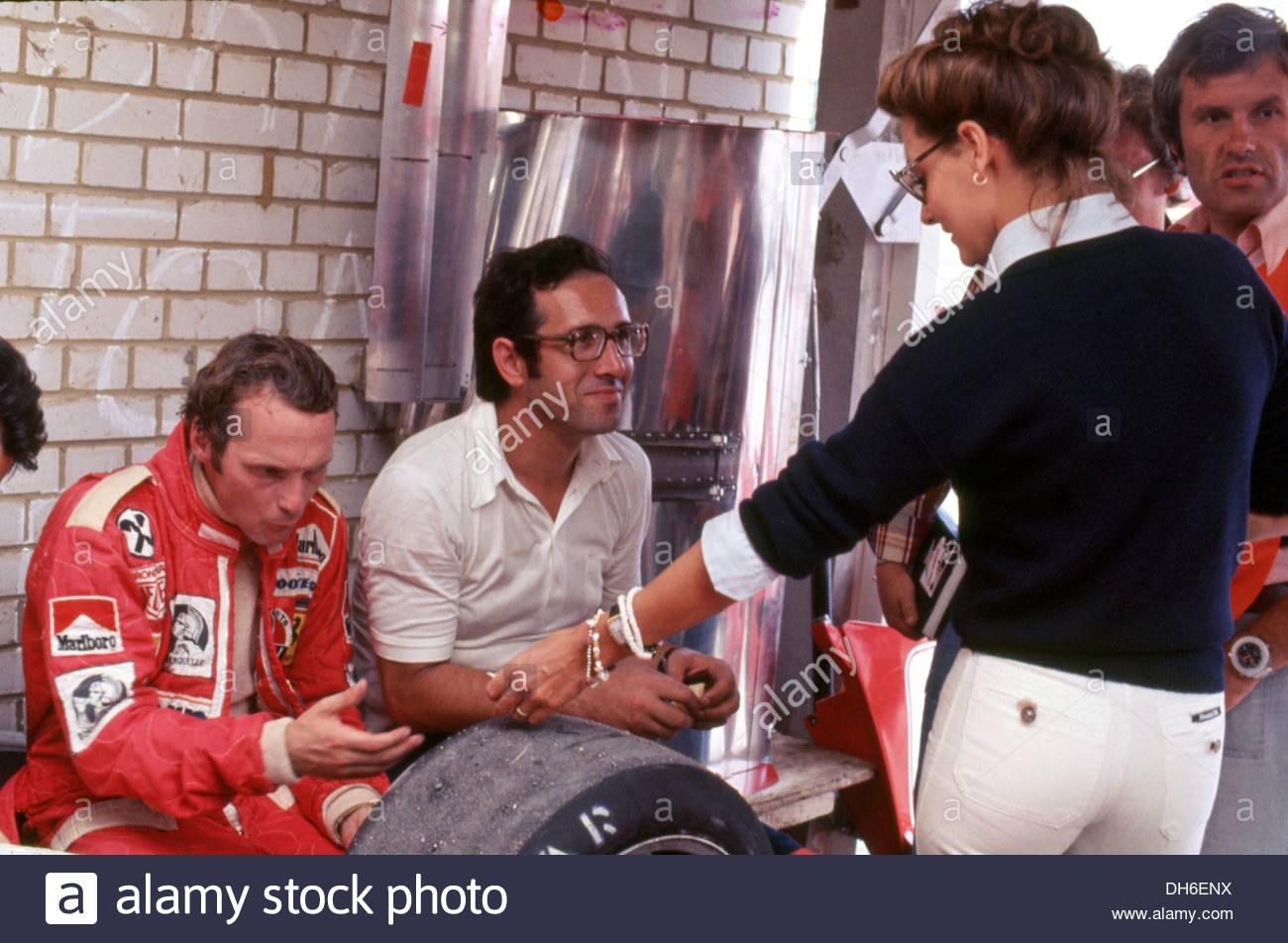
Niki Lauda with his wife Marlene and Mauro Forghieri, technical director of the Scuderia, in the Ferrari garage in 1976.
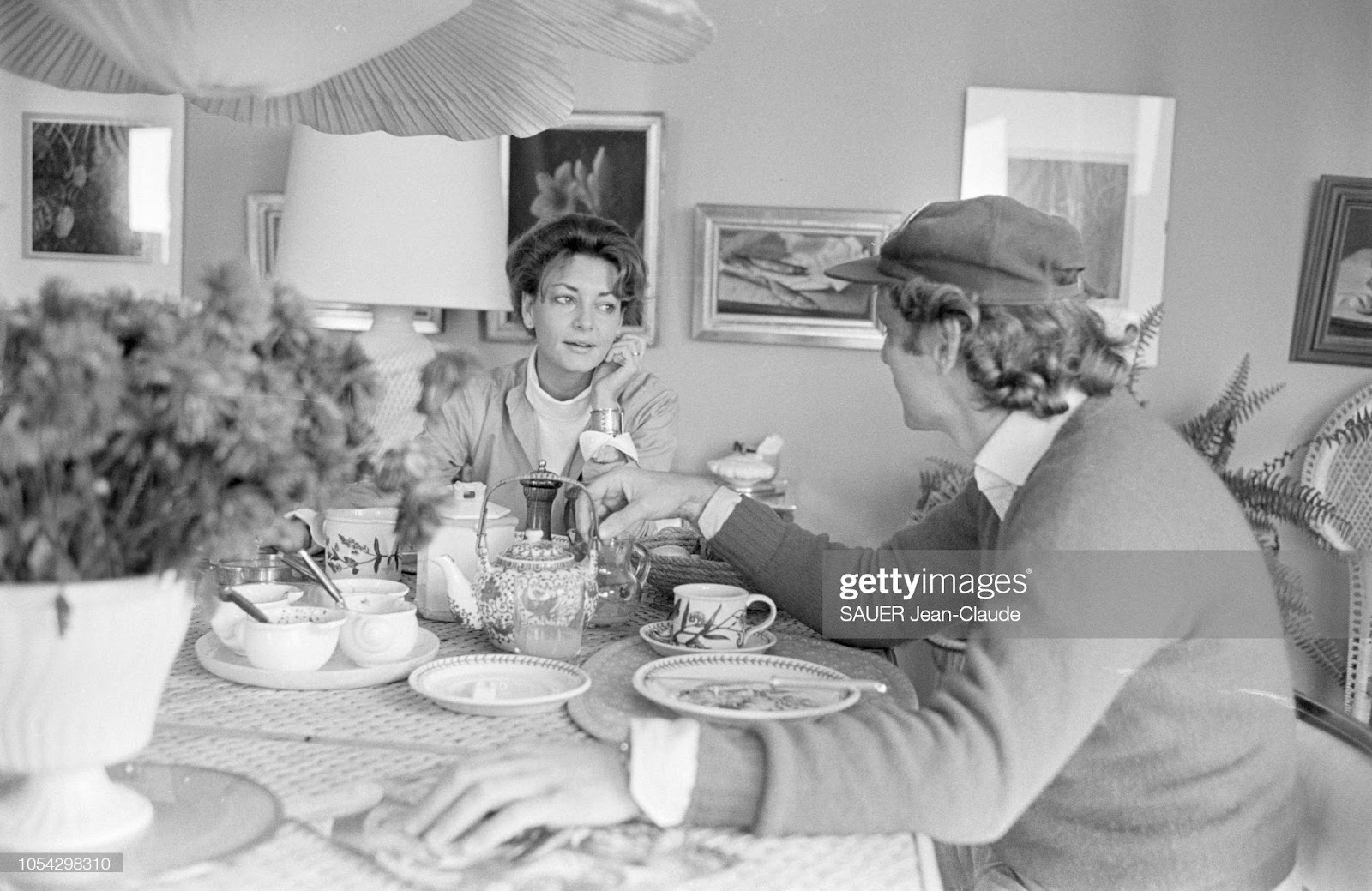
Hof bei Salzburg, Austria, 14 October 1977. Niki Lauda at his home near Salzburg with his wife Marlene Knaus. Here, looking at each other and chatting while having breakfast in their dining room. Photo by Sauer Jean-Claude/Paris Match via Getty Images.
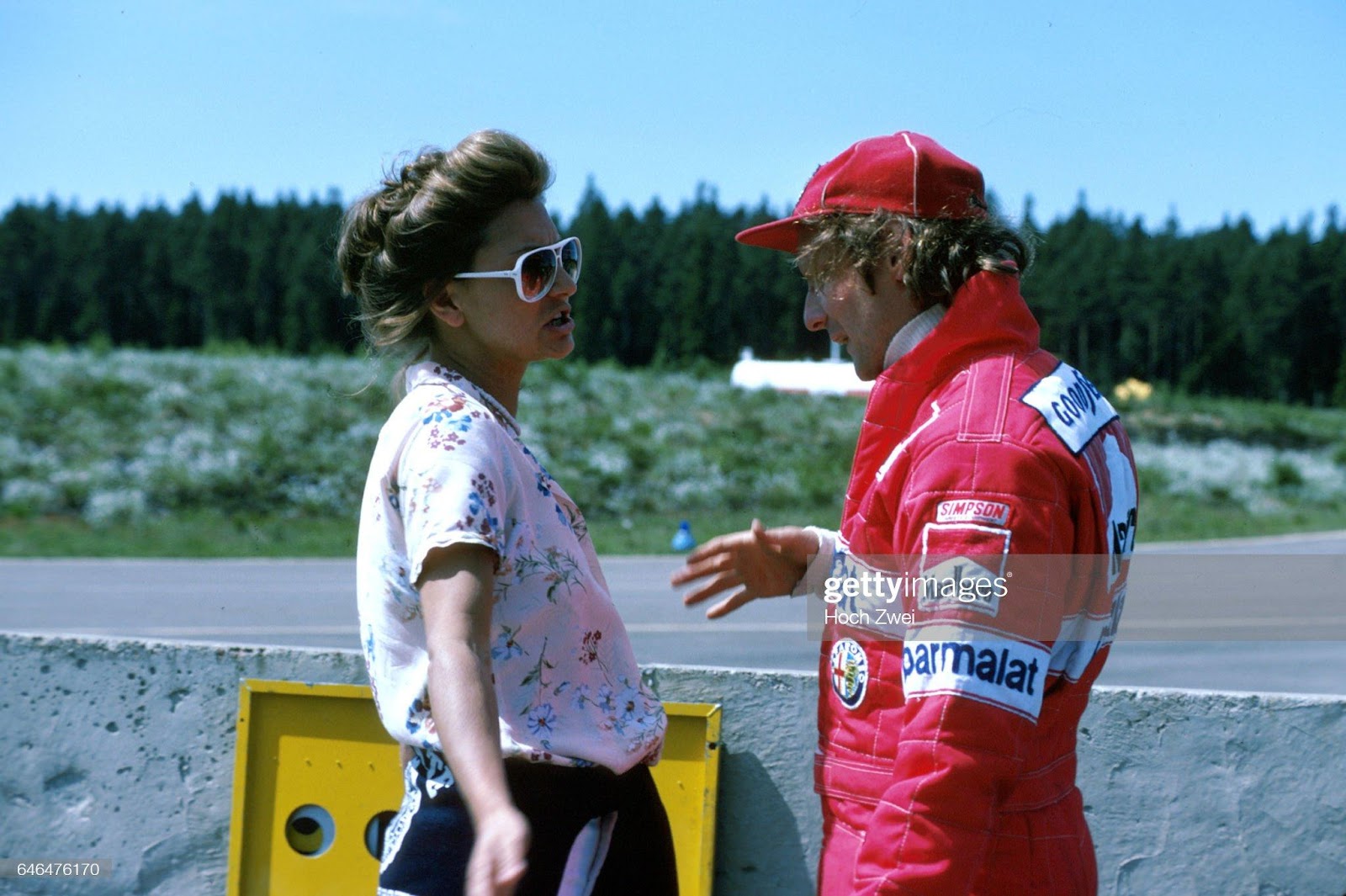
F1 Swedish Grand Prix in Anderstorp on June 17, 1978. Niki Lauda, Brabham, with his wife Marlene. Photo by Hoch Zwei/Corbis via Getty Images.
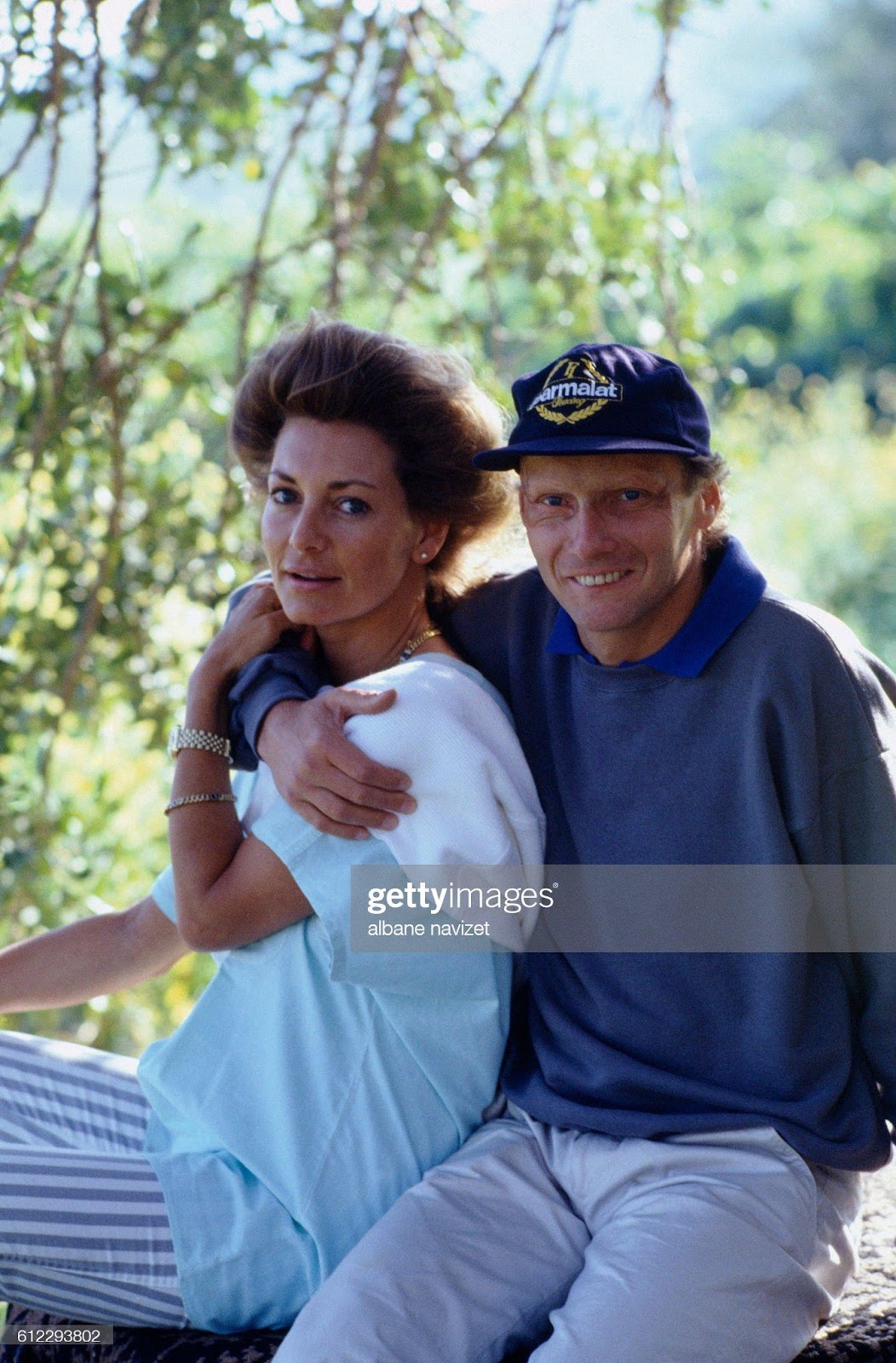
Niki Lauda with his wife Marlene in Ibiza on January 1, 1984. Photo by Albane Navizet/Kipa/Sygma via Getty Images.
In 1976, Lauda married Marlene Knaus. They had two children, Mathias and Lukas and were divorced in 1991. He also had a son, Christoph, in an extramarital relationship.
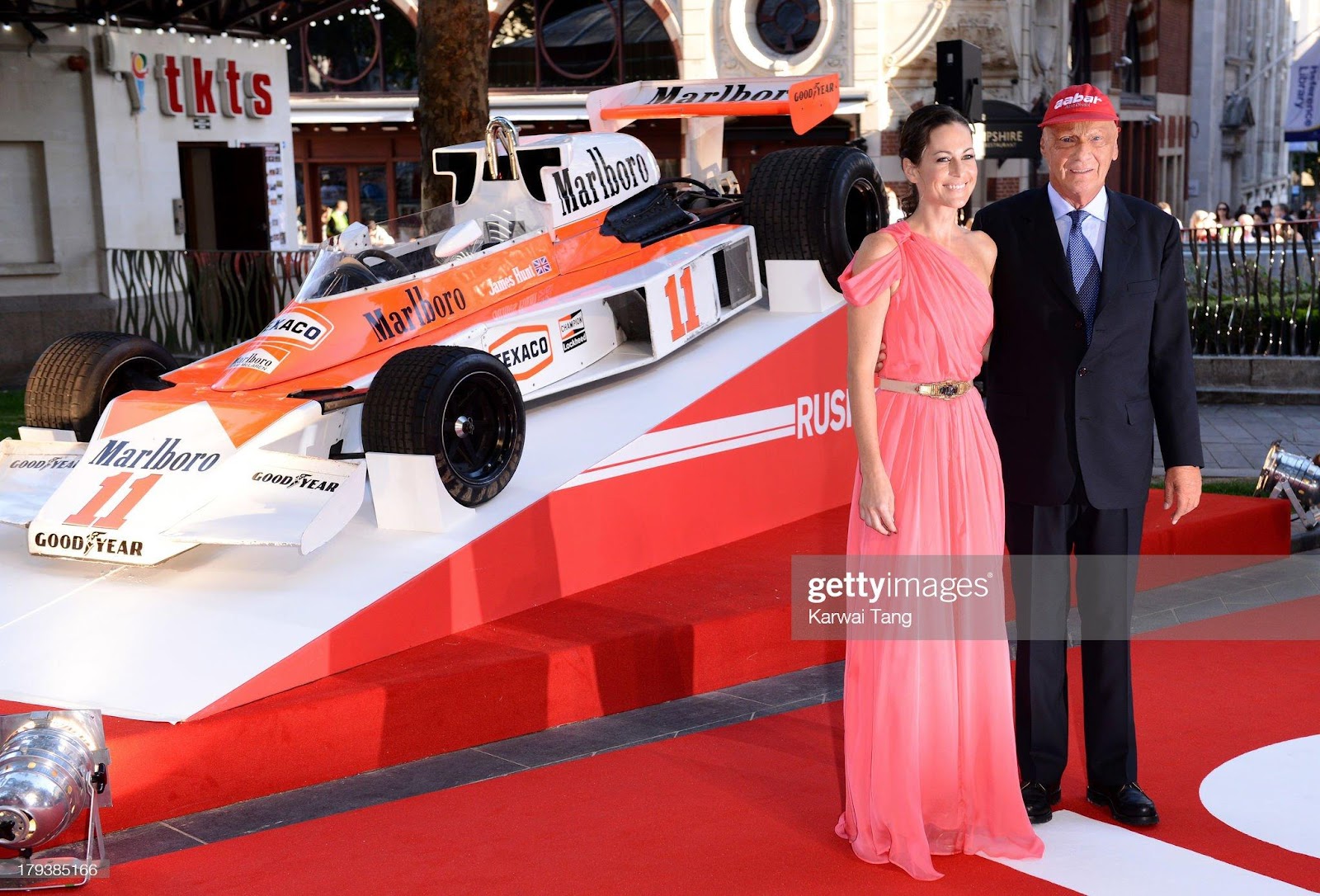
Niki Lauda and wife Birgit attend the World Premiere of "Rush" at the Odeon Leicester Square on September 2, 2013 in London, England. Photo by Karwai Tang/Getty Images.
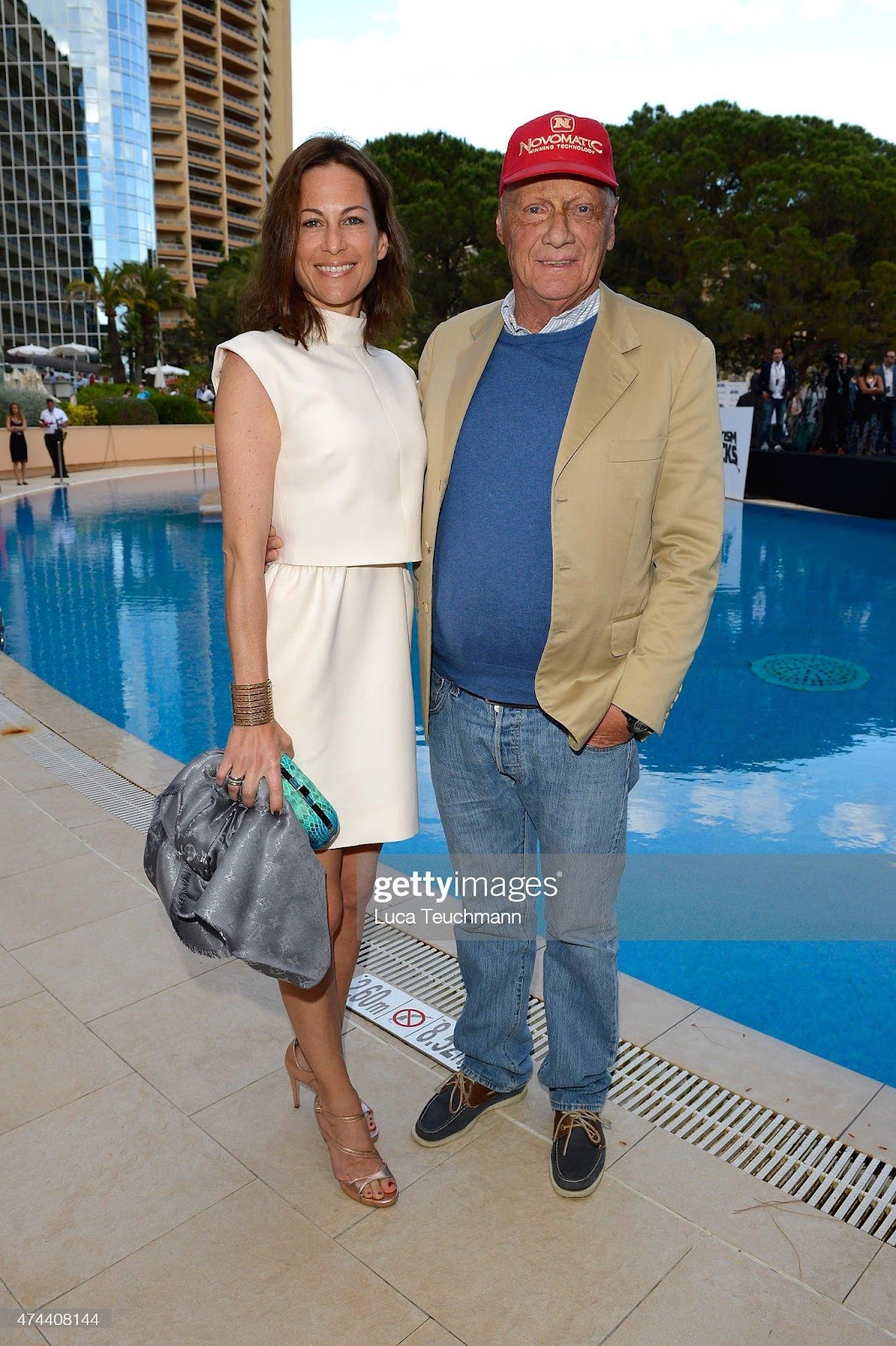
Niki and Birgit Lauda attend the Amber Lounge Fashion Monaco 2015 on May 22, 2015 in Monaco. Photo by Luca Teuchmann/WireImage.
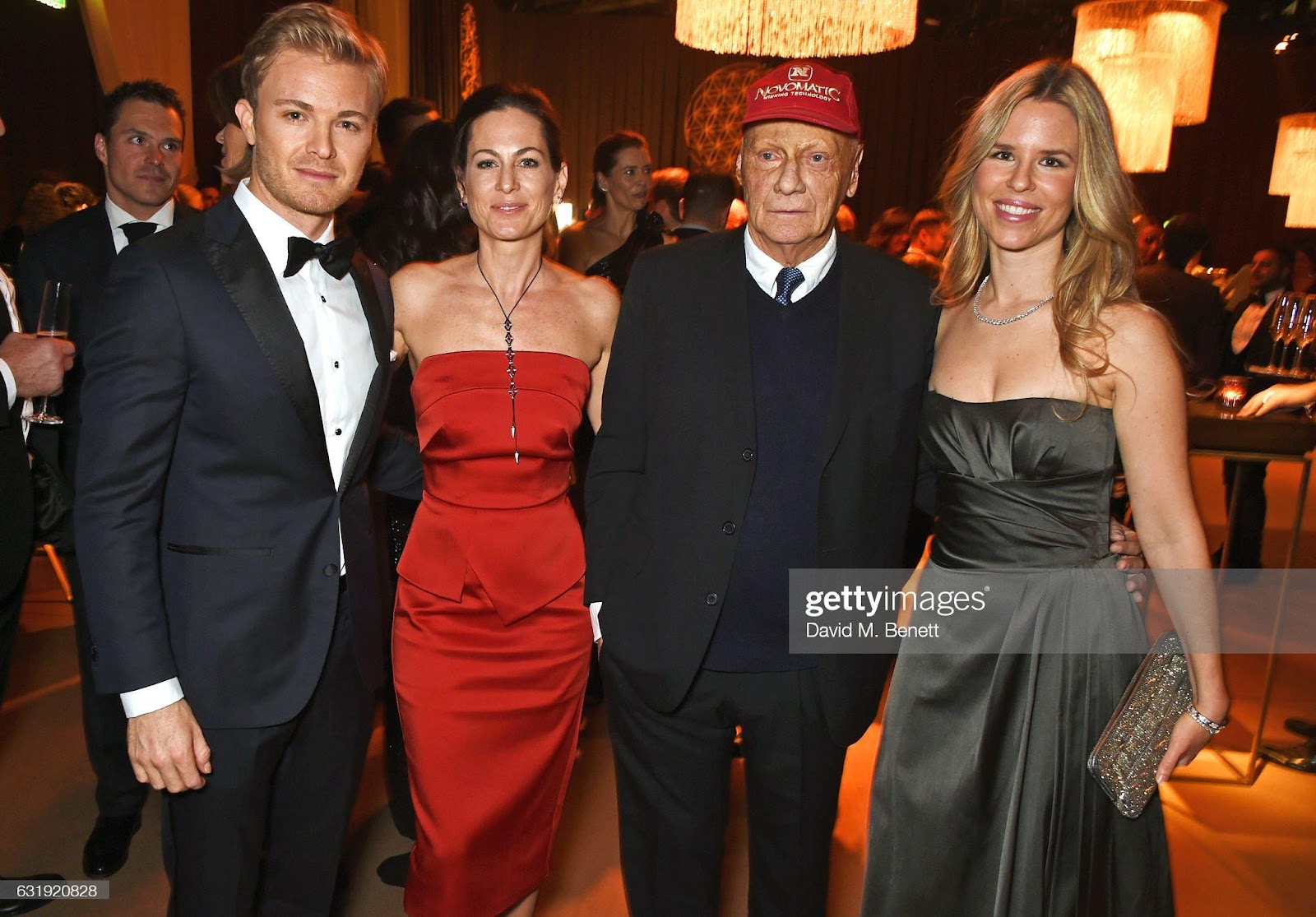
(Left to right) Nico Rosberg, Birgit Lauda, Niki Lauda and Vivian Rosberg attend the IWC Schaffhausen "Decoding the beauty of time" gala dinner during the launch of the Da Vinci Novelties from the Swiss luxury watch manufacturer IWC Schaffhausen at the Salon International de la Haute Horlogerie (SIHH) on January 17, 2017 in Geneva. Photo by David M. Benett/Dave Benett/Getty Images for Iwc.
In 2008, he married Birgit Wetzinger, a flight attendant 30 years his junior, who gave birth to twins, Max and Mia, in 2009. European news reports said his survivors include his wife and children.
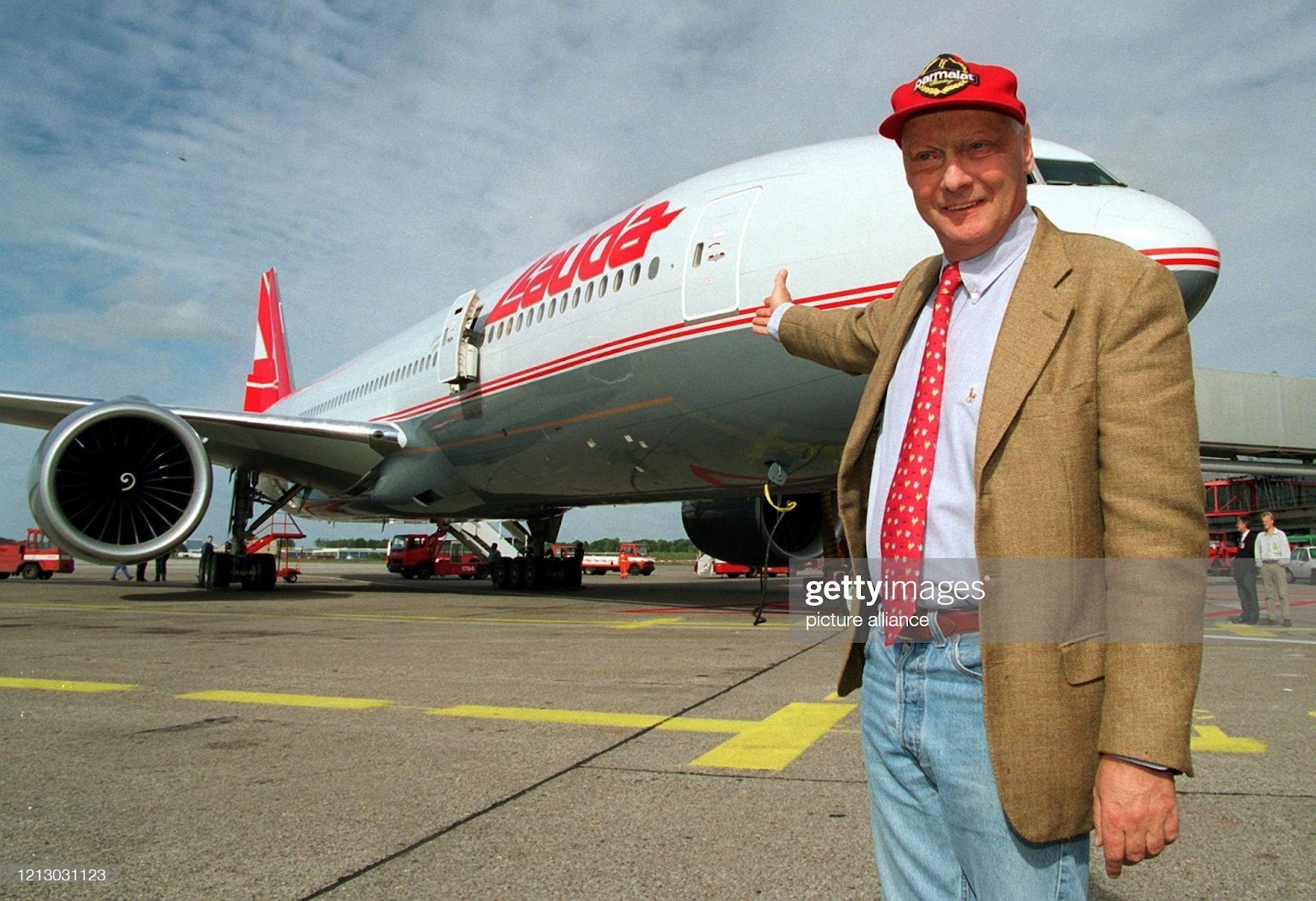
The former F1 racing driver and current CEO of the Austrian airline Lauda Air, Niki Lauda, presents his airline's twin-engine Boeing 777-200 in Hamburg, Germany, 30 September 1997. Lauda Air has now put the world's largest twin-engine long-haul aircraft into service. The jet, with space for 344 passengers, will start flying from Vienna via Singapore to Sydney and Melbourne on October 1. Photo by Stefan Hesse/picture alliance via Getty Images.
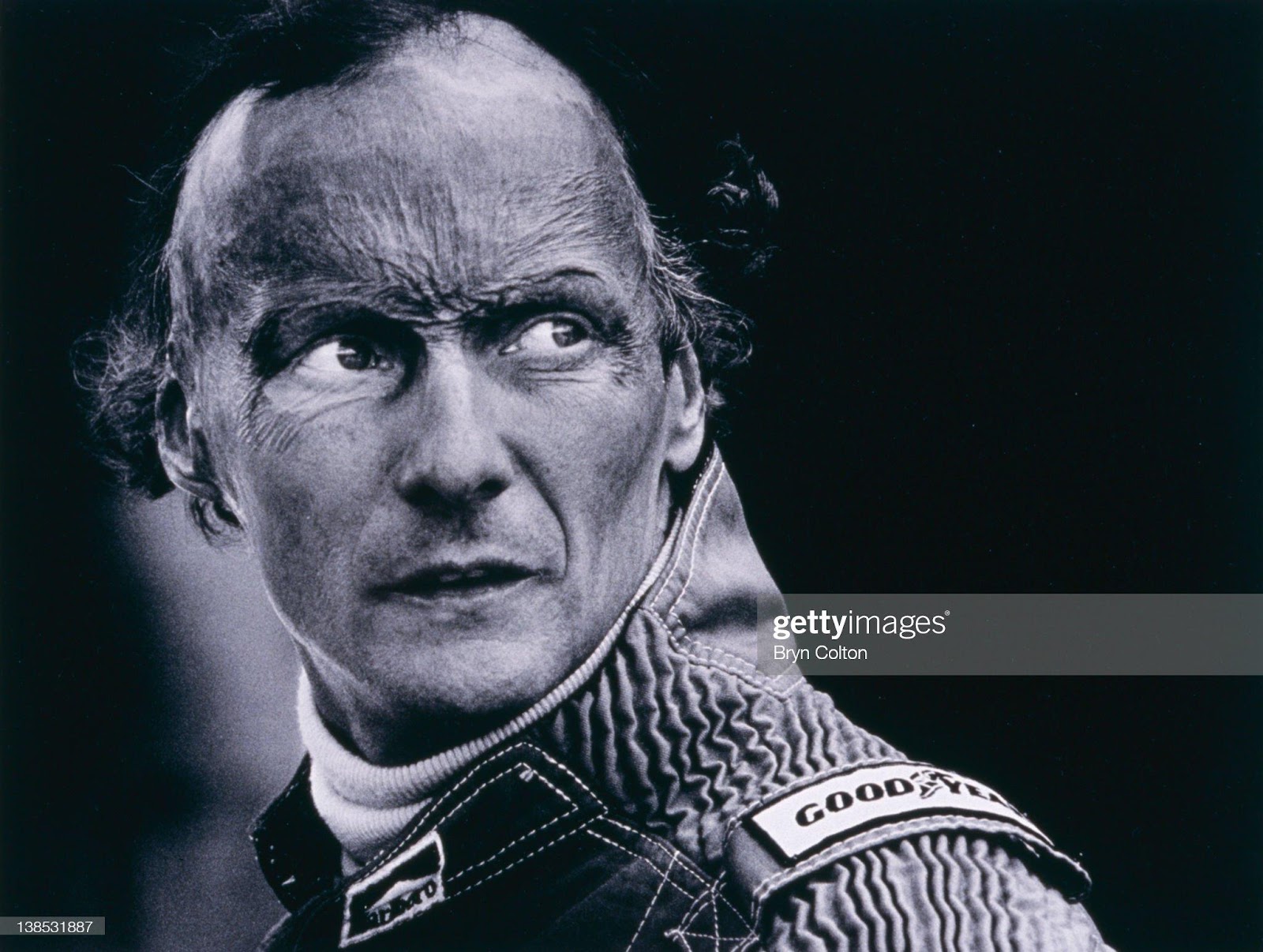
Niki Lauda, driving for Ferrari, reveals his facial injuries after removing his helmet in the pit lane during qualifying for the British Grand Prix at the Siverstone Circuit, near Towcester, Northamptonshire, U.K, on Friday, July 10, 1987. Photo by Bryn Colton/Getty Images.
Lauda established Lauda Air as a charter service in 1979 and it began scheduled flights in 1987.
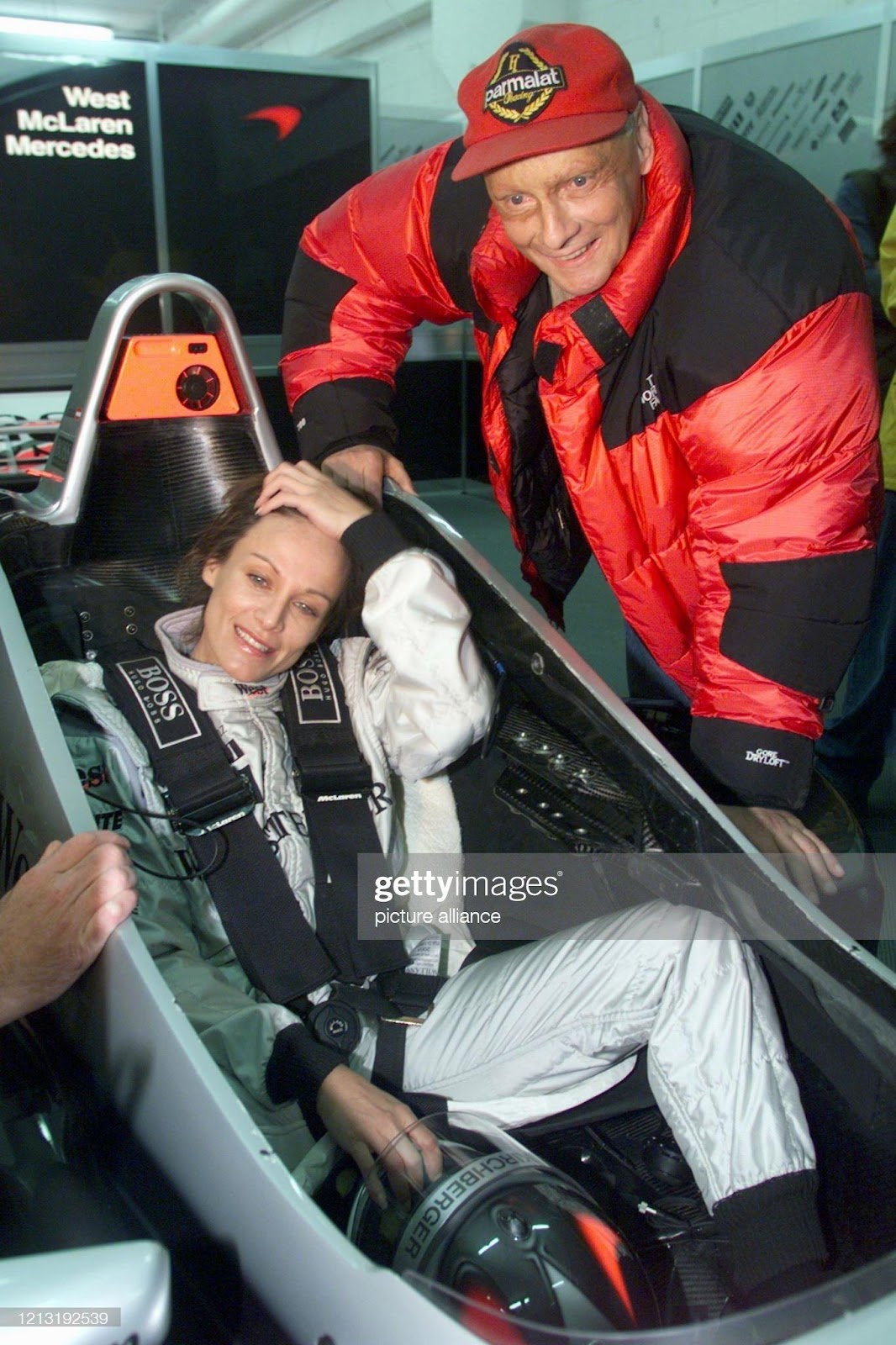
Sonja Kirchberger and Niki Lauda inspect the new Silver Arrow at the presentation of the new McLaren Mercedes MP 4/14 on February 07, 1999 in Barcelona. Ever since the Austrian actress played a racing driver in the SAT.1 series "Benzin im Blut", she has been able to talk shop with real F1 drivers. And so she didn't bat an eyelid but got ready to go as soon as F1 veteran Niki Lauda invited her for a lap in the Mercedes two-seater around the Circuit de Catalunya. Photo by Kay Nietfeld/picture alliance via Getty Images.
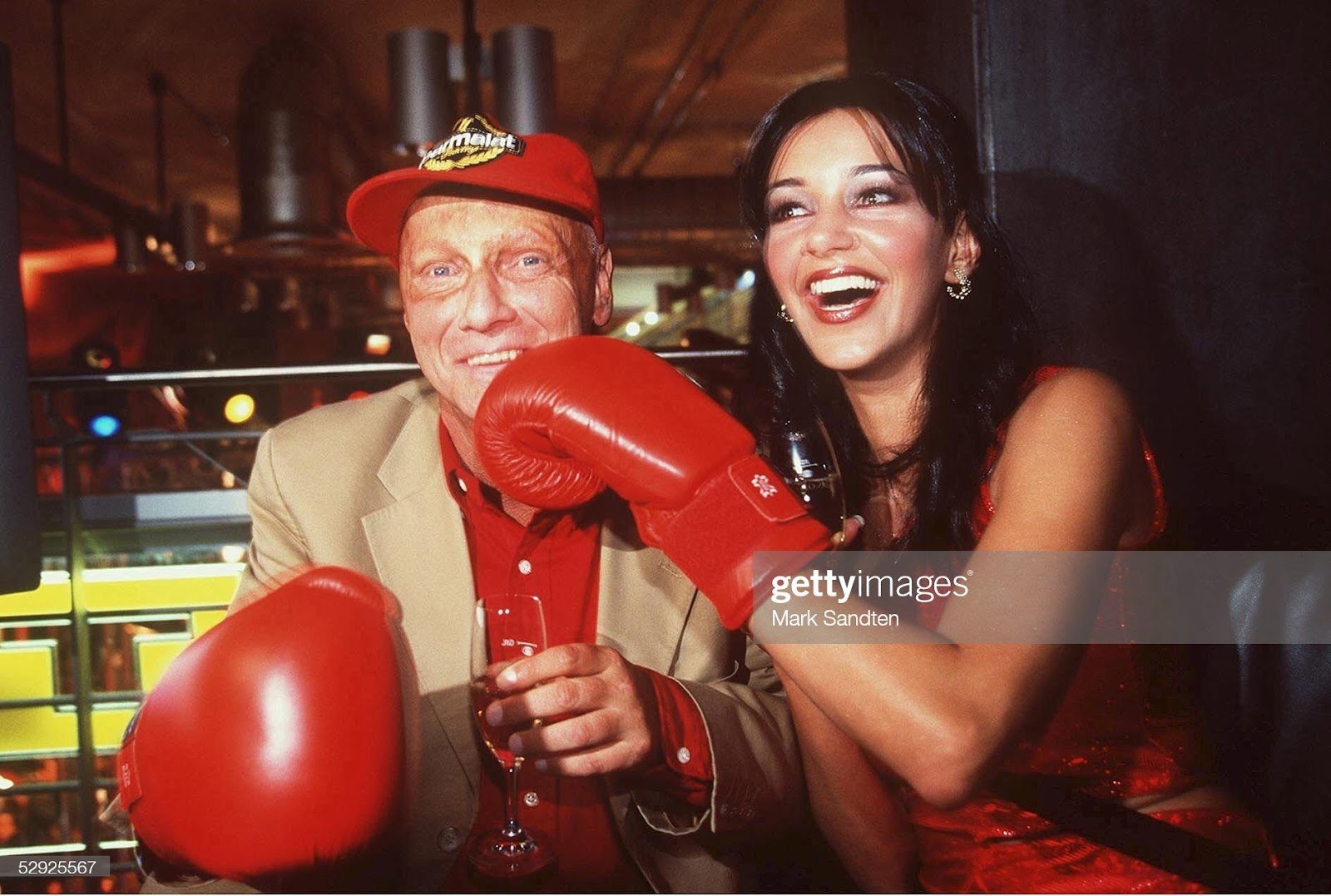
Niki Lauda and Verona Feldbusch in Cologne, Germany, on September 25, 1999. Photo by Mark Sandten/Bongarts/Getty Images.
He sold the company in 1999 and four years later started a new budget airline, Niki. He often piloted its flights twice a week.
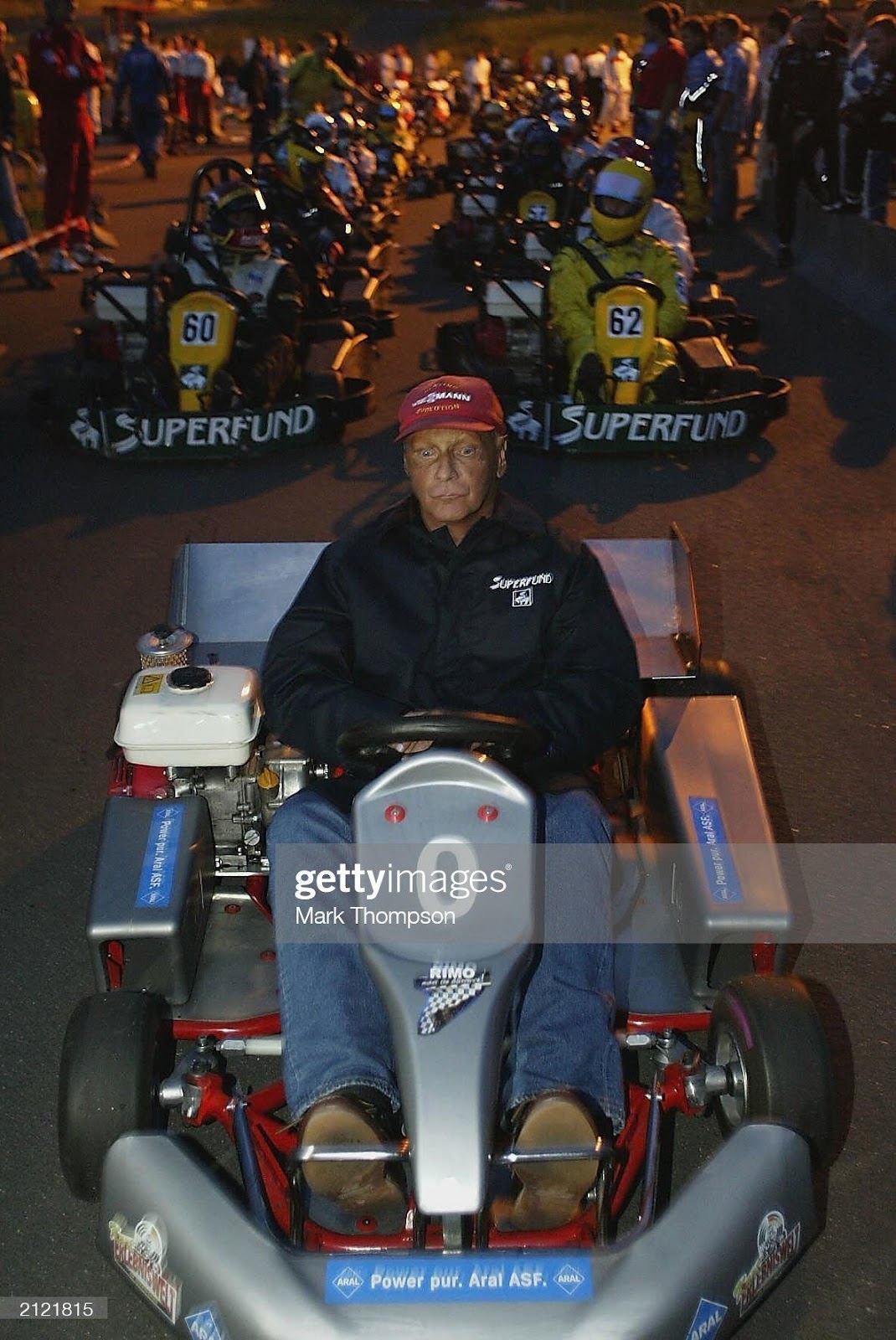
Former Formula 1 driver Niki Lauda leads the rolling start for the 2003 Superfund Kart Grand Prix prior to the F1 European Grand Prix at the Nurburgring on June 28, 2003 in Nurburg, Germany. Photo by Mark Thompson/Getty Images.
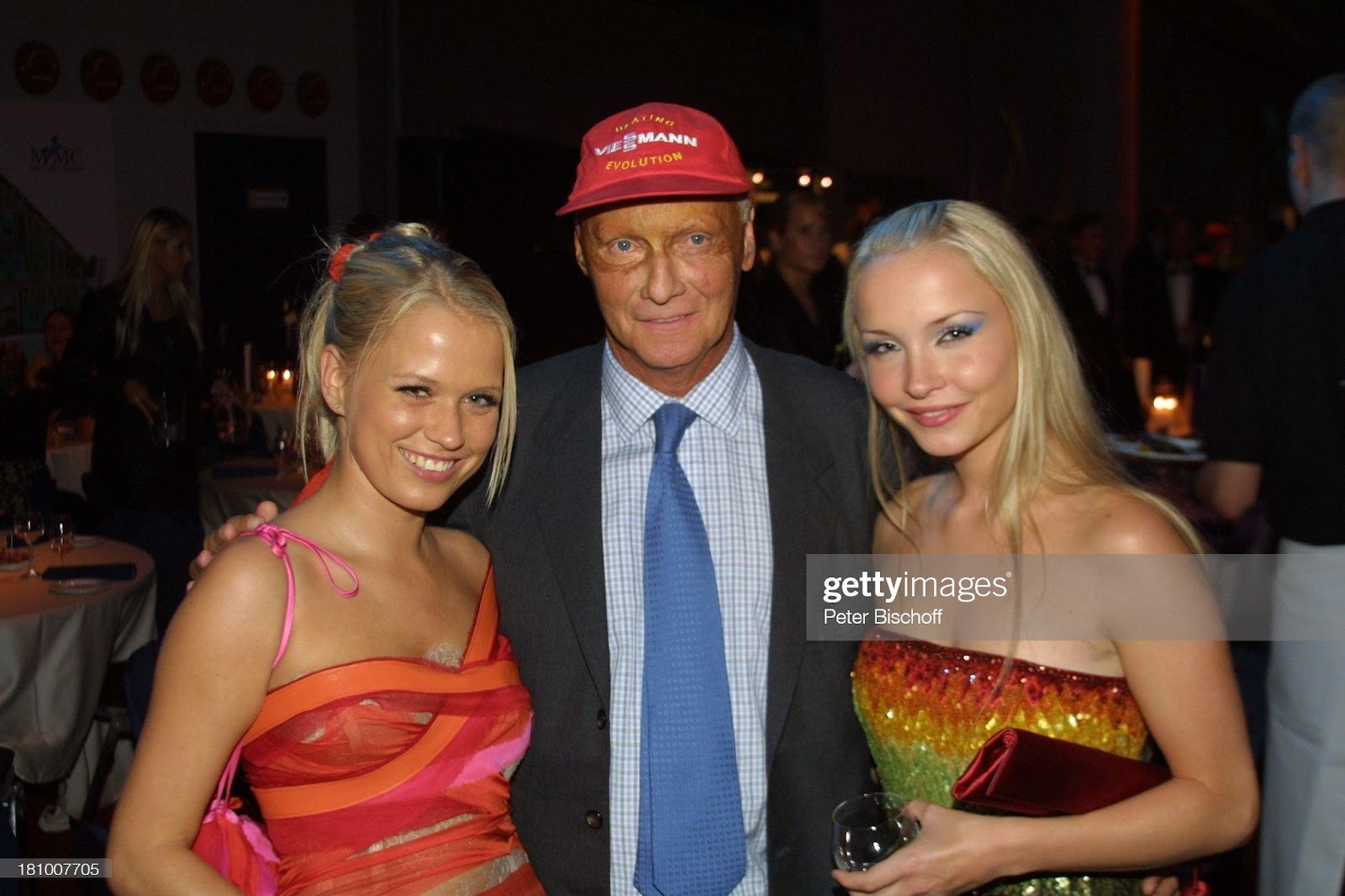
Niki Lauda with Nova Meierhenrich (moderator) and Janine Reinhardt (right, moderator), after-show party, awarding of the 'German TV Award 2003', Cologne, 27.09.2003. Photo by Peter Bischoff/Getty Images.
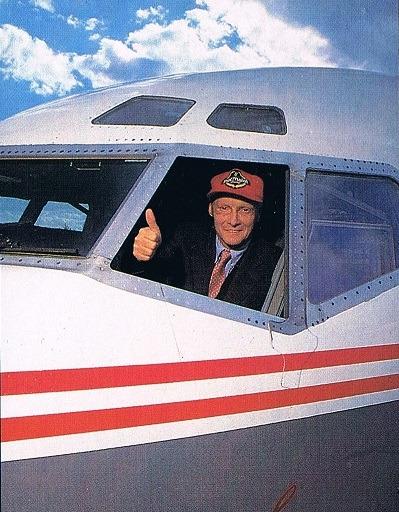
Lauda waving from the cockpit after a successful test flight with an A320 at Salzburg Airport in Austria in 2010. Credit: Barbara GindlEPA, via Shutterstock.
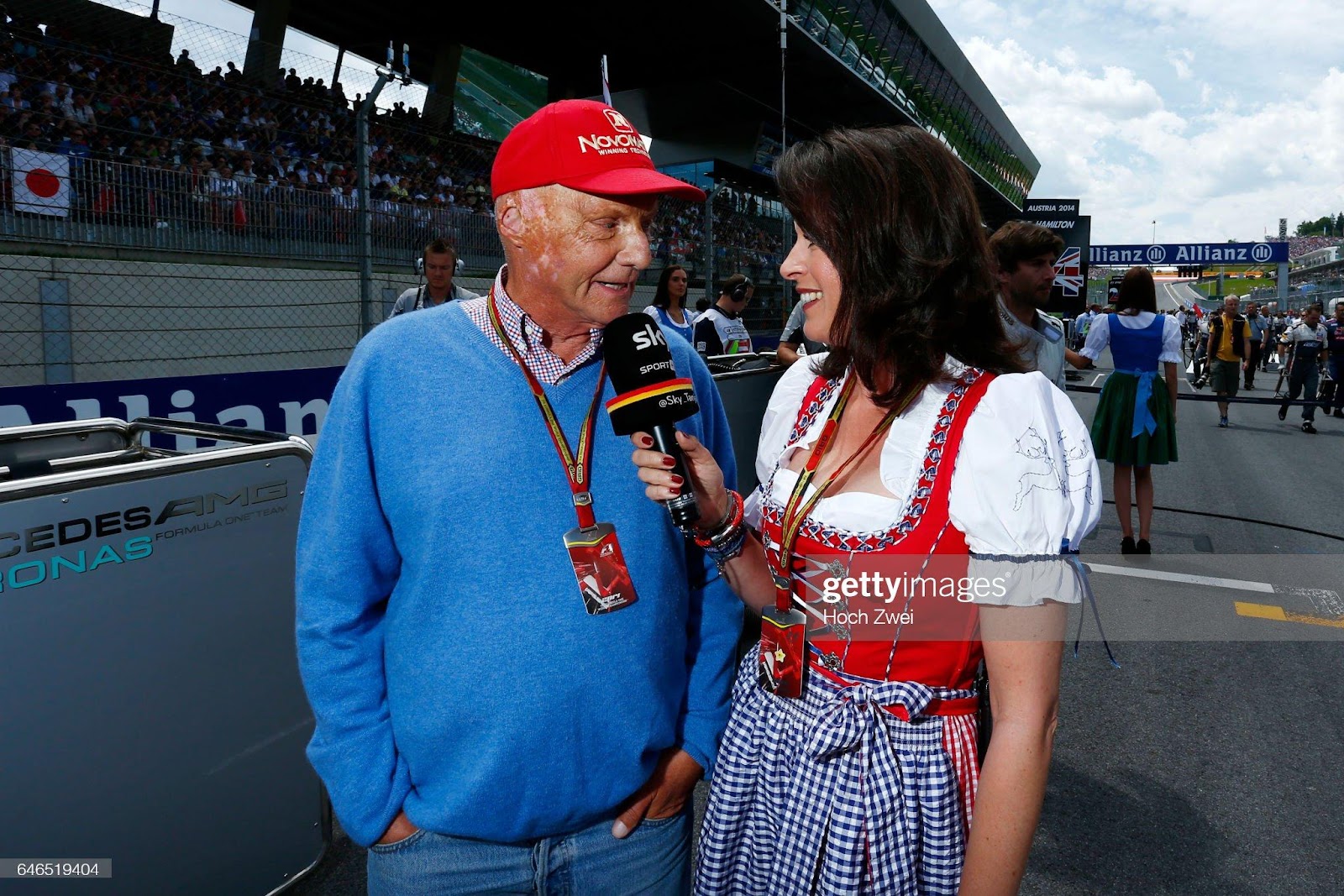
Niki Lauda, Mercedes AMG Petronas F1 Team, with Tanja Bauer, Sky, at the Austrian Grand Prix on June 22, 2014. Photo by Hoch Zwei/Corbis via Getty Images.
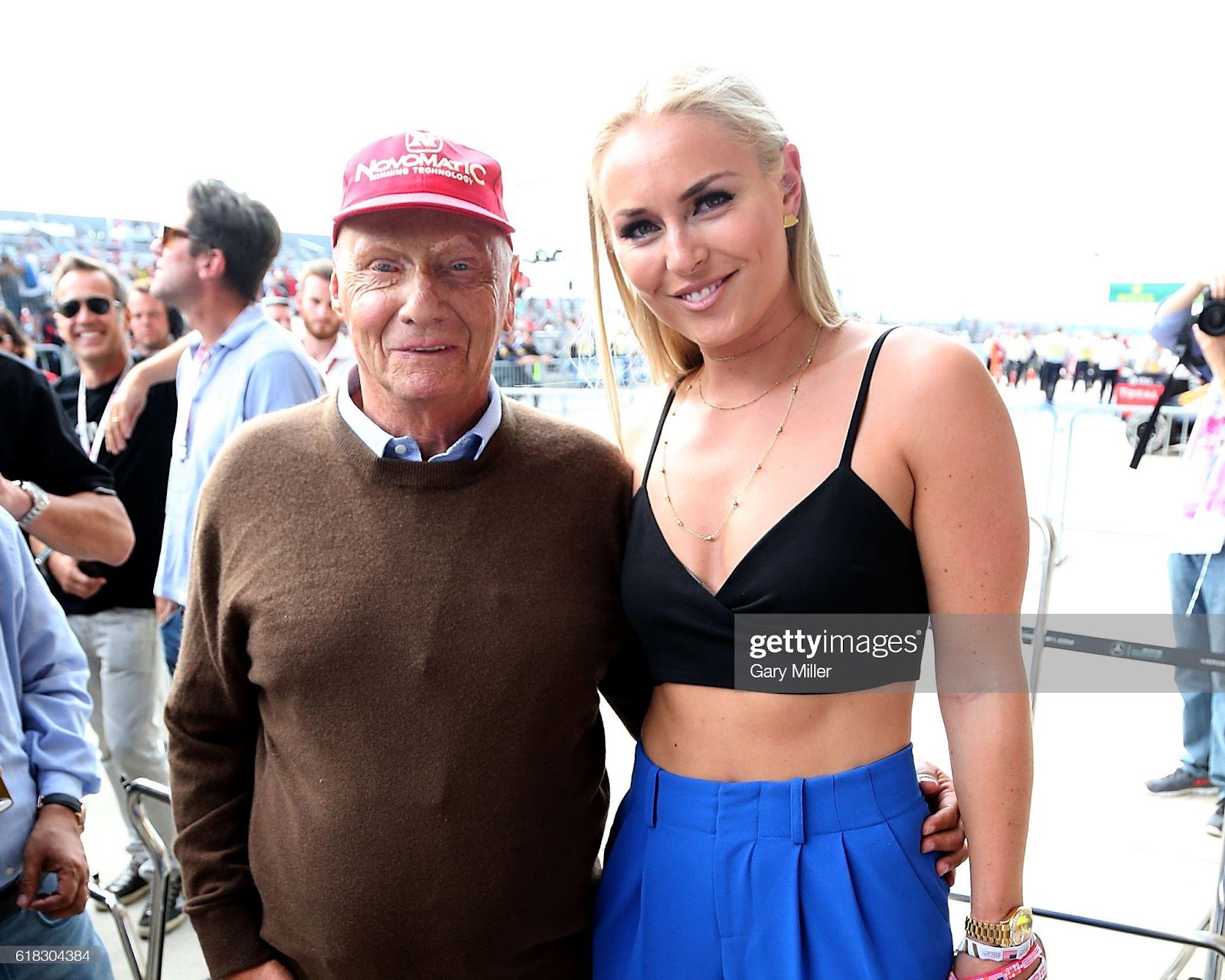
Lindsey Vonn and Niki Lauda attend the U.S. Grand Prix F1 World Championship at Circuit of the Americas on October 23, 2016 in Austin, Texas. Photo by Gary Miller/GC Images.
Niki merged with Air Berlin in 2011 and, in 2016, he took over another charter airline, calling it Lauda Motion.
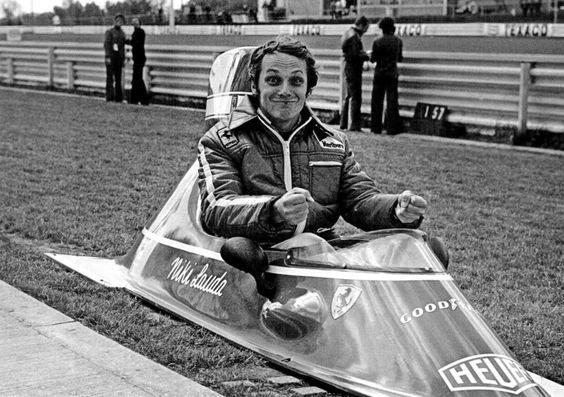
For many years he was a commentator on German television for Grand Prix races.
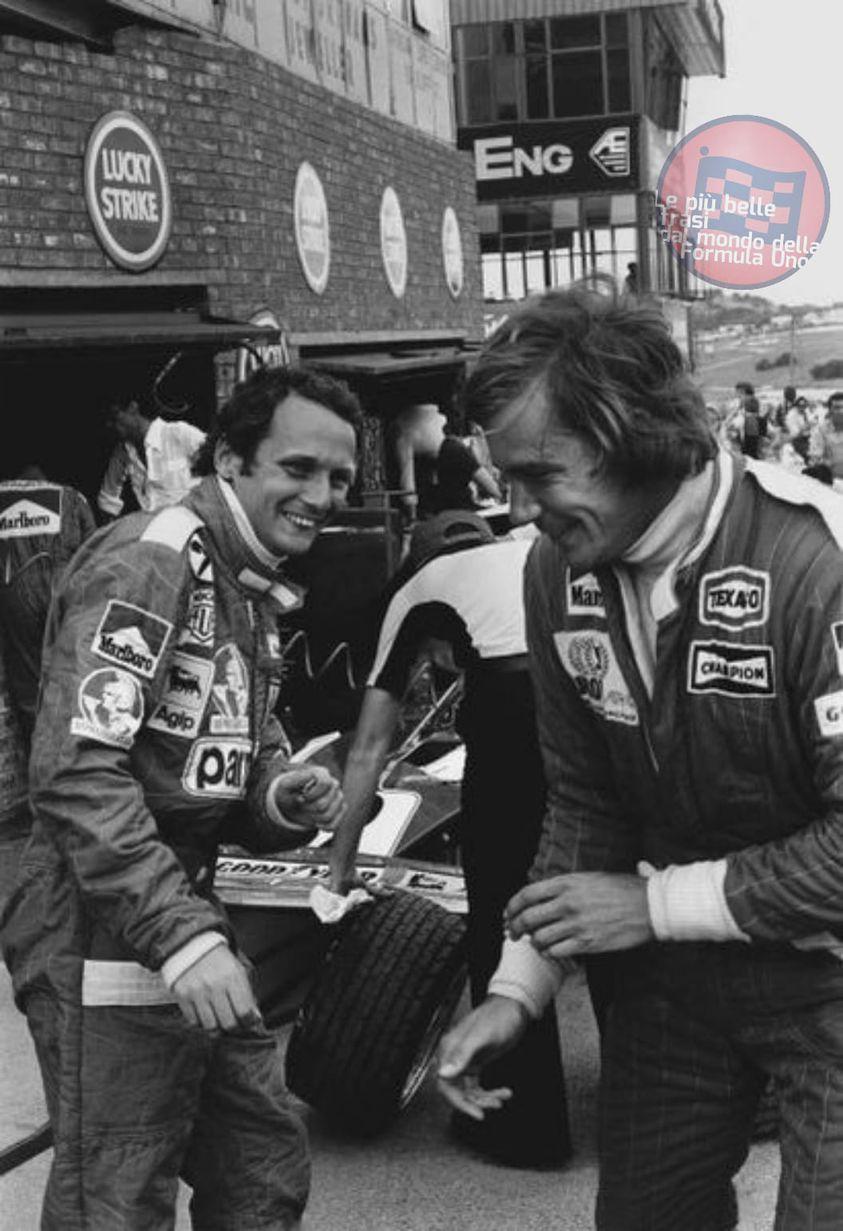
Niki Lauda and James Hunt.
Ron Howard’s 2013 biographical sports film, “Rush,” portrayed the 1976 Grand Prix season rivalry between Lauda (played by Daniel Brühl) and James Hunt (Chris Hemsworth). The film grossed nearly $100 million at the box office.
“Mr. Howard doesn’t just want you to crawl inside a Formula One racecar,” Manohla Dargis wrote in a review for The New York Times, “he also wants you to crawl inside its driver’s head.”
Lauda praised the film, whose exhilarating race sequences were shot on location at German and British racetracks, as a “very accurate” drama.
Correction: May 21, 2019
An earlier version of this obituary misstated the number of finishers in a Formula One race who are awarded points toward winning a world driving championship in a given year. Though it is true, as the obituary stated, that points were awarded to the top six finishers when Lauda was racing, today points are given to the top 10 finishers.
Correction: May 23, 2019
An earlier version of this obituary misstated the results of the 1977 Formula One world championship. Lauda defeated Jody Scheckter by 17 points; he did not defeat James Hunt by a single point.
Videos


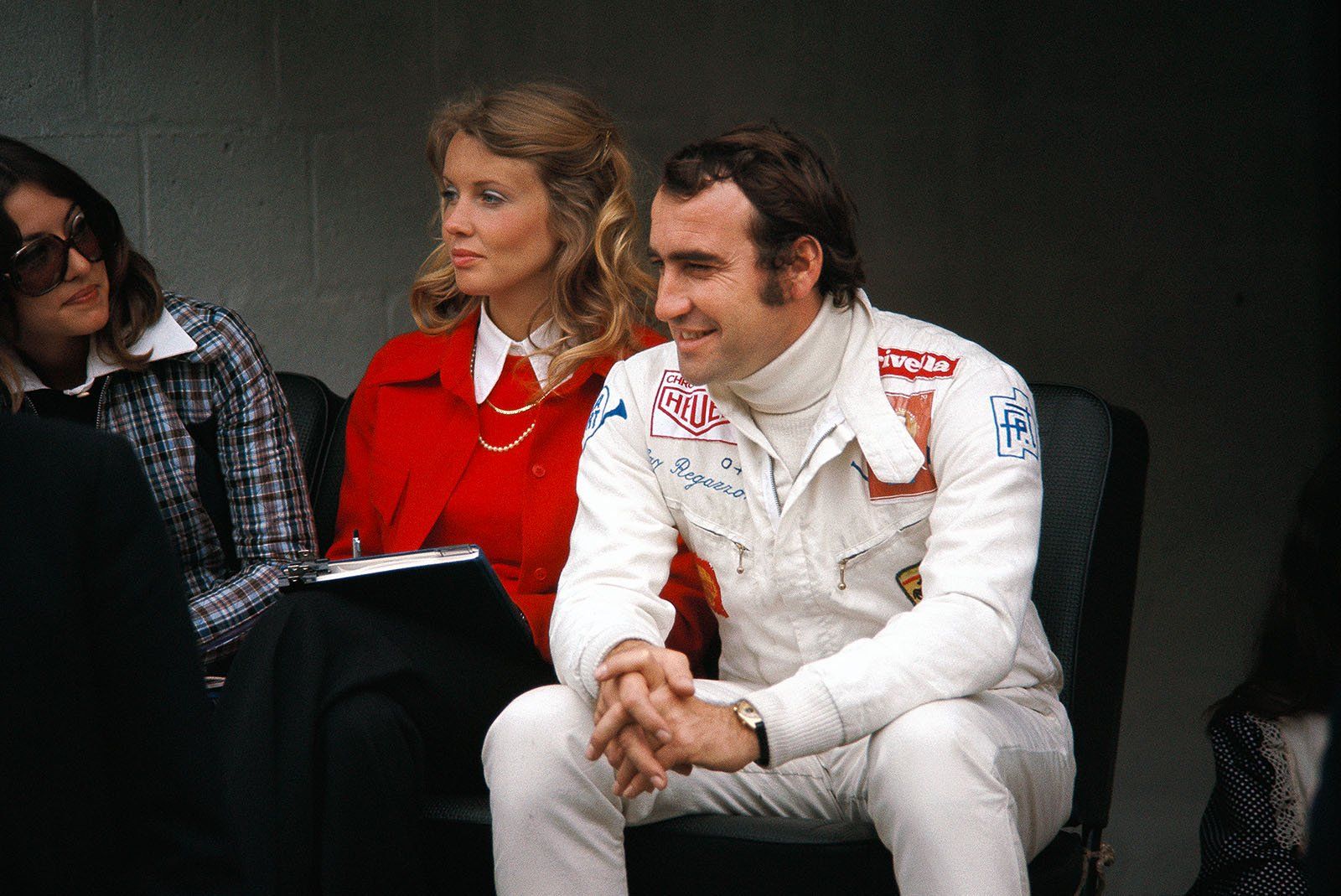
Comments
Authorize to comment